|
This cake is the quintessential German sheet cake. When the Zwetschgen are in season, you will find this cake in every bakery. It is always made with Italian plums, or Zwetschgen, as we call them in Germany. Read more about the Zwetschgen here where I posted a delicious cake recipe for them. For this recipe, I decided to try a different dough using yeast, which is the traditional way in Germany when baking Zwetschgenkuchen. It is customary to bake the Kuchen on large baking sheets. The dough is drier and uses only 3 tablespoons of sugar. Think of pizza dough. My husband says this is not a Safeway cake (which is his favorite), it is dense and heavy, but tasty. He approved after all. (He has to.) There are many different recipes, but I decided to use Luisa Weiss’s recipe from her Classic German Baking book. She did all the homework for me adapting the sheet cake to American ingredients. Thank you Luisa! By the way, if you enjoy German sweets, this book is fantastic. Luisa’s recipe only uses one half-sheet which will make enough for 10-12 pieces. That’s great, because this sheet cake is best when freshly baked and still okay on the second day. It tastes twice a good with whipped cream. Don’t skimp on the plums (you barely want to see the base of the cake). The next time I bake this cake, I will use more plums and maybe a little more sugar and butter. The streusel adds sweetness and richness. My godmother, a gifted baker, would often bake the cake with a custard on top. I loved that. Try omitting the streusel and sprinkle some sugar over the plums before baking it. Then you could call it a plum pizza. Please, try this cake with whipped cream. It makes all the difference and elevates this cake to a different level. Ingredients: The Dough: 7 ounces (200 g) all purpose flour, more for kneading 3 TBS sugar 1 tsp. Instant yeast ½ tsp. lemon zest pinch of salt 3 TBS (40g) unsalted European butter 1 egg yolk The Plums: 2 -2 ½ pounds Italian plums The Streusel: 4.2 ounces (120 g) all-purpose flour (about a cup) ⅓ cup (70 g) sugar ½ tsp. cinnamon pinch of salt 5 TBS. (70 g) unsalted European style butter, softened Directions: Melt the butter and let it cool. Bring the milk and egg yolk to room temperature. (Milk should be warm to the touch). Line a 9 x 13-inch metal baking sheet with parchment paper, letting the sides hang over the edges. In a large bowl, stir together the flour, sugar, yeast, lemon peel, and salt. Mix in the butter, milk, and egg yolk. Once the dough is formed, dump it on a floured work surface and knead it for 5 minutes. It should be silky smooth. Add a little bit more flour, but not too much. The dough should still be soft and slightly floppy. Form the dough into a ball and place in a buttered bowl. Cover the bowl with a dishcloth and place in a warm, draft-free location for about an hour, or until the dough has doubled in bulk. Preheat the oven to 350˙ Fahrenheit (180˙C ) Prepare the topping, halve and pit the plums, then quarter them. For the streusel, mix together the flour, sugar, cinnamon and salt in a bowl. Cut the butter in cubes and add to the flour mixture. Using your fingers, rub the butter into the flour mixture until you have bean-sized streusels. Cover and refrigerate the streusel mixture until ready to use. Gently deflate the dough with your fingers and push it evenly to fit the pan, creating a 1-inch edge. The rest of the dough should be about 1/8 inch thick. Starting at the edges, push the plums skin-side down into the dough. The plums should be snug together so that no dough is showing. Sprinkle the streusel evenly over the cake. Bake the cake on the middle rack of the oven for 40-45 minutes or until the crust is golden brown and the edges of the streusel are turning colors. Cut this cake into serving pieces. It is best served the same day or the next. It tastes great when it is still warm, smothered with whipped cream. Guten Appetit! Recipe by Luisa Weiss Posted by Sunnycovechef.com Here are some more of my plum recipes. This plum tart has a buttery crust . Click here for the recipe. Marian Burro's recipe for plum cake was printed in the New York Times for years. Click here for the recipe MY favorite recipe for spiced plum butter. We call it Zwetschgenmus in Germany. Click here for the recipe
12 Comments
Christmas and the New Year are just around the corner. Since we can’t have our usual Christmas activities with friends and family maybe this is the time and the year to enjoy some peace and quiet, to be reflective, to light a candle and find things that make us happy. I am trying! I am decorating the house for myself (my husband and son could care less) by putting up a few things that weren’t stored in the attic. I bought some new things at a local store just to support them. Several nights ago, I watched the sunset with my German girlfriend who lives next door. We shared some Glühwein (mulled hot wine) and we had fun sitting in her garden. I am trying out some new cookie recipes and was pleased with these apricot chocolate biscotti. It is a real treat to dip one of them into my morning coffee or afternoon tea. The biscotti are chewy with the fruity flavor of apricots and orange flavored semisweet chocolate. I am happy to add them to my baking arsenal and make them again. These little gingerbread house ornaments make a great project for children. A warning though, cutting the graham crackers for the tiny house ornaments can test your patience. I am contemplating making my French country pâté, giving a little to my friends and freezing some. Instead of taking it to a party I can have it for lunch. If you are looking for cookie recipes, here some suggestions: gluten free hazelnut meringue cookies, or Basler Brünsli, made with chocolate, almonds and some Christmas spices. My mini muffins with blueberries are a little labor intensive but oh so good. They are my son’s favorite. For this recipe I used unsulfured dried apricots that were soft. I love orange flavored chocolate but any other semi-sweet chocolate would be fine. Both, the butter and the eggs should be at room temperature.The biscotti are easy to make but it takes some time to bake them twice. Make sure you don’t burn them. If you want more chocolate, dip one half of the biscotti into melted chocolate. I didn't do that. They will keep in a tin for several weeks.
I know I’m overdue to write a new post for my blog. I have many excuses why it has taken me so long: the California wildfires, an unexpected medical diagnosis, as well as my friends, house, and garden all needing attention. What it really boils down to is major procrastination. It’s not that I haven’t anything to post, as I have cooked many meals in my partially remodeled kitchen. I love my new countertops, my new sink, and my pull-out drawers. I made some delicious beef short ribs with cauliflower gratin for a friend who just moved back into her house after evacuating from the Bonny Doon wildfire. The fire had burned her fence and woodpile, but left her house intact. She had hitched her horse trailer in the middle of the night to save her horse and donkey. I had several other friends who had to evacuate, but luckily nobody lost their homes. So, let’s get back to my kitchen and cooking. I made different recipes with zucchinis and yellow squash from my garden. My favorites are zucchini cakes and zucchini carpaccio. The recipe for the cakes are here and the carpaccio is easy to make. Slice a small yellow squash with a mandoline, put them on a plate, sprinkle some raspberry vinegar and good olive oil over the squash. Put it on a bed of lettuce if you like. Season with coarse salt, pepper, and some fresh thyme and you have a great salad. Now you can add whatever you want. For my book club dinner, I went all out. I served my over-the-top crepes filled with salmon and fennel. It was delicious and everybody enjoyed the alfresco dining on my outdoor deck. It was a gorgeous evening and we didn’t talk a lot about books. We just enjoyed each other’s company, one of those rare treats in these times of COVID. There were only five of us, which made it easier to keep the 6-foot distance. For dessert, I decided to make a French apple cake by Dorie Greenspan from her book Around My French Table. David Lebovitz adopted and posted the recipe on his blog, which I really enjoy reading. He now lives in Paris but used to be the baker for Chez Panisse in Berkley. It's a delicious and easy-to-make recipe. I have made it several times and everybody sees to enjoy it. Please do not omit the rum in this recipe, as it what really makes the cake. Because I didn’t have any rum, I used some of the liquid from my Rumtopf (fruit preserved in rum). In my humble opinion, this cake needs to be served with some whipped cream. Click here for the recipe Of course, there is always my German Apple cake which I have baked for decades. Click here for the recipe. Do not omit the rum, as it adds richness and flavor to the cake. But if you do not want to bake with alcohol, double the amount of vanilla. Epicurious is posting the same recipe calling it Marie-Hélène’s Apple Cake. There are many helpful comments on the post like substituting calvados for rum. I am going to stick with the rum but it would be interesting to find out. This is a beginners cake, so anyone can bake it and it is done in no time—perfect for the home cook. It is important to use a variety of apples for flavor and taste. I like playing with recipes, so I added my own twist. I used the apple peels to make a thick syrup that I added to the cake after it was baked, which is totally optional. Recipe for French Apple cake
Here we are, Labor Day has passed, summer is almost over. Recent weeks have been devastating for Santa Cruz County and California with huge fires burning and thousands of people evacuated. Many people lost their homes and all their belongings and some lost their lives. My heart goes out to all of them. For a couple of days Santa Cruz had the worst air quality in the world. My husband and I decided to go to our mountain cabin. I packed some personal stuff, just in case. I also took one of my favorite cookbooks called Chez Panisse Fruit by Alice Waters that had not been packed away during my remodel. From this book I would like to share a scrumptious recipe for a blueberry lemon tart. I have made many recipes from this book and have never been disappointed. I make her apricot jam every year and never get tired of it. I like everything about this book, the recipes, the layout, and the illustrations. I also have been fortunate enough to eat at Chez Panisse in Berkley many times. Alice Waters is a great cook and shares her talent with children and young adults, which I think is wonderful. She was a pioneer in the farm-to-table movement. I baked the lemon tart twice, once in the first week of August and then again last week. Even my husband who usually goes for the sweeter versions when it comes to dessert liked this tart. The flavors in this tart are phenomenal, with the crispness and rich butter flavor of the páte sucrée, and the sweet tart flavor of the blueberries combined with the zesty lemon curd. It is a perfect combination for your taste buds. If you bake this, I hope you enjoy this tart as much as we have. If you are interested in some different lemony or blueberry desserts click on the photo for my blogpost and the recipe. The pâte sucrée is easy to make. I baked mine a day before I added the filling. You might have some leftover dough, which you can be used to a cookie a cookie or two. If you have enough you can make a mini tart. The eggs and butter should be at room temperature. You can use an 11-inch round tart pan with a removable button or 8 individual 4-inch tart pans. I think this tart would also look good in a rectangular tart pan. The dough is easy to work with. I think frozen blueberries would be fine in this recipe.
My dear blogging friends from around the world, I want to thank you for connecting with me through my blog for the last seven years. It has been so much fun getting to know you and I appreciate how you motivate me to keep on going. While I sit at my computer, I think of you in your own individual spaces. These are lonely times, especially for older people like me. Because of COVID, we have to distance ourselves and can’t socialize the way we used to. That’s why this blog is so important to me, as it keeps me connected. Thank you! This last month has been a very busy one for me, as my husband and I finally found a contractor whom we like and appreciates our unique home. After I broke my ankle in Budapest (and made it home safely), I realized that my bathroom situation needed a change. As I was unable to take a shower in my upstairs bathroom, I had to slide downstairs on my butt using my arms to push me up and down. Upstairs, I had a beautiful tub-shower combination but I had to step over a 20-inch ledge to get in and out. Right now, the workers are building a shower that will enable us to stay in our home of 35 years a little longer. I also decided to give my well-used kitchen a facelift by putting in a new countertop and backsplash, as well as some other improvements like pull-out shelves in my lower cabinets. During this construction project, my husband and I have moved into our downstairs living quarters. It is comfortable and cozy, but we only have a hot plate and a microwave to cook with. Sometimes in the evening, I can sneak upstairs and use my oven. Because of that, my cooking has been simple and there has been quite a bit of takeout food. My friends have also cooked for me, but we are at the age where we have to be careful not to catch this nasty virus. So, almost all of our get-togethers occur outside. Let's talk about my beloved Rote Grütze, a typical German dessert from northern Germany. There you can buy it in jars in almost every grocery store. You cannot buy it here in the US, but that’s OK because it is super easy to make. It’s healthy and a perfect way to use all the fruit you have in your garden or the refrigerator. Traditionally, it is made with red currants and other berries. Here in California, red currants are seldom available, so I made mine with cherries, blackberries, blueberries and a few raspberries. Since the fruit is only heated and not cooked, it is crunchy and fresh. Rote Grütze translates into “red porridge.” It was traditionally made with semolina, but today potato or corn starch is being used to achieve a creamy to pudding-like consistence. Think of a jelly with fruit. Or a compote. I personally like it with my homemade vanilla sauce, because the sauce adds richness and flavor. However, some people eat it with yogurt or ice cream. There are cakes made with Rote Grütze in Germany and sometimes it is served over warm waffles. Why not serve it with pancakes? If you make this, I hope you enjoy it as much as I do. Last week at the farmer’s market I scored 2 baskets of red currents and I just had to make Rote Grütze again. It was divine. With the leftover red currents and other fruit I made my Rumtopf. The one I made last year was delicious with ice cream or just by itself , a potent little treat. The consistency is up to you depending on how much cornstarch you use to thicken this dish. The first time, I used 3 tablespoons of cornstarch and it came out soft and saucy. The second time, I increased the amount of cornstarch to 3 ½ tablespoons and it turned into a jelly with fruit. I definitely prefer the softer version and that’s how it is prepared in Germany. I used pitted cherries, blackberries, a few raspberries and some blueberries. When I scored red currents at the farmers market I made it a third time. I used the red currents, raspberries, strawberries, blackberries, and cherries and three tablespoons of cornstarch. It was excellent. Rote Grütze will keep in the refrigerator several days .
My lemon trees in my tiny little yard are my treasures. I love their aroma and love their flavor. Every year I try to write a new post on my blog with a new lemon recipe. I remember the year all my lemons were stolen . It was so sad. This year I had a bumper crop that I shared with friends near and far. I sent off some boxes to friends on the east coast. I don’t mind sharing as long as they are a few left for me. I asked for new lemon recipes on a Facebook site I belong to and the response was amazing. I got over three hundred responses with a lot of wonderful new recipes. Thank you to all of you. I will share two new recipes here and save the Facebook post so I can try some amazing looking recipes later. I am a little pressed for time because I am leaving for a trip to France in two days where I will cook my heart out in a very special kitchen. If all goes well I will tell you about it later. I made Limoncello and lemon curd. The curd is delicious and easy to make if you have a Vitamix. This is the first time I made limoncello and after reading more about it I don’t think that it is authentic, but again it was easy to make and I had a little taste today. Not Bad! I also made 6 jars of preserved lemons. I must say I had a production going and loved it because I was in my element.
You have all heard of the famous German cake called Black Forest Cake, a chocolate cake filled with cherries and whipped cream. In Germany it is called Schwarzwälder Kirschtorte. I had my share of it when I lived in Germany. My godmother, who was an excellent baker, made an awesome one. Somewhere I have her recipe, I think! But in the meantime and with Valentine’s Day just around the corner, I found a much easier German recipe for chocolate mousse with cherries. How good is that? You can whip this up in no time and end up with a memorable delight. This is not a sweet dessert, it has no added sugar and it is made with a few ingredients that I got at Trader Joe’s. It needs some good chocolate, heavy cream, frozen cherries, cherry marmalade and Kirsch liquor or Kirschwasser as we call it in Germany. I upped the ante by adding some fruit from my Rumtopf, which turned it into an adult dessert for my book club meeting. Remember my Rumptopf I made last summer by preserving fresh fruit in rum. I was a great success, we enjoyed it over the holidays and I gave some jars to my friends. Next year I am making it again when cherries are in season. Cherries were my favorite fruit in the Rumtopf. Let’s get back to my mousse that I am leisurely nibbling on while writing this post. Like I said before, it is not sweet but it is rich and chocolatey. The cherries with their sauce add a fruity crunch to the mousse. A little bit of this dessert will go a long way. If you make this I hope you enjoy it as much I did. For my book club dinner I made my Italian crespelle (crepes) stuffed with fennel and salmon in a white lemony sauce. Life is good when I am in the kitchen. This mousse is made in no time, yet it is perfect for any dinner party with its rich chocolate flavor being complimented by the cherries and the sauce. Depending on the portion it will serve 6-8 people, maybe more. It is rich, so a little bit goes a long way. This is a great dessert to make ahead. My husband and I enjoyed it for several days.
When I see plums I always think of the Italian prune plum tree we had at our farm in Germany where these plums are called Zwetschgen. When the fruit ripened in mid September we would make Zwetschgenmus (plum jam) and everybody baked Zwetschgenkuchen on large trays. They dough was usually a yeast dough with different toppings for the plums. My favorite was a custard topping which is called Schmandkuchen. One day I would like to bake it in my village and get advice from all those old cooks and bakery friends. In the meantime I found this wonderful recipe on YouTube that is easy to make and all my American friends liked it. The shortbread dough is used for the crust and the streusel. The Zwetsche , a European plum ( Prunus domestica) has many different names, in France it is called quetsche, here in the US they are called Italian Prune Plums and sometime Empress Plums. These plums are small and dense with purple skin, easy to pit (freestone pits) and have yellow flesh. There is something magical that happens to this egg shaped, somewhat bland tasting Italian plum when you bake it, it becomes a sweet gooey delight, in cakes, in jams, and dumplings. As was the case with my cake. I am writing this while eating small slivers of this tasty treat. My doctor tells me to stay away from sweets and I do most of the time but there are times when these rules don’t apply. This cake brings back memories from my childhood in Germany, where Zwetschgenkuchen was a seasonal treat . My mother liked the simple version, adding plums with a little bit of sugar to a sheet yeast cake. Sometimes she splurged and put a custard on top of the cake. I remember stuffing myself and being told to share. My friend, aunt Frieda, that lived on the next farm made the best sheet cakes ever in a wooden pizza oven where she also baked her bread. I would sit on her wood box watching her cook. Oh, those childhood memories. Some more of my recipes using plums. The plum jam is tart but full of flavor. It's baked in the oven so you don't have to sweat over a hot stove and there is no stirring. Click on the photos below for the recipe. Here is the link to the YouTube video where I found this recipe. It's in German but Thomas speaks very slowly and it is fun to watch him make the tart. I think this would be a great project for young cooks. When buying Italian Prune Plums get the hard ones, some of the soft ones will be rotten inside and always buy more, just in case. These plums don’t have a long shelf life, that’s why a lot of stores don’t carry them.You can use another variety of plums if you are unable to get Italian plums.
I was looking through my Christmas baking folder for some inspiration (which I need desperately these days) and came upon a recipe from a 2002 Gourmet magazine issue. I had written “excellent” on the recipe. Last year, I made a a similar cookie recipe from Luisa Weiss’s Classic German Baking called Baseler Brunsli (click here for the recipeBaseler Brunsli). Both these cookies belong to the family of Lebkuchen. You can find many different recipes for Lebkuchen throughout the German-speaking countries. Lebkuchen is a blanket term for German gingerbread, and this particular recipe is a smoother and more cake-like version, with a hint of chocolate, hazelnut and almond too. I love them because they are not overly sweet, but my American family is not a big fan of this tasty treat. They will go for the sweeter shortbread, sugary kind of cookie. That’s why I bake a variety of different cookies, put them in my tins and have one I like in the afternoon with my tea. I baked these cookies because they remind me of the German Elisenlebkuchen, a treat from the German town of Nürnberg. Traditionally, they are baked on wafers and covered with either chocolate or a powdered sugar icing. I didn’t add the wafers and the icing, which makes them less sweet and easier to bake. I also liked the combination of ground hazelnuts and almonds. Instead of chocolate, this recipe uses unsweetened cocoa powder. Like all Lebkuchen recipes, these cookies improve after being stored in a tin for a few days or weeks. They are soft and chewy, and should not be stored with other cookies. This year will be a special Christmas because my niece and her husband are visiting from Germany. It doesn’t happen very often that I get to celebrate with my German family and it is always very special to me when they come to my home in California. So, I am baking and decorating as much as I can. Check out my post from 2016 with most of my family’s favorite cookie recipes. (click here) If you feel like a savory treat for the holidays, try my country pâté. It’s a great party pleaser.(click here ) My dear readers, I wish you all a peaceful holiday filled with good food and surrounded by people you love. May the stars shine upon you and may your home be filled with warmth and good cheer. Fröhliche Weihnachten and best wishes for the coming year! This is a soft, chewy cookie that will improve with age. Store them in a tin box between wax paper. For the nut flour, use roasted and peeled hazelnuts and peeled almonds.
Fall has arrived and I have been happily cooking away in my kitchen with my new-found treasure Zwetchgen, a small unassuming purple plum that is called Italian plum in this country. In their natural state these plums have very little flavor and taste bland—but once baked, they transform into a treat , perfumed, tart, and sweet. I made several batches of my plum butter and I am thrilled to have them in my pantry (garage). The flavor is amazing, rich and earthy. But I also made several cakes. Every September, from 1983-1989 the New York Times printed Marian Burros’ recipe for plum torte. Here is a link to the recipe (and I love reading all the comments). I have made this cake twice now, and have adjusted the recipe to my taste. I also baked a tart with a custard that my Swiss friend made for me in Switzerland. It was delicious and I hope to post it one of these days. My French girlfriend made a tarte aux quetsches, unfortunately I didn't get to taste it. Zwetschgenkuchen in Germany is usually baked with a lot of plums and a yeast-based sheet cake. Marian Burros’ Plum Torte recipe is a no-fuss, easy-to-make dessert. It is similar to other cake recipes with fruit that I have made many times. My tasters approved, but my fussy husband thought it was a little dry. I also like using plums for my galette. Click for the recipe here. The original recipe called for a cup of sugar. I only used ½ cup, but to make up for the lack of sweetness, I sprinkled the top with 4 tablespoons of turbinado sugar that gave the cake a crunchy crust. Apparently, this cake freezes well when double-wrapped in foil and placed in a plastic bag. But I have not tried this. If you want to be fancy, you can grind the lemon zest with the sugar in a food processor.
Five years of blogging. It is unbelievable how time flies. Wasn’t it just yesterday that my girlfriend took me to a local bookstore to hear an author read about cooking and living in Berlin. When the evening was over, I was mesmerized. The book was My Berlin Kitchen, and the author was Luisa Weiß, who also has a blog called The Wednesday Chef. Even though she is much younger than I am, there are many things she wrote about that I can relate to—her love for Berlin and German cooking comes through loud and clear. Click here for the crêpe recipe Me, blogging? I never would have considered blogging myself, but I did. And now it is a part of my life that gives me great pleasure and deep satisfaction, not to mention the many virtual friends I have made in the blogging world. Most mornings I read new posts from all over the world, which leaves me feeling connected and freed from the worries of my life. Thank you, my friends, for encouraging me and sharing your lives with me. Click here for the quesadillas post At one point, I was thinking about redoing my website, but I didn’t. Maybe if I find the right person to help, I will make some necessary changes. But right now, I am happy with what I have. I continue to be amazed at how many thousands of people visit my little blog. It makes me a bit more careful and I do worry about the mistakes I make. Click her for the warm goat cheese and roasted garlic dip. When I started this blog, one of my goals was to organize my recipes that were often on scattered pieces of paper with scribbled notes, full of ingredients and additions to the recipe that were difficult to decipher. Now I am able to quickly pull up a recipe when I need one. I like that very much, as it takes the guesswork out of cooking the recipes I use most. One common thread that runs through my recipes are that my desserts are not overly sweet. I cut down on the sugar as much as I can. I love sweets but my body doesn't, it's not fair. Many of my desserts have nuts in them. Anything with chocolate improves my day. Click her to visit my chocolate tart post I love different flavors in my main dishes, and there is always some sort of sauce in my fridge. Whether it’s a Romnesco or a green sauce, vegetables are usually the main ingredients. I love trying new flavors and ingredients. I don’t like my food to be boring. Click here for my Schnitzel bonanza Thanks to all of you for showing an interest and connecting with me through my cooking and Wanderlust blog. I enjoy the company and hope that I am able to share tidbits of my life, my cooking, and my traveling a little while longer with you.
Gerlinde aka the Sunnycovechef Those of you who follow my blog know I love apricots. I love to bake with them, make dumplings with them, and my apricot jam is an all-time favorite among my friends and family. The year is 2018 and it has been apricot season for several weeks here in northern California. My friend at the farmer’s market sold me some delicious apricots. But not a whole crate like I used to get from a fruit stand in the Central Valley of California. But it was enough to have a week of apricot bliss. My goal is to add a new apricot recipe to my blog every year. Originally, I had planed to make an Italian roasted apricot ice cream recipe I saw in a magazine called La Cucina Italiana. Unfortunately, I can't find the recipe. This is one of the reasons I have my blog, so that I always have access to my favorite recipes. I think of it as my own personal cookbook. I do like the apricot sorbet I am posting now. It’s easy to make and captures the flavor of apricots in a delicious way. Like most of my desserts, it is not too sweet, but the fruity tart flavor is a great substitute for the lack of sweetness. The apricots are roasted whole and the extra dried apricots contribute more flavor and sweetness. Every year, I make apricot jam. It is a recipe from Alice Waters' beautiful book Chez Panisse Fruit. I tweaked the recipe for the jam, which I use when I bake, over ice cream, and perhaps a spoonful all by itself. It is absolutely divine, click here for the recipe With my surplus apricots, I made a delicious galette using my blueberry galette recipe. It uses almonds in the dough and for the bottom of the crust. This is an easy recipe that can be made with different fruits such as plums, peaches and more. I happened to have some olalliebeeries that I added to my apricots. Click here for the recipe. My German apricot cake (Aprikosenkuchen} has always been well-liked and will be a real treat with the roasted apricot sorbet. The added marzipan in the cake really does the trick. This is apricot bliss! Click here for the recipe.
The original recipe from Gourmet peeled the roasted apricots and forced them through a fine sieve. I did not peel them or force them through a sieve because I used my Vitamix blender and made sure the apricots were finely puréed. You need an ice-cream maker for this recipe but if you don’t have one try just freezing it and let it soften before serving. I think it would work. The smell of the roasted apricots is amazing
For weeks, I have been obsessed with rhubarb and have been using it in different recipes (as evident in my last post). The more I play with rhubarb, the more fun I have. As a finale for this year's rhubarb season, I am posting my recipe for roasted rhubarb and strawberry ice cream. It took me several tries to come up with this recipe. The strawberry flavor dominates the ice cream, but there there is a hint of rhubarb when you eat it. It has a rich, refreshing taste full of flavor as it melts in your mouth. I hope you enjoy this special treat as much as I do. Just remember, it is not as sweet as most ice creams. I roasted the rhubarb following a recipe from The Spruce Eats. It only calls for 2 tsp of brown sugar and 3 tsp orange juice for each pound of rhubarb. I increased the amount of orange juice in my recipe to about ½ cup and ended up with a delicious tart compote, perfect for making ice cream. Here is the link to the recipe and some more information on rhubarb. Over the years, I have made ice cream and sorbet in my old, noisy ice cream maker that I bought 30 years ago. We keep it in the garage where it does a marvelous job of churning out special treats year after year. Homemade ice cream tastes best when it comes fresh out of the machine, but it is still good after several weeks in the freezer. Just let it come up to room temperature before eating it. Here is a recipe I posted a couple of years ago for lemon sorbet made with buttermilk and lemon juice. It is easy to make and a refreshing treat after a heavy meal. Making the base for this ice cream a day before will develop the flavors. Add more sugar if you want a sweeter ice cream. Here is a link to the rhubarb compote.
When I was in Germany I came across these interesting recipes that I would like to share with you. It’s a yogurt cream that you can also turn into a mousse by adding gelatin. As soon as I was back in my kitchen at home I started to experiment with these recipes and I am happy to say that I am now ready to post them. You can adjust this recipe to your taste by adding more sugar or lemon zest. It is made in minutes, just remember it is not supposed to be sweet. Surprisingly, my husband likes both recipes and he really has a sweet tooth. One night, my other testers preferred the cream. Of course, you can just make the compote and eat it with ice cream. Whatever you choose, I hope you enjoy this treat as much as I do. The rhubarb compote is sweetened with apple juice and some sugar. Once the rhubarb is cooked the liquid is reduced to a syrup. This is a light and delicious spring dessert. Rhubarb is a seasonal favorite both in Europe and North America. It is technically a vegetable, but is considered a fruit. Rhubarb stalks will show up in stores and the farmer’s markets from April to June. It comes in in different colors; the ones you find in a store are usually red, but it can also be pale green. It will taste the same despite the different colors. Rhubarb is extremely tart, and is normally cooked and often paired with strawberries or other fruit. Children in Scandinavia will dip the stalk in sugar and eat it raw. The leaves of rhubarb are poisonous, so don't eat them. Here are some more rhubarb recipes from my previous posts click on the images for the recipes This Rhubarb Strawberry Hazelnut Crisp is easy to make and I love it, especially with ice cream. And last but not least let's not forget Robert's delicious Rhubarb-Strawberry Pie If you decide to make the cream or mousse, use a good vanilla bean because that adds to the flavor. The secret to my compote is to drain the rhubarb juice once it is cooked and reduced to a syrup. This adds richness and additional flavor to the compote. I recommend doubling the rhubarb recipe. One recipe will make about 3 cups of compote. It will last in the fridge for a week. I used a smooth low-fat Greek yogurt that I buy at Costco, but you can use regular Greek yogurt to make it richer. Since I usually don’t drink apple juice, I bought a package of individual containers you put in your kids’ lunch boxes. You can eat the yogurt cream without any whipped cream, however, I think it needs some cream for a richer taste and to offset the tartness of the rhubarb.
There is nothing fancy about this peasant version of an apple or cherry cake, but you will enjoy every bite of it and not feel guilty. The apples are not thoroughly baked and the cake tastes like pound cake, although I am trying to make it more moist by playing with the recipe. You can enjoy it for breakfast or any time of the day. It is perfect for beginning bakers. If you don’t want to use apples, use cherries. Pitted Morello cherries in a jar can be substituted for apples. I tried frozen cherries but I didn't like them as much as the Morello cherries from Trader Joe's. This apple or cherry cake is not overly sweet with only ½ cup of sugar but is full of fruit and flavor. I have baked this cake many times and have never gotten tired of it. The recipe is from an old Dr. Oetker cookbook that I brought with me when I came to this country in the seventies. The Dr.Oetker brand is a 100-year-old family-owned business where you can find products like vanilla sugar, puddings or baking powder here in the United States. My very first cookbooks were three Dr. Oetker cookbooks. For my 16th birthday, my girlfriend Gabrielle, my mom and I made a cold buffet from the title picture of one of the books. I had promised my dad some leftovers, but there was nothing left at the end of the party. To this day, I wish I had put some food away for my sweet, hard-working dad, who will always be the love of my life. He was a gentle and loving man who was born into a horrible time in German history. He loved visiting me here in California and would have stayed longer if my mother hadn’t been homesick for her village. If you want a richer and pie like German apple cake try my Apple Strudel Cake If you measure the flour with a cup, make sure you add the flour by the spoonful and level it off with a knife. This will give you a more accurate measurement than scooping it out with the measuring cup, which compacts the flour. But you don’t need to do this with sugar.
This stunning dessert will dazzle your guests after a heavy winter meal—or any meal. Whole pears are poached in tawny port and cranberry juice with dried cranberries, fresh ginger, a cinnamon stick, allspice, and pink peppercorns to add flavor. The syrup alone is delicious over ice cream or just by itself. I enjoy desserts like this because they are refreshing, light, and make a great presentation. My memory of pears will be forever linked to my parents' huge pear tree in the chicken yard at our family farm in Germany. I don't know what variety they are, but it was my job as a child to collect them when they fell from the tree and feed them to the pigs. They were stone hard and had no flavor or taste. After picking, we put them on a rack in the fruit cellar and by Christmas, the skin was all shriveled up. But when my grandfather peeled them and handed them to us, we tasted the juiciest most delicious fruit. They had ripened in the cellar. Nobody would buy them today because of their appearance, but the taste was unbelievable. I used Bosc pears for this recipe, because they have an elegant neck and a nice stem. This is another old recipe from my beloved Gourmet magazine. I have made it many times over the years, and it always has been a hit. It’s delicious with whipped cream or ice cream. I should have posted this recipe a while ago, but my brother and his wife are visiting from Germany and I am happy being a hostess. They are enjoying the sunny California weather and the beautiful Pacific coastline. I often forget that I live in such a beautiful place. I am taking them to different beaches for walks and ocean views. Their favorite place is the beach at sunset. Having my family around me makes me happy. Here are two other pear desserts I love to make. One is a humble but delicious bundt cake and the other is a pear tart with an exquisite flavor and taste. Buy an extra pear (just in case) and make sure all of them have a stem and will stand up.
Read about my four-day trip to New York City on my Wanderlust blog. This trip was a spur-of-the-moment decision and I am so happy I went. I thought it would be nice to combine these two posts together. Ruth Reichl is the cook behind my turnover recipe. I have admired her recipes and books for many years, as I still treasure my old Gourmet magazines for which she was the editor-in-chief. But she also lived in California in her twenties and thirties. She wrote a touching story about leaving New York on the Fourth of July for her first experience teaching cooking in the Pacific Northwest for the June issue of Sunset magazine. Even though I never made turnovers before, I was smitten by the story and had to try them. I didn't change anything in the recipe, and enjoyed every bite reminiscing about the years back when we were all young. The photo of Ruth Reichl and her husband in the magazine capture the spirit of the times. This is an easy recipe. The only problem I had was putting the turnover together. I used a bowl to measure the pastry and a fork to join them. I also sprinkled the last batch with some turbinado sugar. I almost cut out the salt, but in the end I added 1 tsp like the recipe calls for.
There is nothing better than a ripe apricot—picked fresh from the tree and eaten right away. Dripping with juice, tasting intensely sweet with a tinge of acidity, eating an apricot is a truly sensual experience.. However, most of us will not experience this because today’s apricots are picked firm and then brought to the market. Most varieties grown today have little flavor, are usually pale, odorless and tart. If you want the old-fashioned apricots, look for Blenheims. This apricot got its name from the Duke of Marlborough’s garden at Blenheim Palace in England. Apricots were probably cultivated in China thousands of years ago. The Spaniards brought apricots to the New World and planted them in the mission gardens of California. If you are lucky, you can find Blenheims in the costal valleys of California. This year, I bought a crate (28 pounds) of apricots from one of the road stands in the central valley here in California. They were not Blenheims, but had been picked riper than the commercial kind. I don't know what kind of apricot I bought. They were okay, but I had bought a crate of apricots at the same farm stand the previous year and they were better. I put the apricots in a single layer in my cool downstairs bedroom and immersed myself into cooking them. Most of them became apricot jam. The jam turned out fabulously this year—smooth and velvety with a little crunch from the apricot kernels and texture from the skin. It was just the way we like it—sweet and tart at the same time. I would not omit the pits, as they really add a lot of flavor. For this years recipe, I used 10 pounds of apricots, 6 pounds of organic sugar, 16 cracked and roasted pits and 6 TBS of lemon juice. I was thinking about adding a vanilla bean or a cinnamon stick (or maybe some ginger), but in the end I did no such thing. I like my jam without any other flavors. The fruit itself is enough. My husband likes my cobbler, and I baked two while I still had apricots. I like my cobbler because I use very little sugar, but it tastes delicious. I made the same cobbler for the 4th of July using peaches, blackberries and a few leftover blueberries. I am very found of my German apricot cake with marzipan. It’s easy to make and a real treat for an afternoon tea. Or great for a picnic on a warm summer day. My all-time favorite treat during apricot season are apricot dumplings. In Austria, they are considered a meal unto themselves. To make these, you need quark, a German soft cheese. Whole Foods and Shopper's Corner in Santa Cruz now carries quark. While looking through back issues of my beloved Gourmet magazine from the month of June, I found a shrimp, jicama and apricot salad recipe. My husband loved this salad because it is crunchy, fresh and light. For me, the salad was a little bland, yet it was refreshing and elegant in its presentation. It is a perfect salad if you are counting your calories. I can imagine a salad like this being served decades ago in a fancy private club or hotel. Even though this is not my favorite salad, I decided to post it anyway.
This is a German strawberry cake that is easy to make and brings out the fruity flavor of strawberries. On my last trip to Germany I was invited to a birthday celebration of my mother's friend and neighbor, Helga. Our families have been friends as long as I can remember. As a child I used to visit them all the time, sitting in their kitchen and watching the women prepare food. I felt like part of their family. It was a peaceful household where I would go when when I wanted to be somewhere else. Helga was a good friend to my mother and visited her regularly and brought her food. My mom would always tell me on the phone that Helga had brought her some herring salad (one of my mom’s favorites), soup or whatever she’d cooked that day. I am so grateful for the kindness and caring she gave my mother. Helga’s husband, Willie, was my father’s friend and both of them farmed together. My father, a gentle and kind soul, mentored young Willie, who always liked to tease young girls like me. On warm summer nights, with the windows open, he and his friend would lull me to sleep by playing their violins, which made up for the teasing during the day. Let’s get back to the birthday party and the afternoon coffee and cake. In rural Germany a birthday party usually starts around four in the afternoon with Kaffee and Kuchen (coffee and cake). Later in the evening, a hot meal is served. Sometimes, a savory hot meal is served for lunch and then followed by coffee and cake. For Helga’s birthday, all her friends had baked a fancy cake for her occasion. Of course I had to sample each of them and they were all delicious. I managed to get some of the recipes and hope to post them in the future when I have more time—and strawberries are not in season. For this post, I chose a common German cake that can be bought in almost any German supermarket, already baked (like a piecrust in this country). I don't care much for the commercial variety, preferring to bake my own. These cakes are called Tortenboden or Obstkuchenboden (try to pronounce that!) which translated means “the bottom for a cake” like you would use for a strawberry shortcake. This cake has fluted edges and the bottom is indented to create an edge. I used a Chef Tell dessert pan by Nordic Ware. I often use it to make flan. Any cake pan will do, and it will taste just as good. Once you bake this shortcake, you can be creative and use any fresh fruit you want. I remember way back when my aunt made it with kiwis and it was delicious. In my recipe I decided to use vanilla pudding for the bottom. Creme anglaise would be fantastic but I wanted to keep it simple and easy to make. Personally, I think it is just as good with a layer of strawberry jam. My husband preferred the one with the custard. In Germany, the cake is covered with a glaze that you can buy. Here in the US, you can buy Dr. Oetker’s glaze for fresh fruit tarts at Cost Plus or Walmart. It comes in small individual packages. I made my own glaze by using some sweetened strawberry/rhubarb juice that I cooked and thickened with pectin. Even though the glaze is traditionally used, I think you can do without it. What makes this cake even tastier is a dollop of Schlag (whipped cream). I sprinkled a handful of slivered almonds over my cake and added some blueberries for color. My German visitors enjoyed my baked shrimp with quinoa and peas. Its a great dish for warmer days. Strawberries are in season right now. Here are some recipes from my blog. Click on the photo to see the recipe. The tart and the custard can be prepared a day ahead of time. The pan has to be thoroughly buttered and then dusted with flour to prevent the cake from sticking. The eggs and butter need to be at room temperature. The original German recipe called for an 11-inch cake pan, although I used a 9-inch form and had enough dough left to make three little mini-tarts. My strawberries were very large, but smaller ones would be fine too. For the butter, I like to use European-style butter like Kerrygold. For the glaze, I used some sweetened strawberry and rhubarb juice, but you can use cherry juice or any dark fruit juice. There will be some leftover pudding and strawberries, which makes a great snack.
With this Linzer torte, I wish you all a happy and peaceful 2017, filled with love, happiness, sweetness and renewed hope. May you all find fulfillment and joy in this crazy world. I am so happy to share some of my life with you through my blog. Thank you all for visiting and encouraging me with your comments and friendship. It is greatly appreciated. My love to all of you. It seems that I am crazy about nuts these days. It has become my go-to snack during the day. But most of all, I use them in baking as I often substitute nuts for flour. For weeks, I have been trying different recipes for Linzer torte, a cake that gets its name from the town of Linz in northern Austria. This lattice-topped torte, filled with jam and a crunchy nutty crust, is a delight for the taste buds. It’s a crumbly, nutty affair that can be eaten any time of the day. I finally chose an Austrian version from a baker who inherited the recipe from her mother. I also tried a recipe from a well-known American chef who used roasted almonds and powdered sugar. I am much happier with the recipe I am sharing with you. According to Wikipedia, Linzer torte is said to be the oldest cake in the world (a fact much debated around the dinner table). Although interesting, it is not necessarily a reason to bake it. I was drawn to this cookie-like torte because of its taste and texture. It does improve with age and you can make it three days ahead of time. In my humble opinion, it needs to be served with whipped cream. I made this torte for my girlfriend’s birthday party. I served small pieces with a good amount of whipped cream (someone whipped the cream by hand and it was so good). Every last crumb was eaten, and several people went back for seconds. The only difficult part is making the lattice crust. I put the strips on (without putting them into a lattice pattern) because my crust was crumbly. Traditionally, this torte is made with red currant marmalade. I used seedless raspberry jam mixed with red currant jam in one of my tortes. In my final version, I used one cup of seedless raspberry fruit spread mixed with ¼ a cup of my strawberry jam to give it some extra flavor. I used Kerrygold butter. You need an 11-inch tart form with removable bottom. This is best served in smaller slices with a big slug of whipped cream. It will serve 12-14 people.
A happy and healthy New Year from Sunny Cove Beach
For the last couple of weeks I have been baking up a storm. Those who follow me on Instagram and Facebook have seen my photos. Baking cookies has given me some peace in these turbulent times. Because I like to reduce or replace sugar in recipes, some of my cookies were rejected by my tasters. One of them was my German chocolate cookies, the ones that look like paws. I liked them but nobody else did, so I won’t post that recipe. My husband’s favorite cookies are the biscuits de Noël (French sable cookies), they are sugary and remind him a little bit of his mother’s sugar cookies minus the frosting. The recipe comes from Clotlide, who lives in Paris and has a lovely blog called Chocolate and Zucchini. Click here for the recipe. My favorite cookies this year are Basler Brunsli, a specialty of Basel, a city in German-speaking northern Switzerland. These cookies are chocolatey and chewy with the flavors of Christmas. The main ingredients are chocolate and raw almonds (no flour), just some confectioner’s sugar, egg whites, cinnamon and cloves. Both, the hazelnut meringue cookies and the Basler Brunsli are gluten-free. I started my blog because my girlfriend, Diane, took me to our local bookstore over three years ago to listen to an author who was promoting her new book, My Berlin Kitchen. “Oh no,” as I thought she was one of those plump German women dressed in a dirndl with braids in her hair promoting sauerkraut and dumplings. I didn't want to disappoint my girlfriend, so I agreed to go. Off we went and I almost fell from my stool when I saw a beautiful, shy young American woman introduce herself as Luisa Weiss. This was definitely not the person I had expected. She opened my heart and allowed me to be German again. You see, I was never proud to be German, as I was mostly ashamed of Germany’s ghastly past. That evening, when I listened to Luisa read an insert from her book, my heart finally opened and I allowed myself to be German for the first time ever. It was okay, I would and could never forget what happened in Germany during the Nazi times, but I could be German and learn to love my native country. In her first book,My Berlin Kitchen,Luisa describes her life in Berlin. Born to an Italian mother and an American father, her childhood takes place in the divided Berlin of Soviet Times. She describes many situations that are very familiar to me, such as her search to belong somewhere and her experience of different cultures. In food, she finds a common denominator. After living a successful life in New York, she leaves for love in Berlin. You can also follow her on her blog, “The Wednesday Chef.” This year, she has published a beautiful, new cookbook called Classic German Baking. This impressive volume opens up the world of Germanic baking to all of us. The Washington Post included it in the round-up of the year’s best cookbooks. According to them, Classic German Baking is “a happy marriage of European craft and American sensibilities.” When I showed it to my 16-year-old friend from Berlin, who is living with her American father here in Santa Cruz for a year, her eyes lit up and she was transported back to Berlin through all the recipes she loves. Click here for her website The Wednesdaychef Since this is a new recipe for me, I followed Luisa’s recipe and made no changes. The recipe is thrown together in no time but rolling out the dough was a little bit of a challenge. I used a small wine glass that I dipped in sugar as a cookie cutter. For chocolate, I used Trader Joe’s Pound Plus chocolate. Luisa recommends 60-70% cacao in the chocolate. According to Luisa, the cookies will last for a month if kept in a tin.
Whenever I bake this tart, I pretend I am in Paris. I’m in one of those neighborhood bakeries smelling the scent of sweet pastry and fresh baguettes. I am taking my wrapped tart to one of the benches in the park near Notre Dame and savor every bite while life unfolds in front of me. But I am not in Paris, I am in Santa Cruz and it is time to share this delicious tart recipe with you. Let’s go back to the IFBC (International Food Blogger’s Conference) in Sacramento that I attended this past summer. While there, my friend Deb (who writes a blog called “East Of Eden”) and I went on an a pre-conference excursion to the California Endive farm and Stillwater Orchards, a pear orchard in the Sacramento-San Joaquin river delta. The delta is a labyrinth of sloughs and an estuary in Northern California. It’s gorgeous country with small rural towns, islands, and tributaries flowing throughout. Most of the land has been claimed by agriculture, pears being one of the fruits grown. There is a Pear Fair in the small town of Locke. Our visit at the end of July was wonderful. The pears were on the trees, ripe and ready to be harvested. After a tour of the orchard, we had a picnic lunch under a giant oak tree. The dessert was a delicious pear crumble. We all got a bag of pears to take home. I decided to make my pear tart with them. This tart recipe has been a family treasure for many years. Yet I am always in search of the perfect crust. For the blog post, I decided to use a pastry crust known as pâte sucrée, a rich and sweet pastry with a crisp cookie-like texture. I always buy some extra pears and make sure that they are ripe. I use Bartlett pears that are juicy. I grind the almonds in my Vita Mix , or you can use a food processor
This creamy, cloud-like mousse is a traditional German dessert called Zitronenspeise (lemon dish). It is the perfect ending to a heavy meal and a melt-in-your-mouth heavenly dessert. Traditionally, it is made with cream, eggs and lemon juice. After several trials, I made a lighter version using yogurt and less cream and sugar. There are several ways to serve this lemon dessert, either in individual serving bowls or in one large bowl. I like to serve it spooned onto a plate with a raspberry sauce and some added seasonal fruits. Since it is now October, I baked some plums with honey added. But any seasonal fruit is fine. Of course, this dessert is great just be itself without anything extra. At the end of July my friend Debra who writes a blog called “East of Eden” and I attended the 2016 International Food Bloggers Conference (IFBC) in Sacramento, CA. We enjoyed a wonderful weekend filled with excursions to local farms, some great break-out sessions, and a spectacular outdoor dinner. One evening, vendors from local restaurants, food suppliers and businesses introduced us to their products, one of them being pasteurized eggs from “Davidson’s Safest Choice Eggs.” Read how the eggs are being pasteurized here, which includes a cute video. Now that I found these eggs, I don't have to worry using raw eggs when I serve this dessert to my friends and family. I am entering my recipe in a contest that Davidson’s Safest Choice Eggs has offered to bloggers who participated in either the IFBC conference, Eat Write Blog or Blog Brulee to develop a recipe using their eggs. Because I received a discount to attend the IFBC , I agreed to write three posts about the conference. For the record, all my opinions expressed are my own. This is not a difficult recipe, but it's important to follow the steps. It is also important to use a thick creamy yogurt, as runny yogurts won’t do. This is a very delicate dessert, so you want to chop the zested lemon finely , so you don’t end up with strands of lemon zest.
It's fall and I should be posting my pear tart recipe. Instead, I bought three beautiful baskets of delicious strawberries from my friend Ronald at the local farmer's market. They are so good that we ate half of them while listening to music during our weekly get-together at the market. Each Sunday when I am in town, I meet with some friends over lunch with at the market. It has become a lovely and relaxing Sunday ritual that I really enjoy. The strawberries from Ronald are sweet with an earthy flavor. They are good just by themselves, but I thought I fancy them up a little with vanilla sauce. It is a simple and straightforward recipe, yet so delicious – and a healthy ending to any meal. My husband decided to grill a steak since the temperature reached over 90 degrees here on the Pacific coast. After a foggy and cold summer, this was a welcome respite. Vanilla sauce brings back memories from my childhood days. Almost every Sunday, we would have pudding for our Sunday lunch (which was dinner served at noon). We ate bread and spreads in the evening and called it Abenbrot, which literally means “the bread for the evening.” Our favorite pudding was Götterspeise (translates as “the meal of the gods”) known as Jello here in the US. Jello is also called Wackelpudding, meaning that the pudding will wobble when touched or moved. Another favorite dessert of mine is rote Grütze (red fruit Jello). My mom always would serve these puddings with vanilla sauce. I apologize for boring you with all of of this, but trust me, I have not thought of them for years. Maybe that’s why I like blogging, because it brings back so many memories. My sweet dad loved these puddings. He has been gone for so long, but I believe that chocolate pudding with vanilla sauce was his favorite. He was such a sweet and kind man. Back to the sauce! It is light, healthy, easy to make with a velvety texture and creamy flavor. It will elevate any fresh fruit– strawberries, raspberries or simple puddings–to another level. You can make it in no time and be creative by serving a cookie on the side, some ice cream or whatever tickles your fancy. This time, I just sliced the strawberries and added some of the sauce. Enjoy! Just in case you are longing for some apple or pear cakes, here is my well loved apple strudel cake, as well as a delicious chunky pear nut cake flavored with spices and juicy pears. Click on the picture to get the recipe. The sauce is made in about 15 minutes. There is only one trick to it: Do not let it come to a boil because it will curdle and ruin your sauce. The sauce was plenty sweet enough for me, but you could add another tablespoon of sugar for those who have a sweet tooth. This sauce is thick and creamy, resembling a runny custard.
This delicious light and fruity cake is easy to make. It makes a great snack or breakfast. One could call it a coffee cake. You will find it in every German bakery or household using a variety of different fruits. I’ve used blackberries, blueberries, raspberries, peaches, and plums. However, my favorite for this cake are gooseberries mixed with red currants. I love the tartness of these fruits from the northern hemisphere. Unfortunately, they do not grow here in northern California. I have tried to grow them many times, but without success, as they need frost in the winter. . It all started when my blogging friend, Suzanne, from apuginthekitchen had bought some gooseberries and red currants at the farmer’s market and asked if anybody knew what to do with them. Instant childhood memories came to mind of stuffing myself with gooseberries fresh from the bushes as they ripened. I remember spitting out the tough skin while enjoying the soft creamy inside filled with seeds. My mom used to can them so that in the cold winter we could eat them as compote with vanilla sauce for our Sunday lunch. Sunday lunches were warm meals (more elaborate than weekday meals) and there was always dessert. My family would also bake large sheet cakes or Blechkuchen as they are known in Germany. These cakes could be as simple as a yeast cake dotted with butter and sprinkled with sugar, which is called Zuckerkuchen (sugar cake). Or the cake could have fruit with custard added as a topping. Another favorite sheet cake of mine is Schmandkuchen (sour cream cake), a yeast cake topped with a rich custard and raisins. Today, whenever I’m in Germany these simple cakes are some of my favorites. Let’s get back to my sheet cake. I cut the recipe in half, which still makes enough for 9 generous pieces. I used a mixture of blueberries, blackberries and raspberries. I am going to try plums next time. If I use plums, I will add some cinnamon too. With the second cake, I substituted spelt flour for the regular flour and ¼ cup coconut sugar for the regular sugar. This version of my cake was dense and lacked the lightness of the other cake. I think my cake tasters were polite when they said they liked it. I prefer the regular recipe served with whipped cream or ice cream.
|
WELCOME TO SUNNY COVE CHEFThank you for visiting my blog. My two passions are cooking and traveling. Traveling exposes me to a wide variety of food and experiences. I walk around cities looking for markets, restaurants, bakeries, shops, you name it, and if it is related to food you will find me there, tasting, smelling, talking to vendors, and having a great time. Categories
All
Archives
February 2024
|
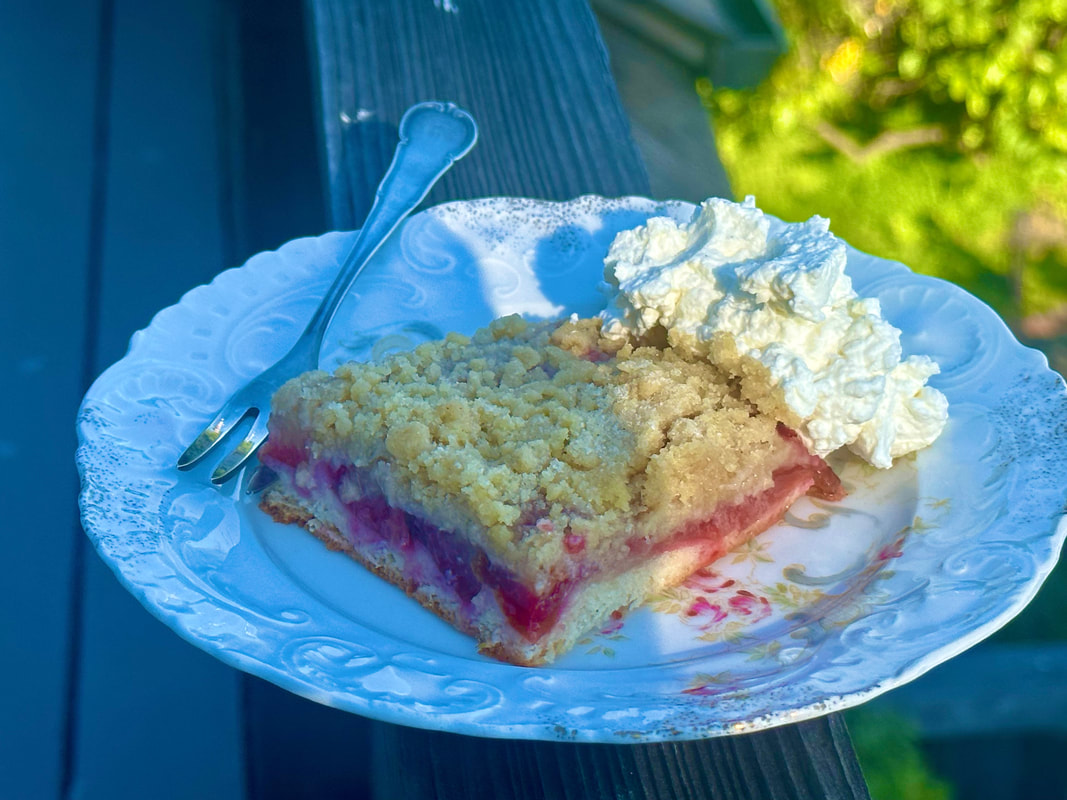
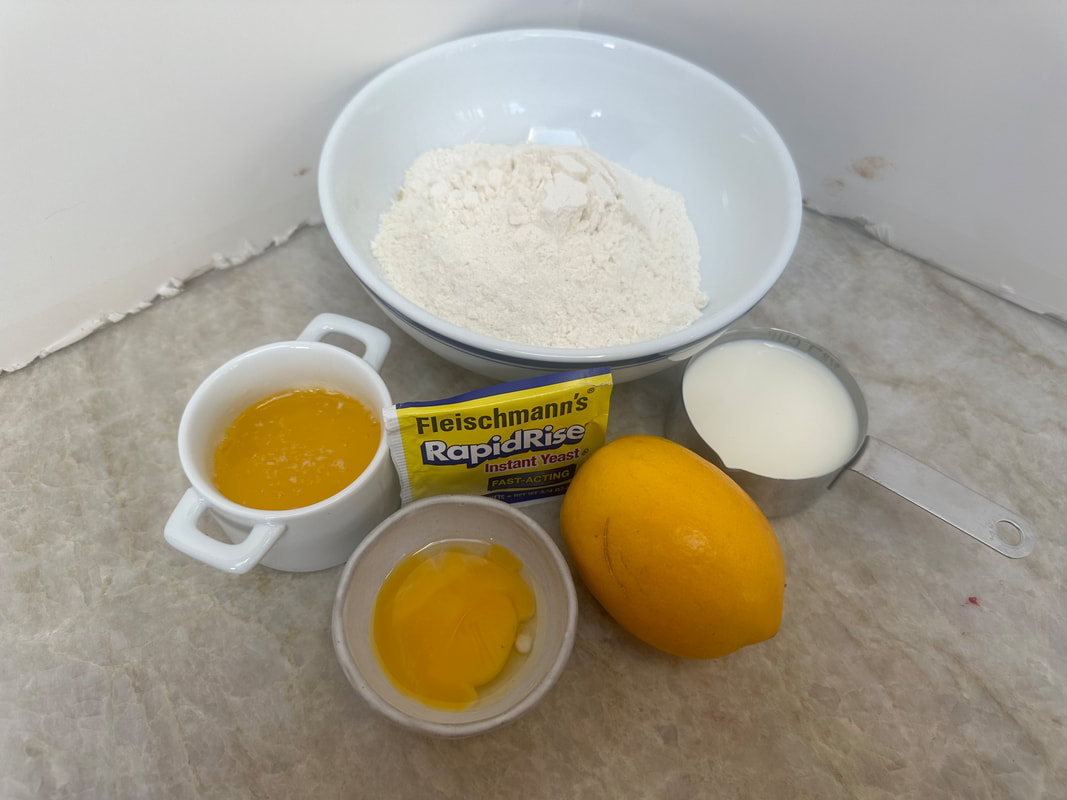
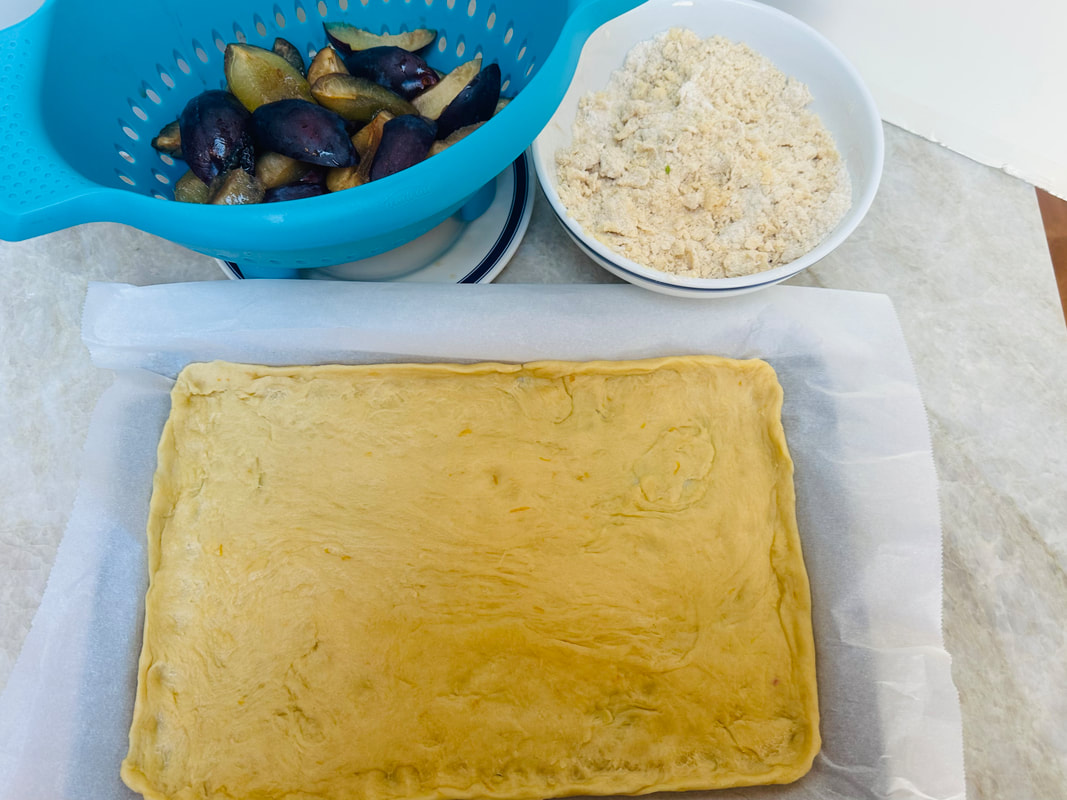
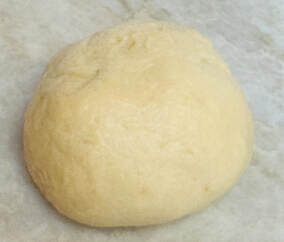
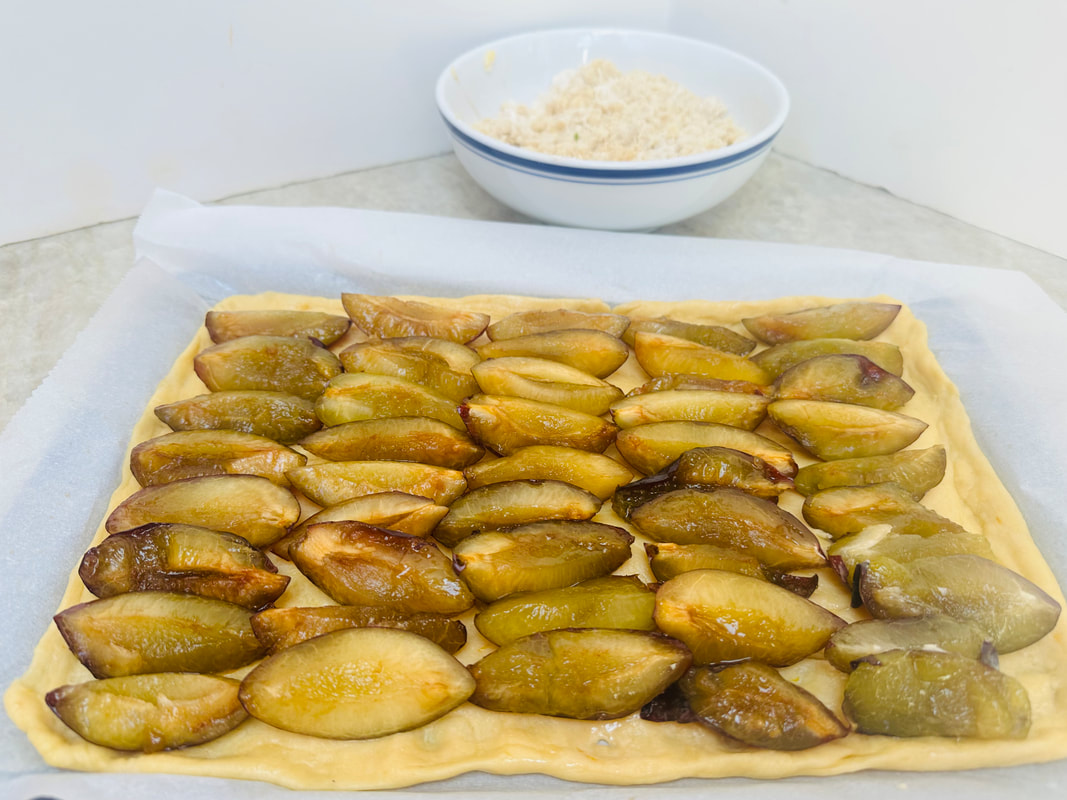
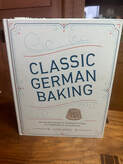
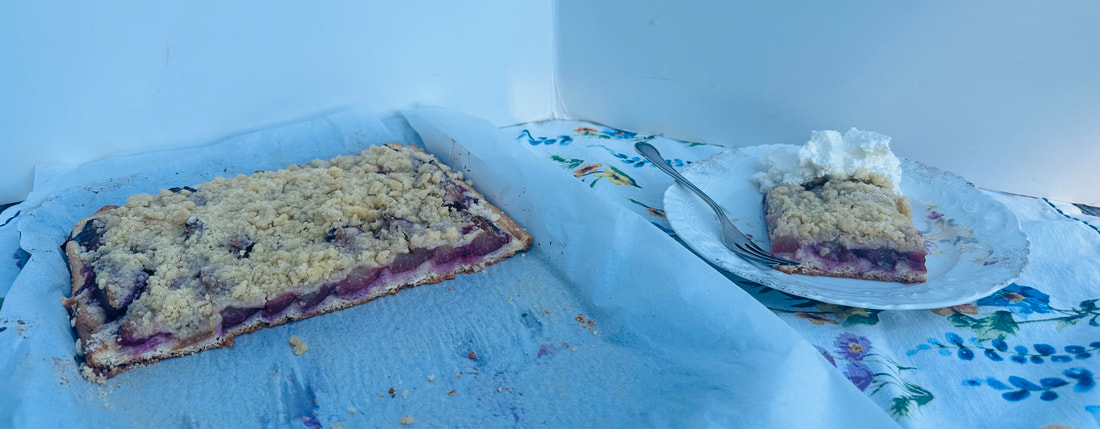
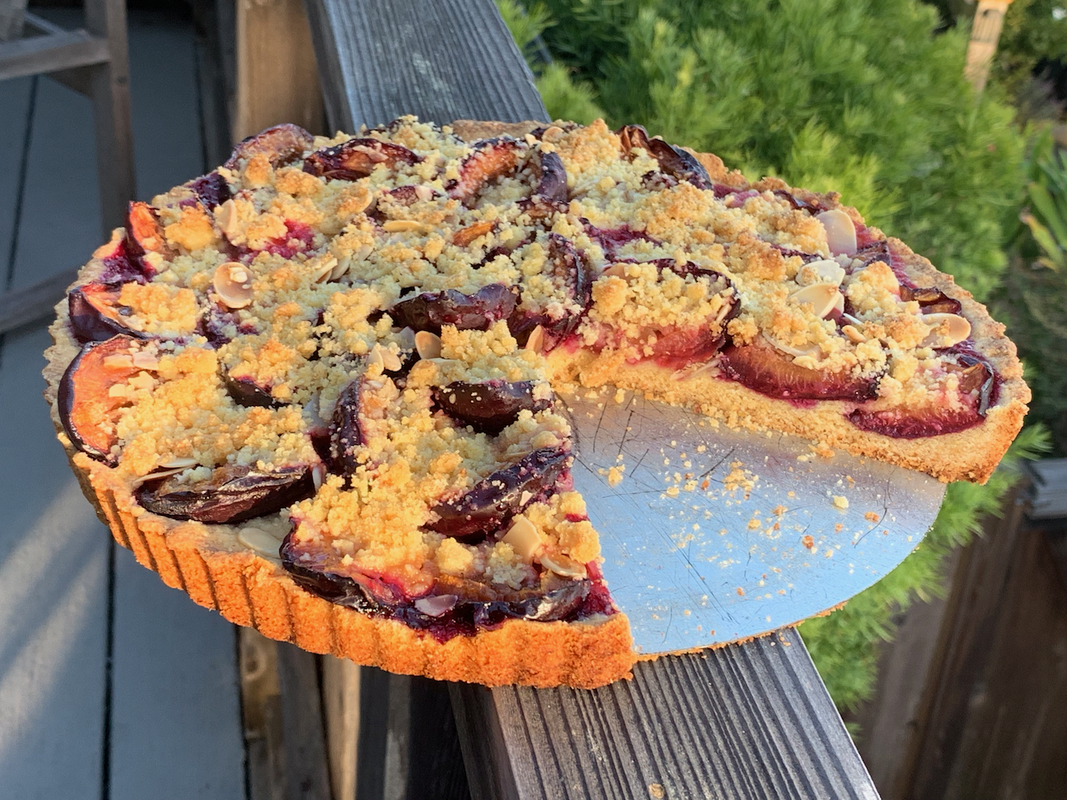
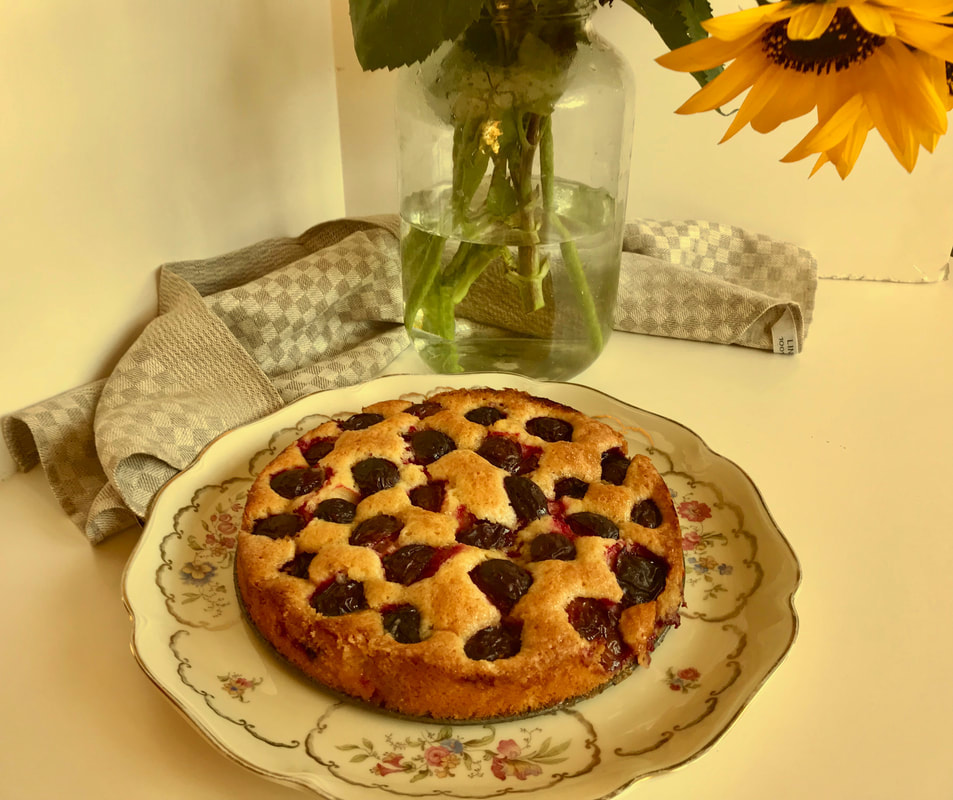
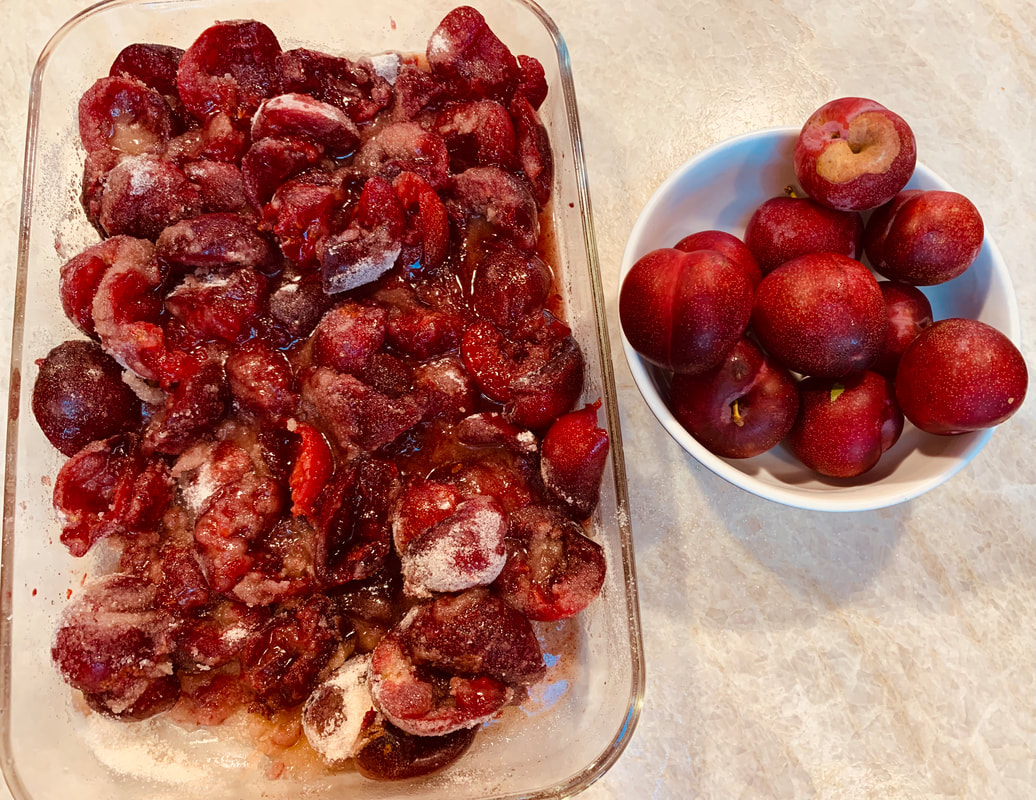
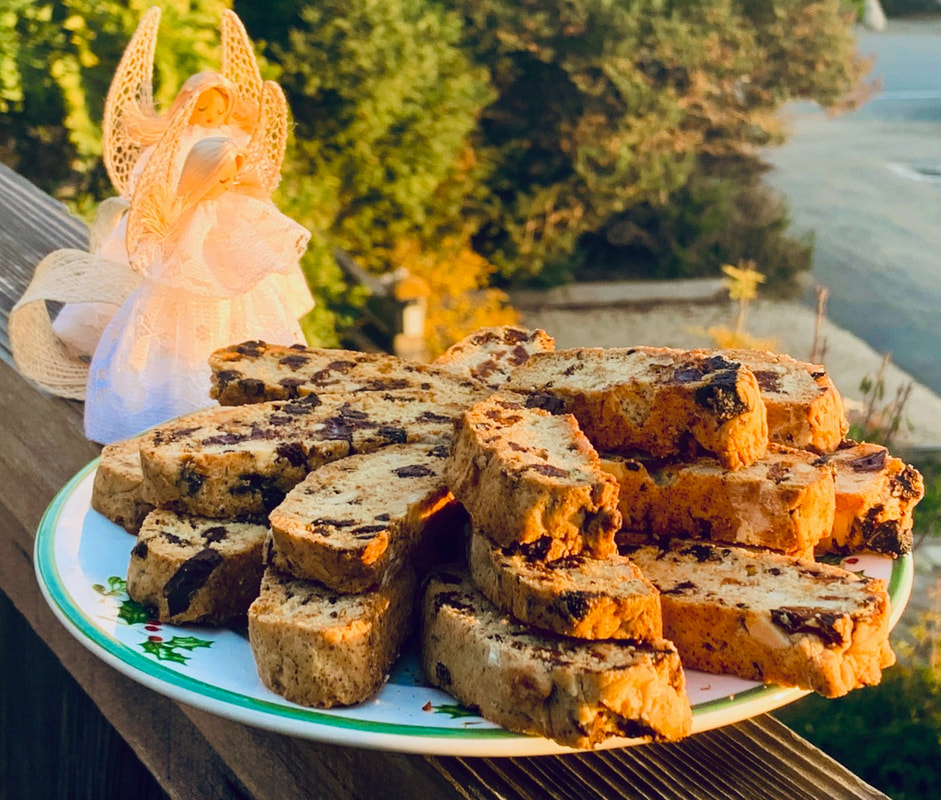
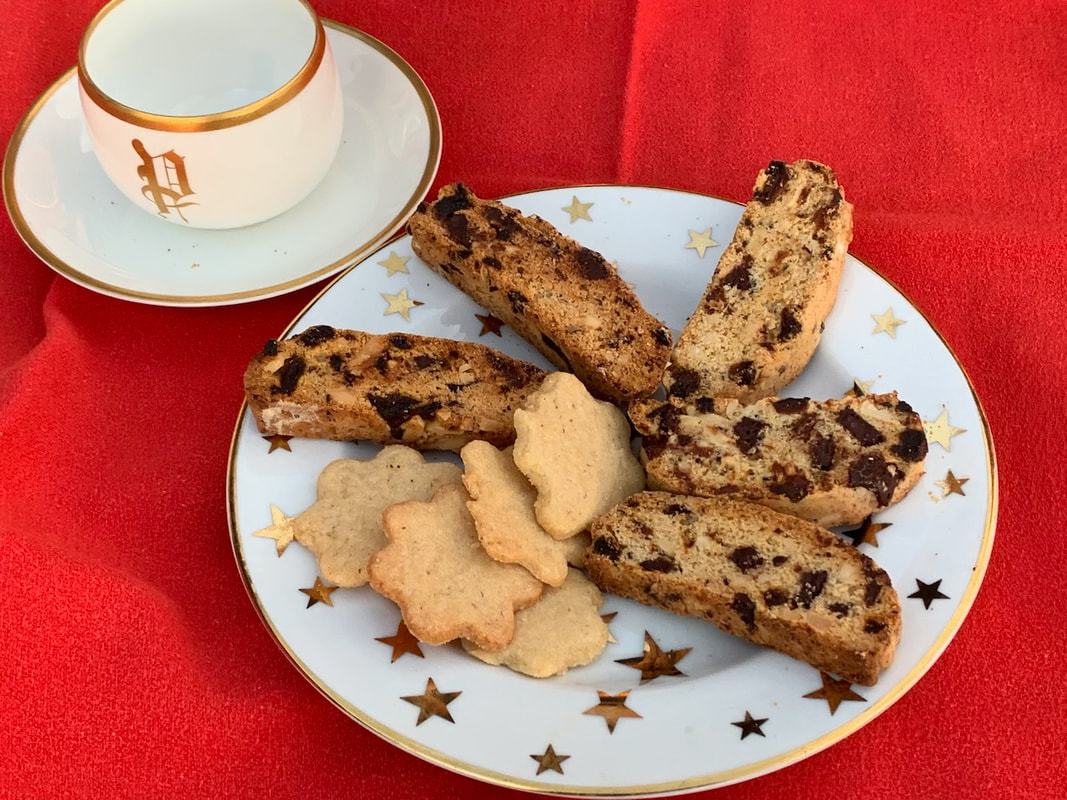

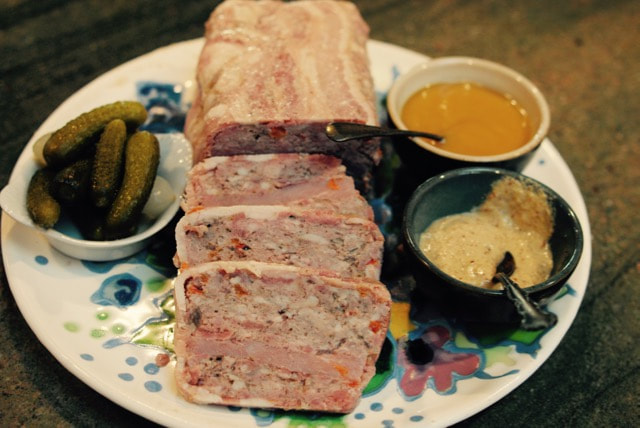
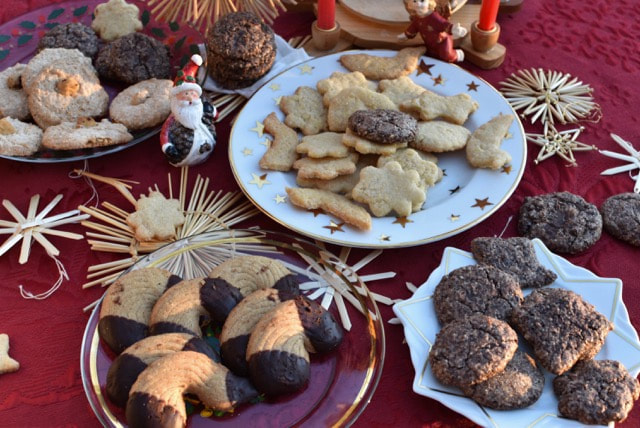
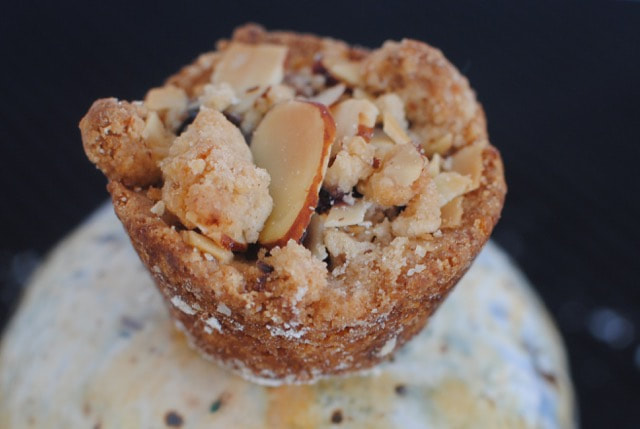
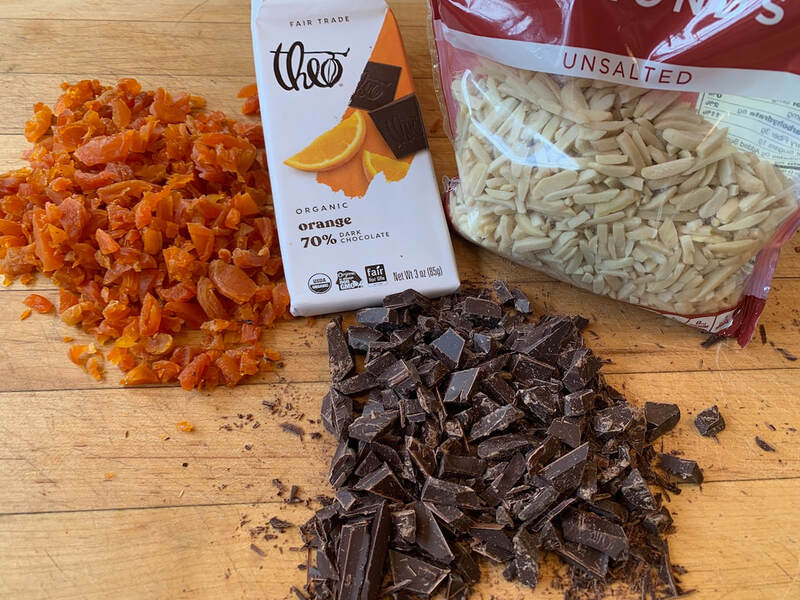
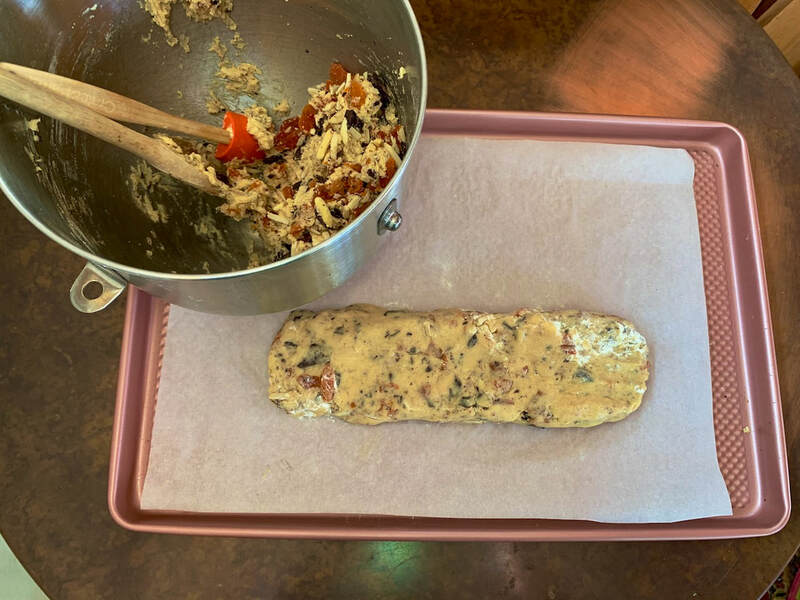
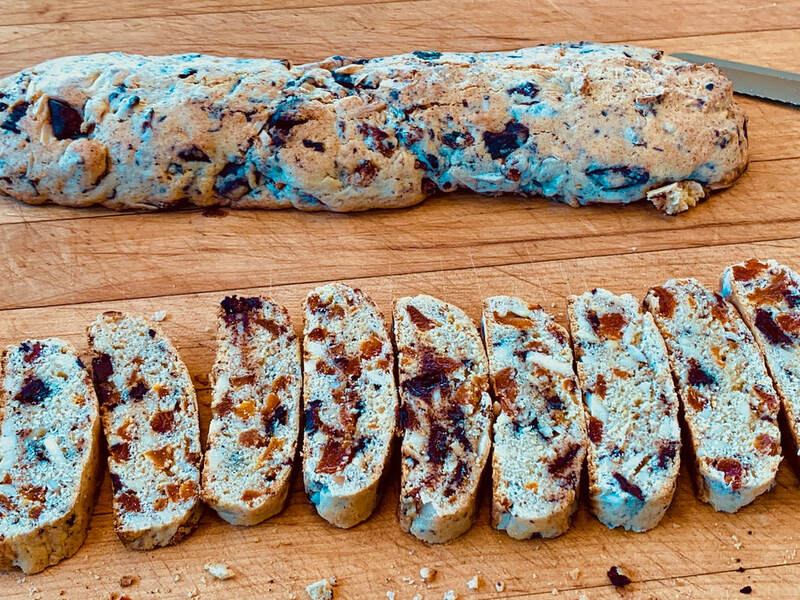
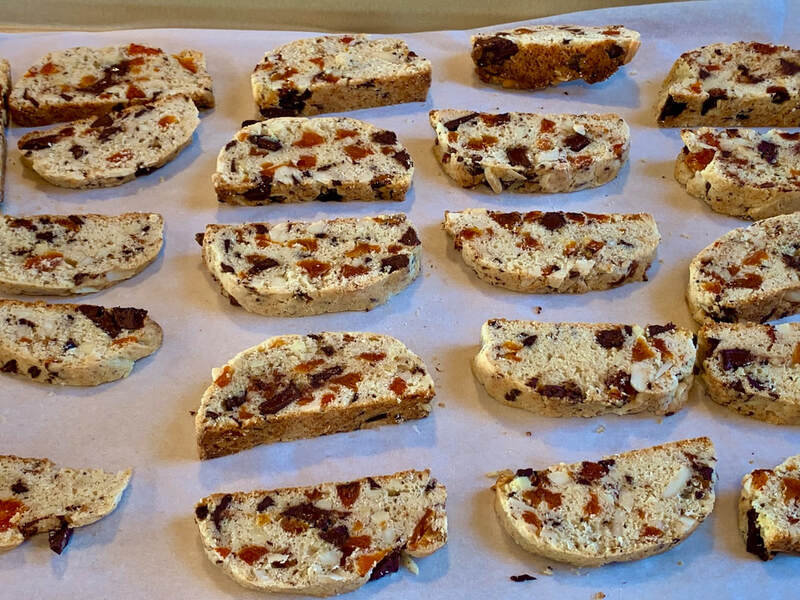
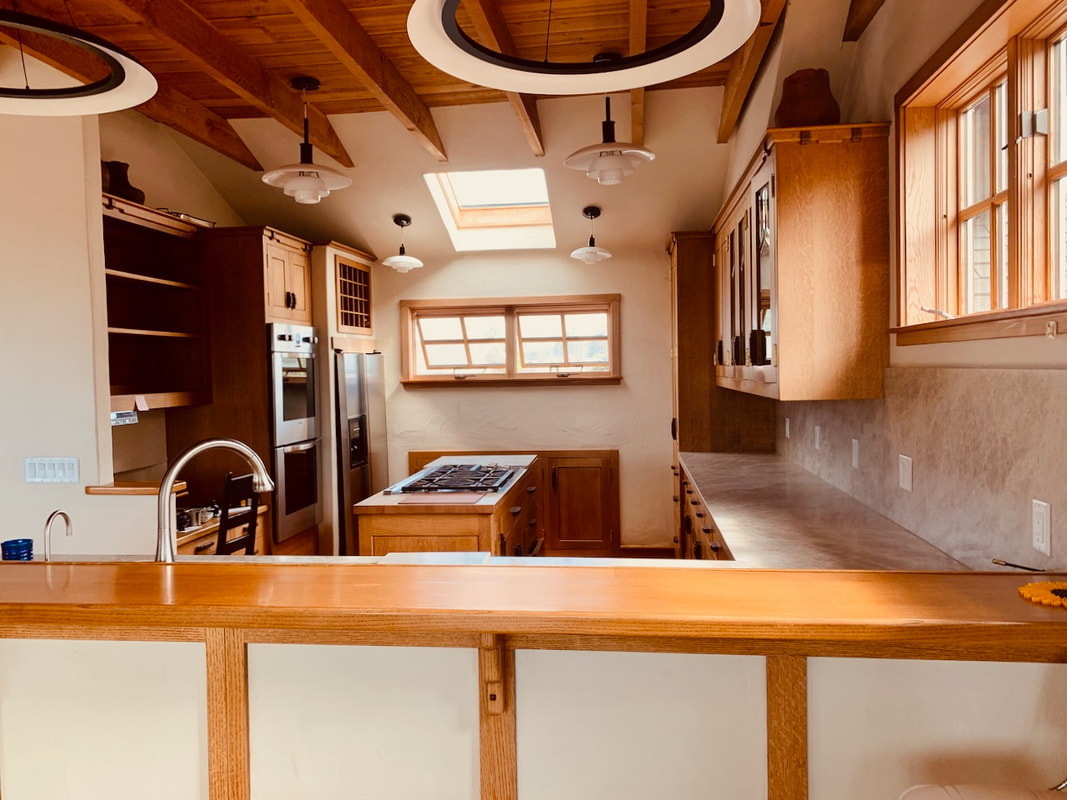
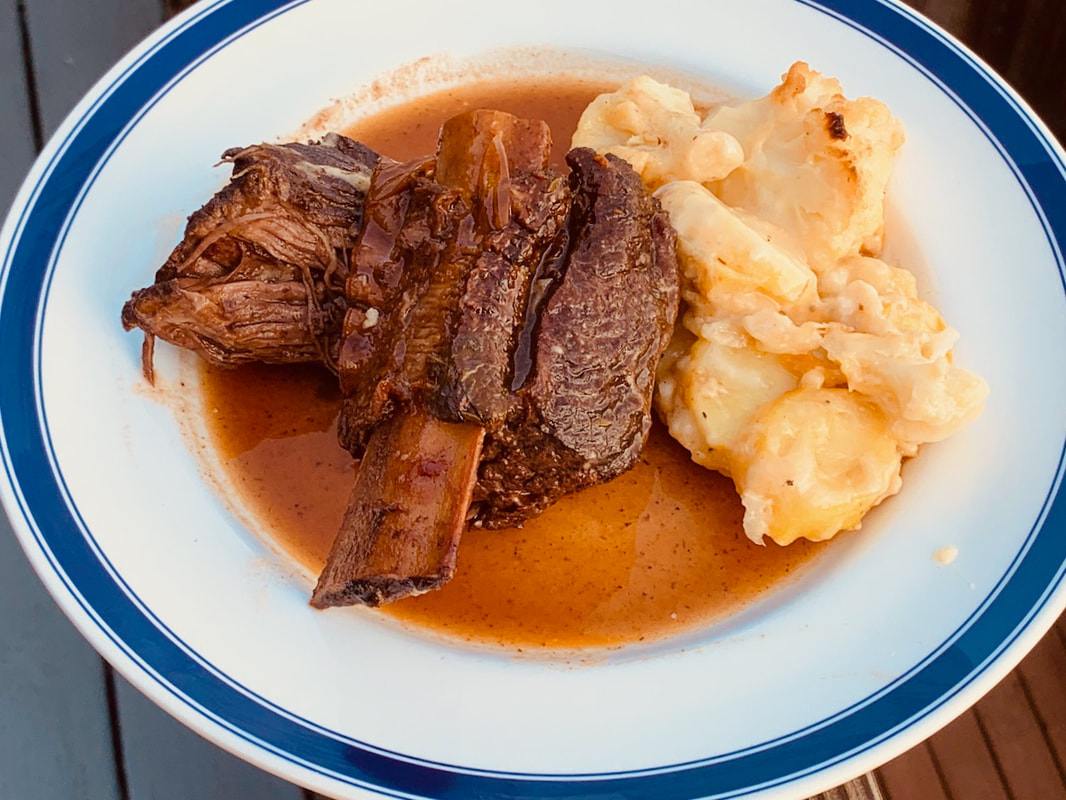
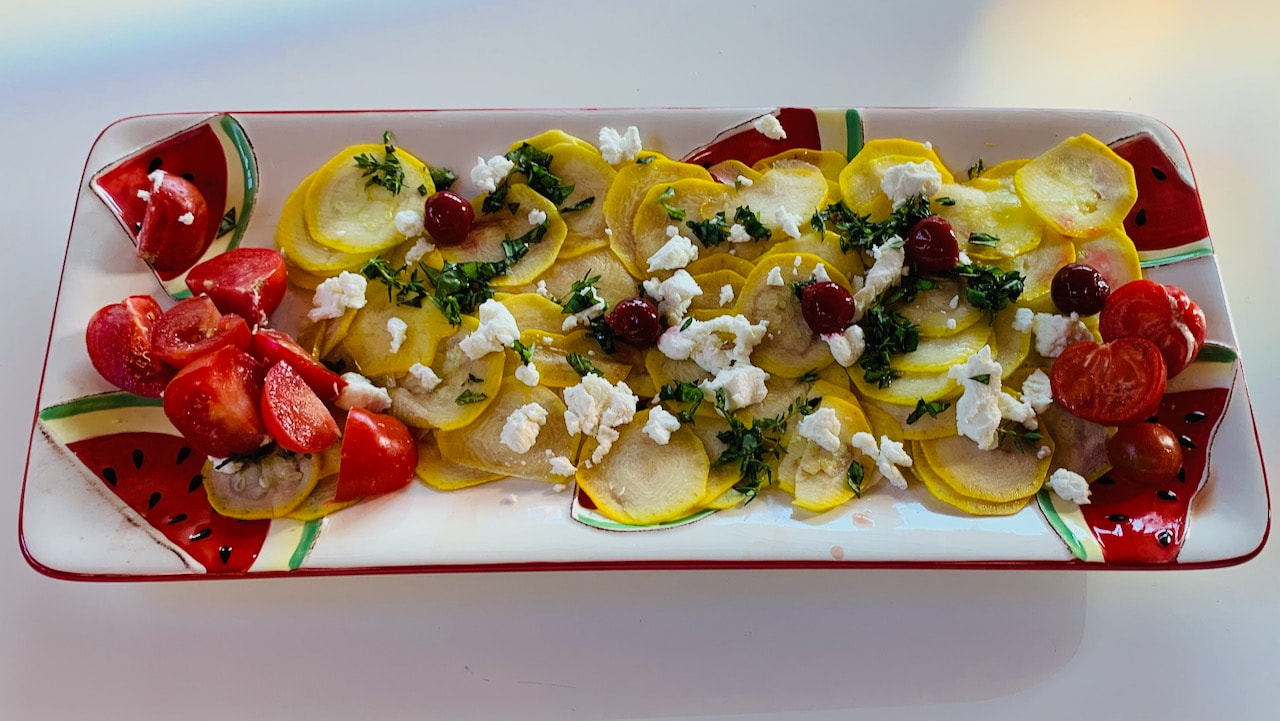
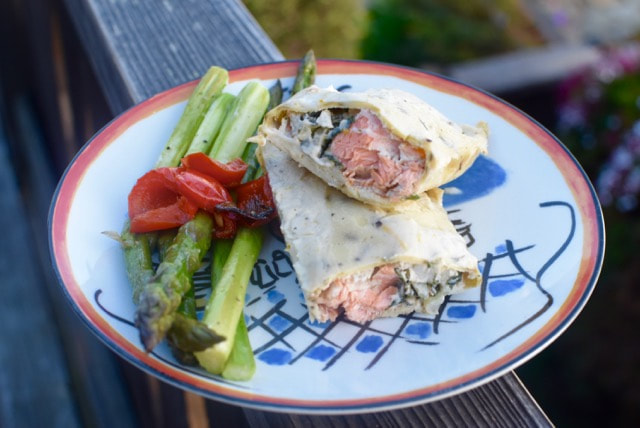
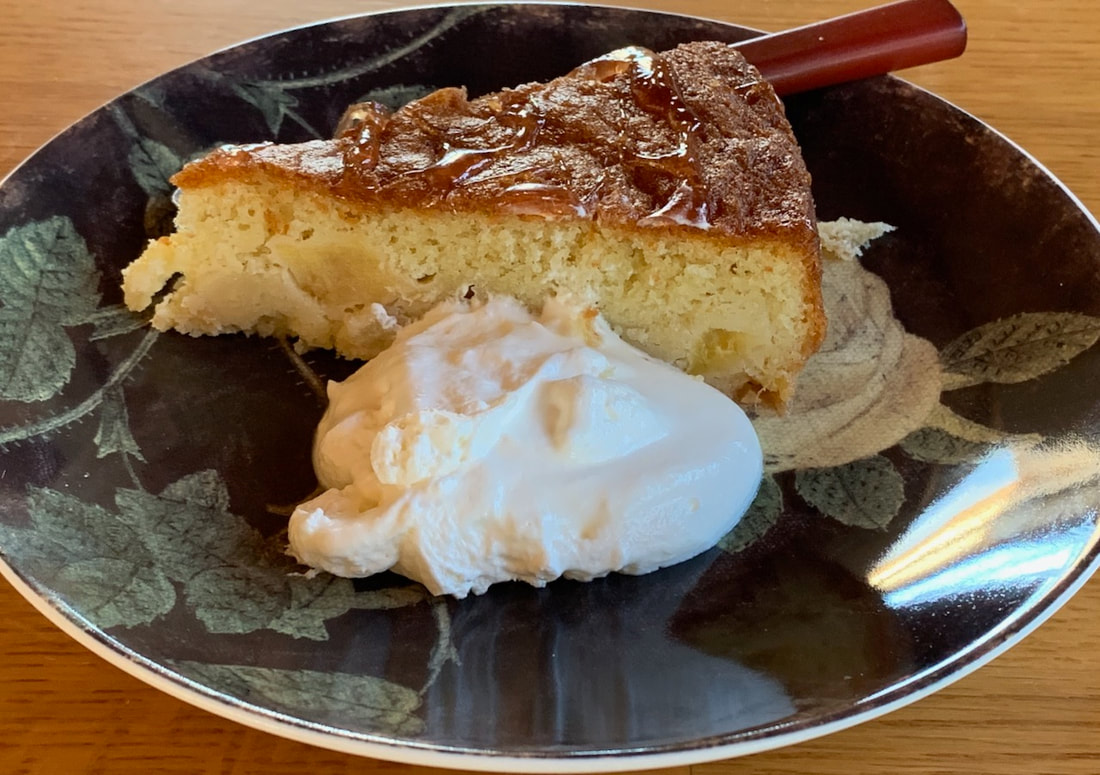
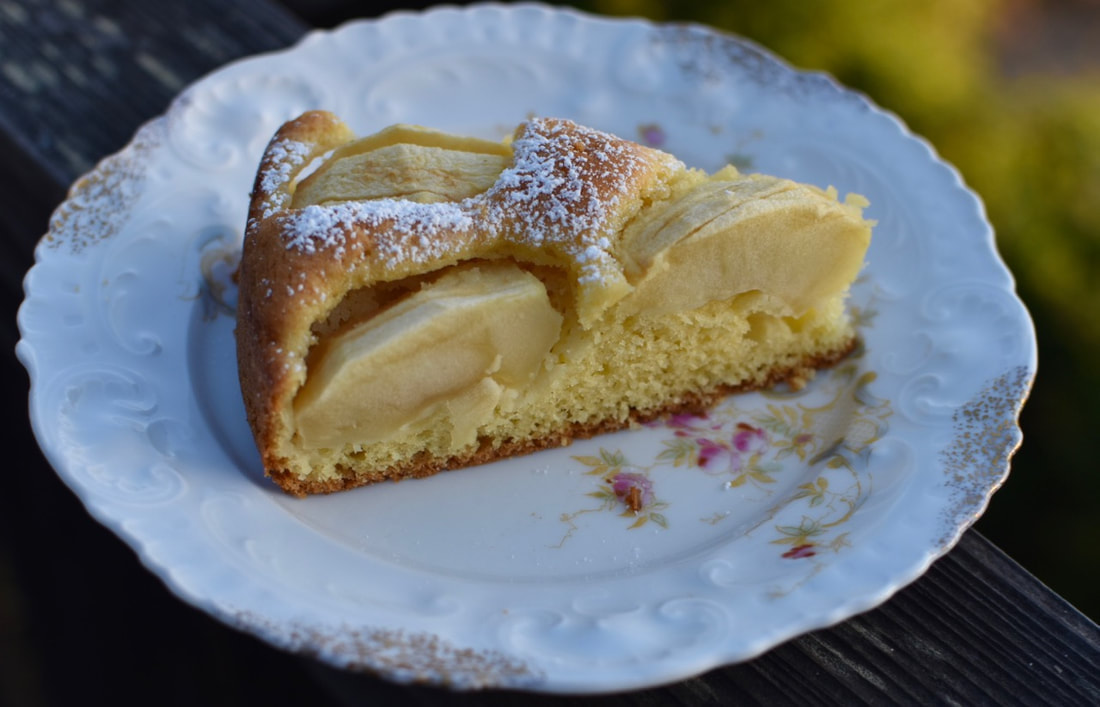
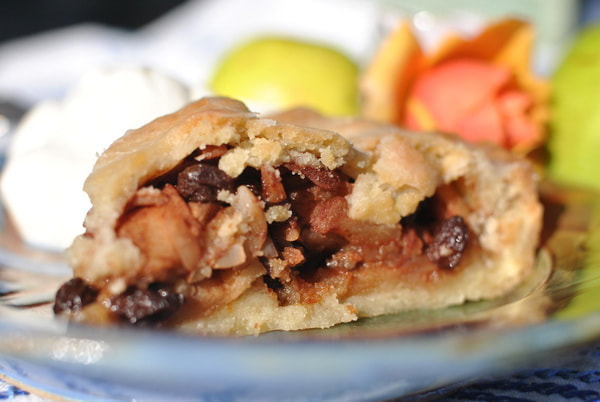
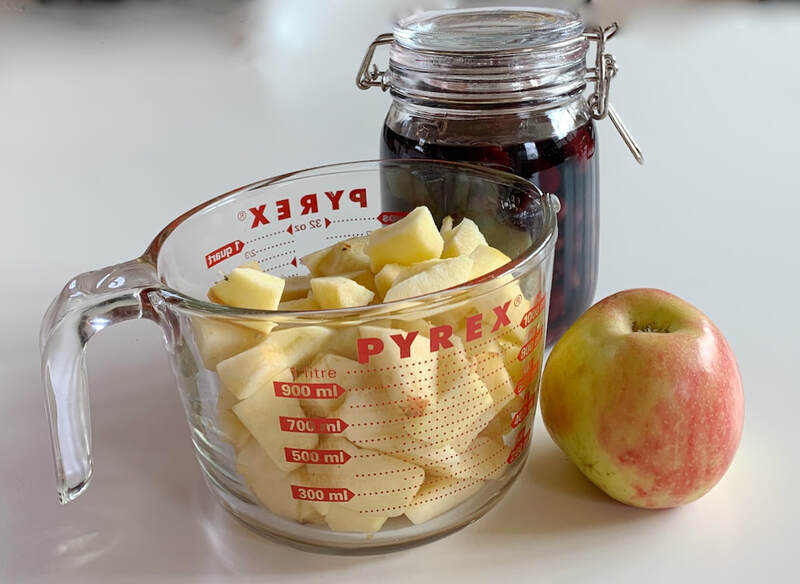
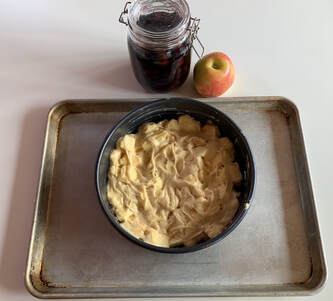
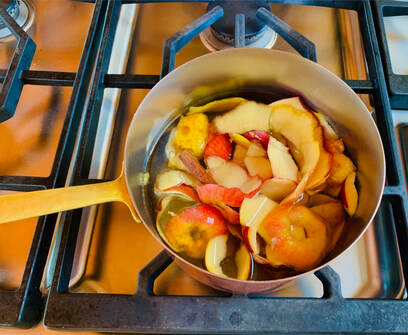
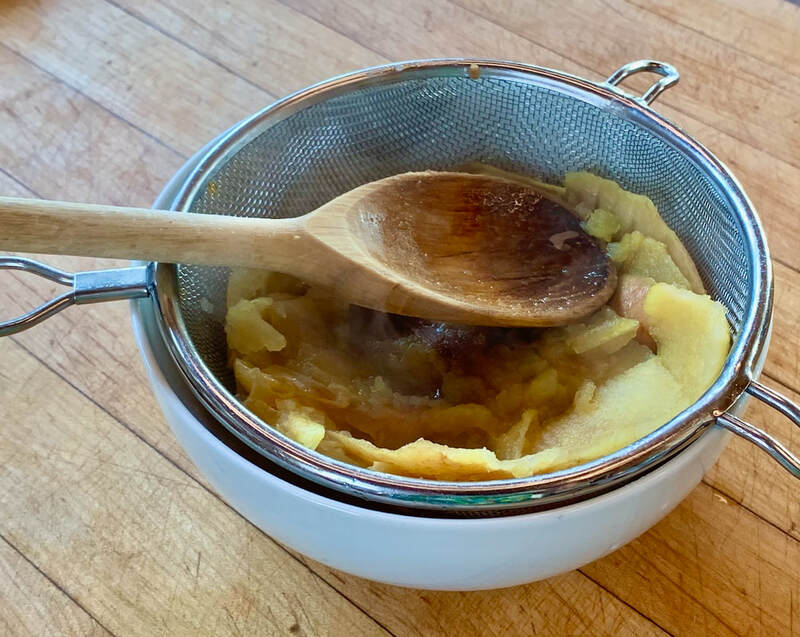
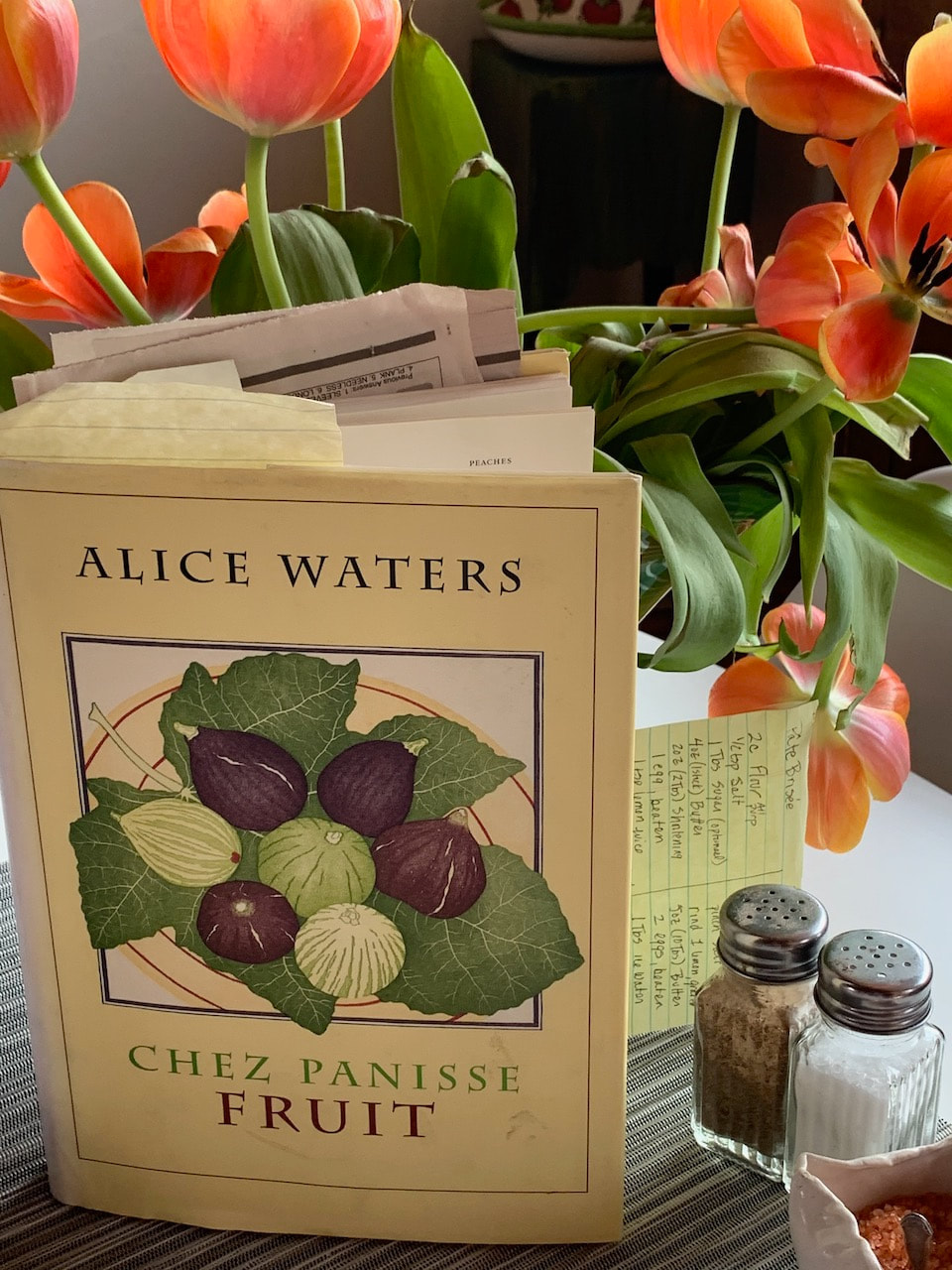
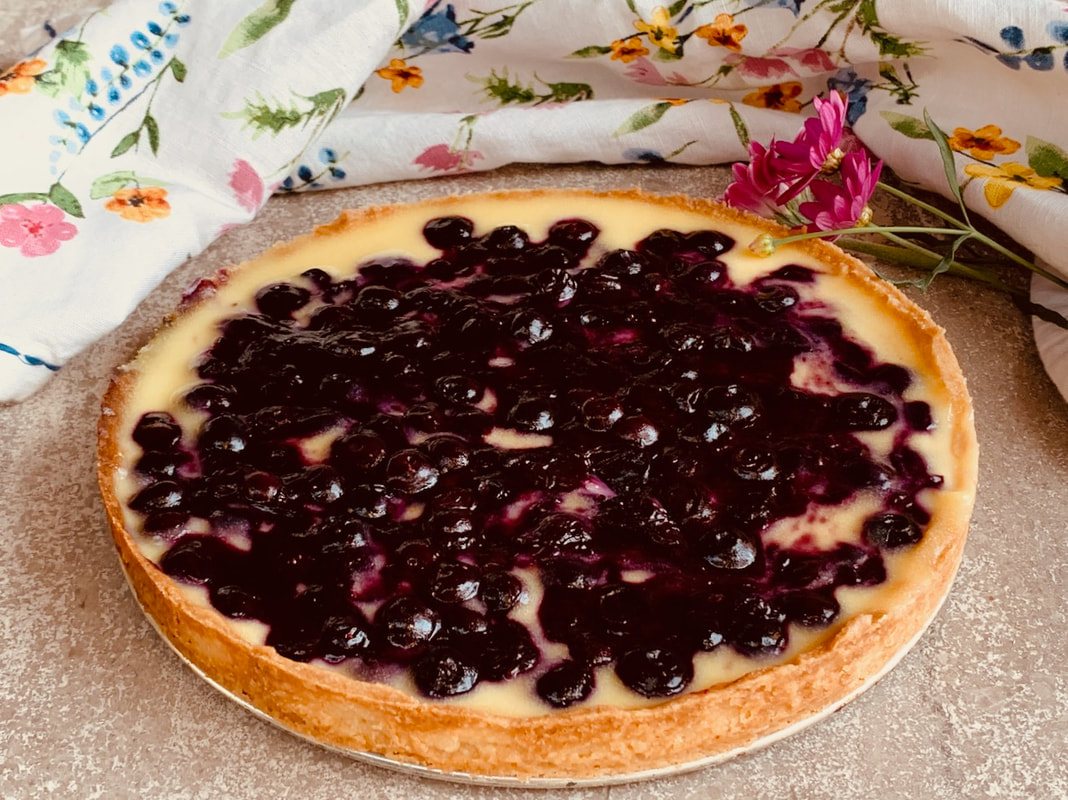
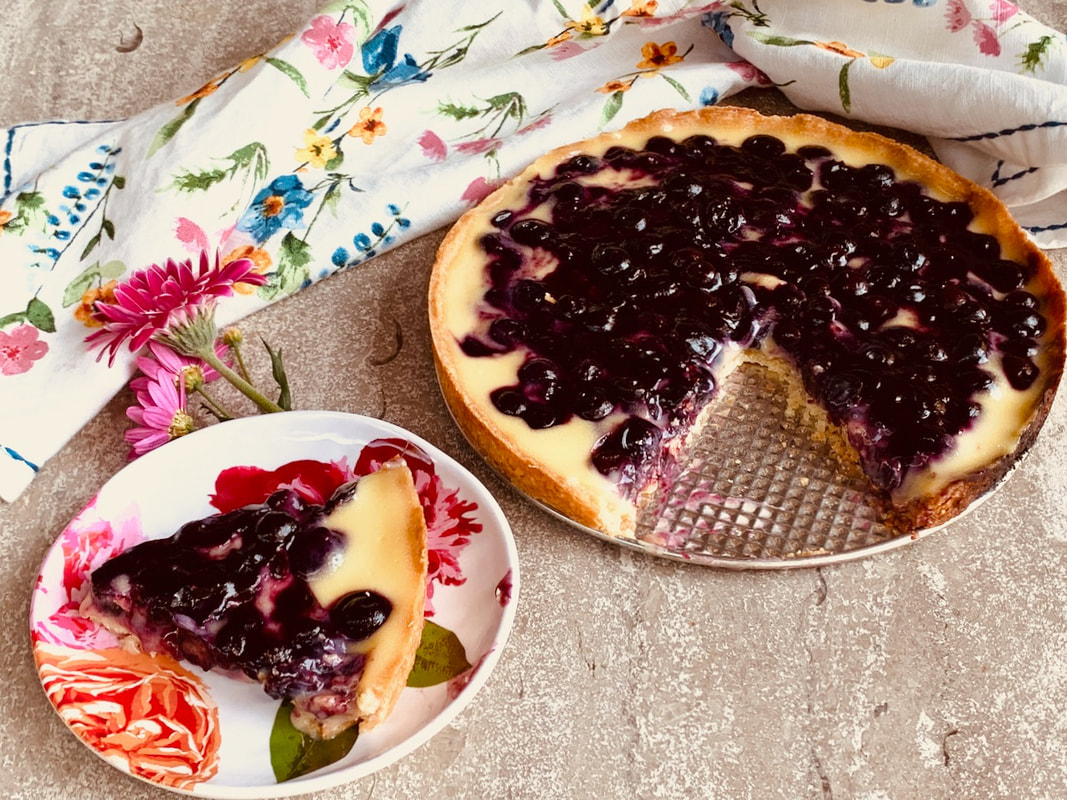
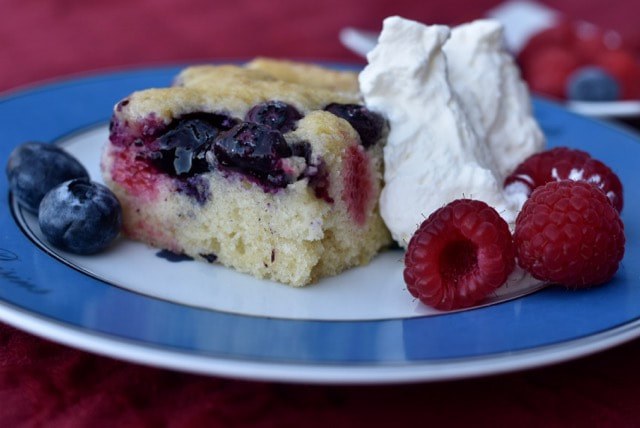
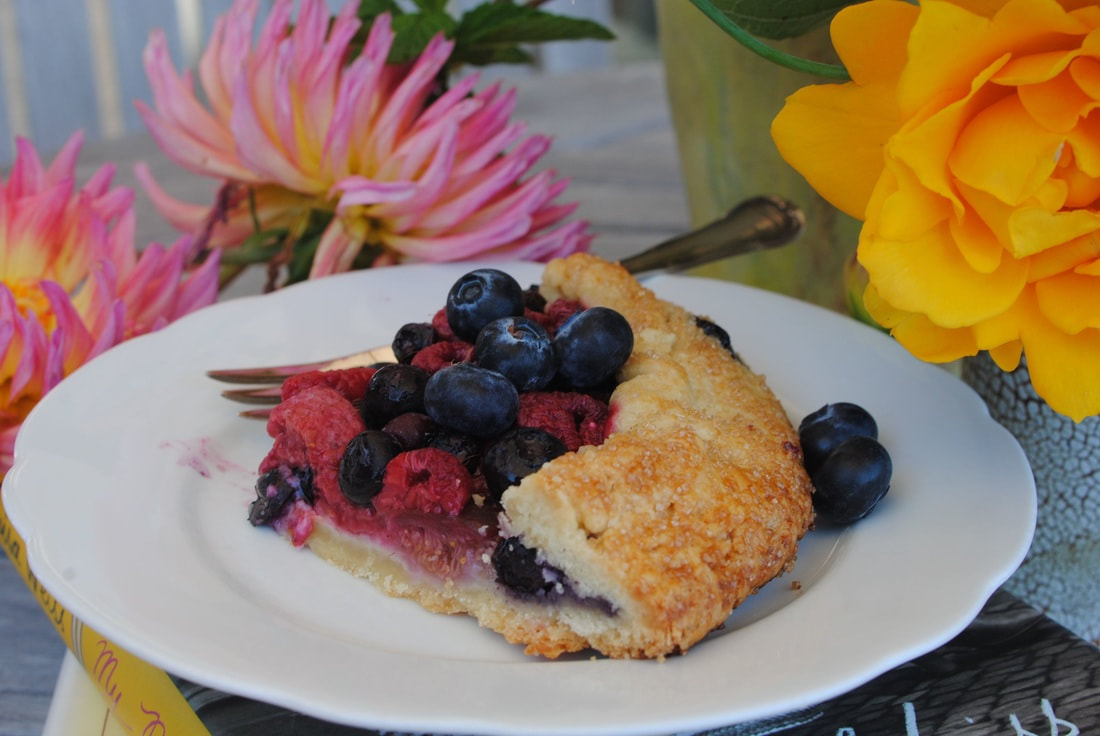
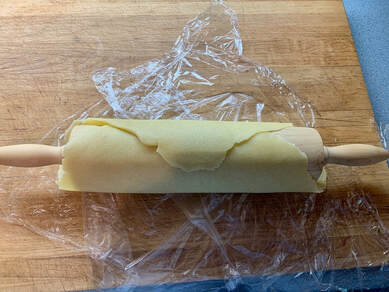
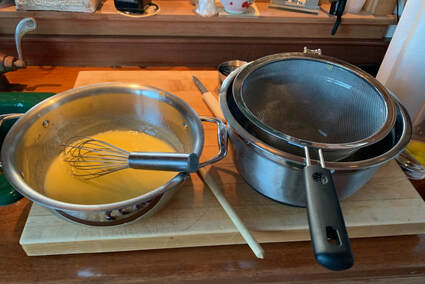
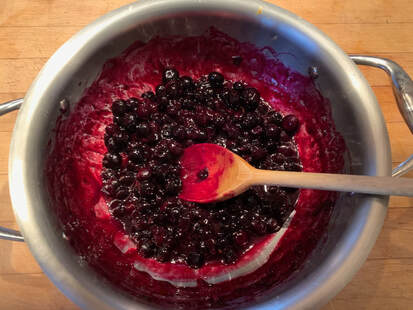
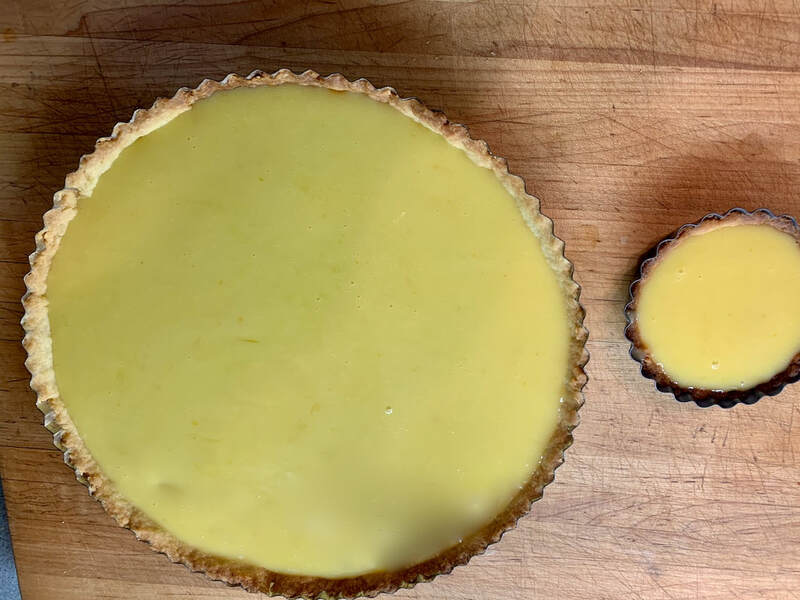
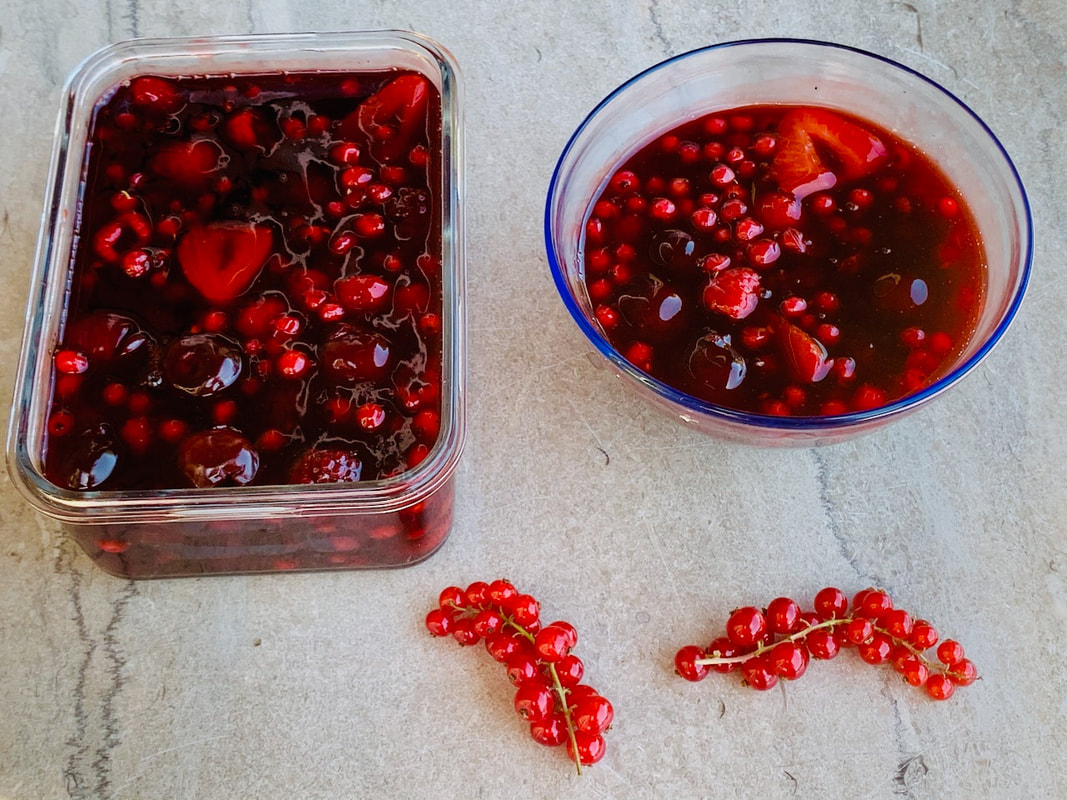

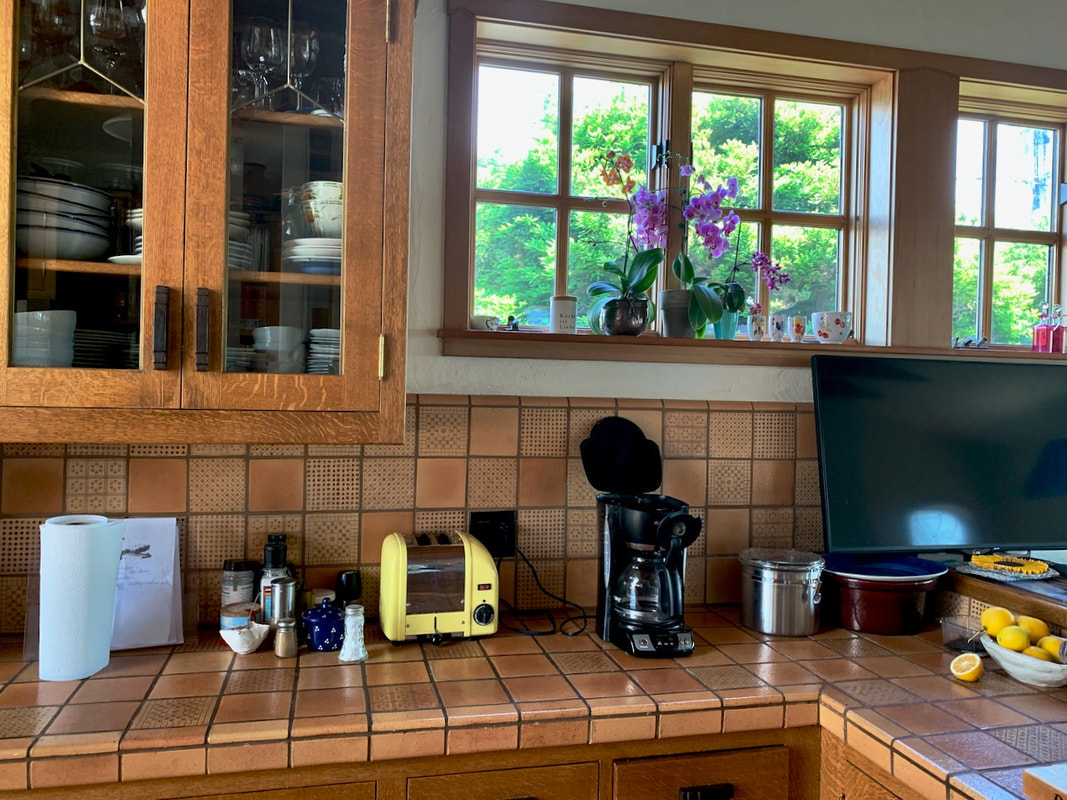



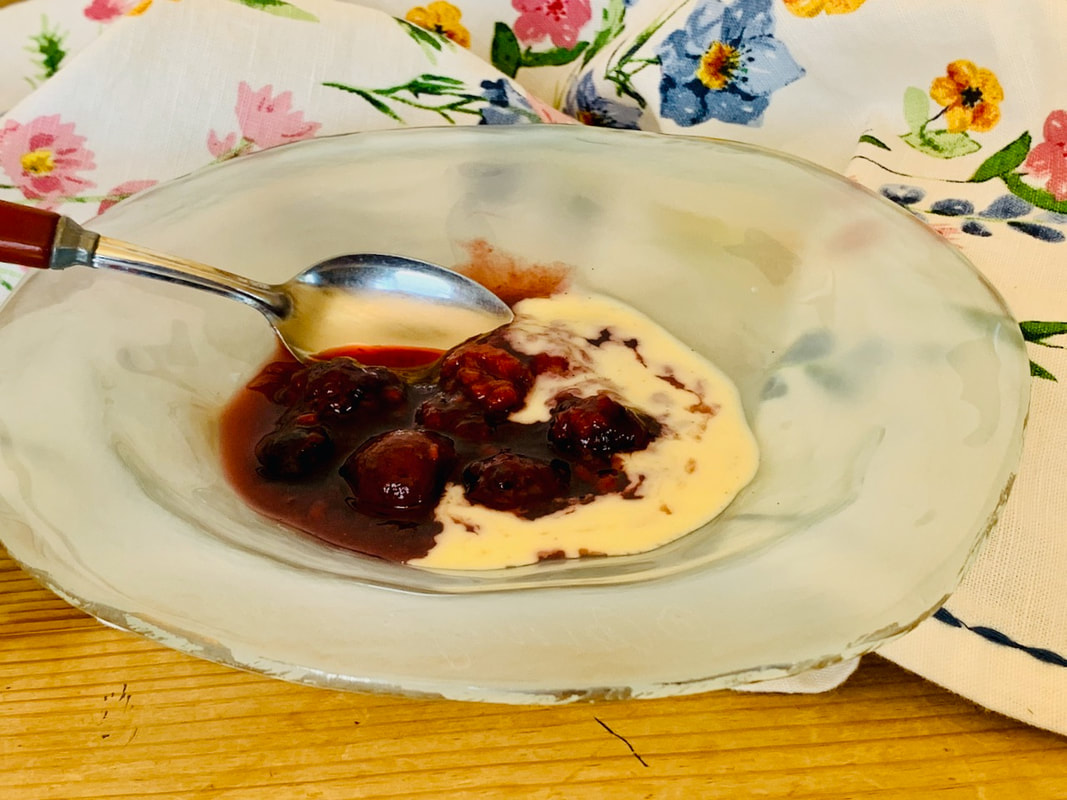
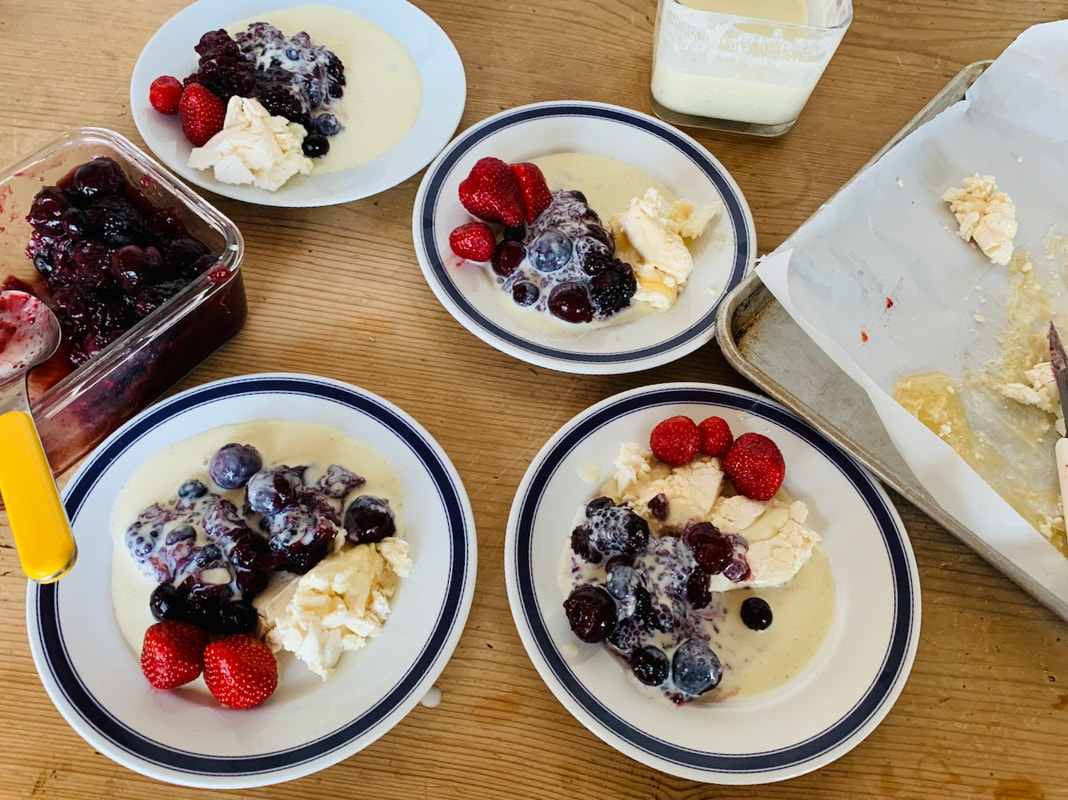
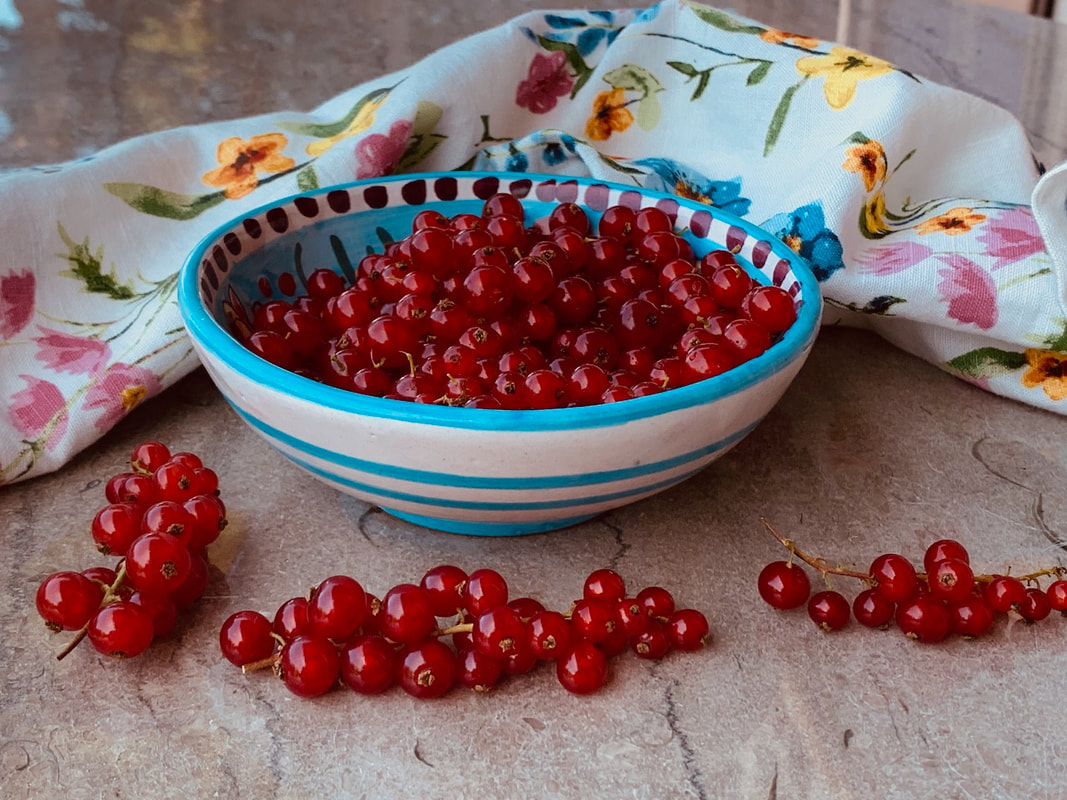
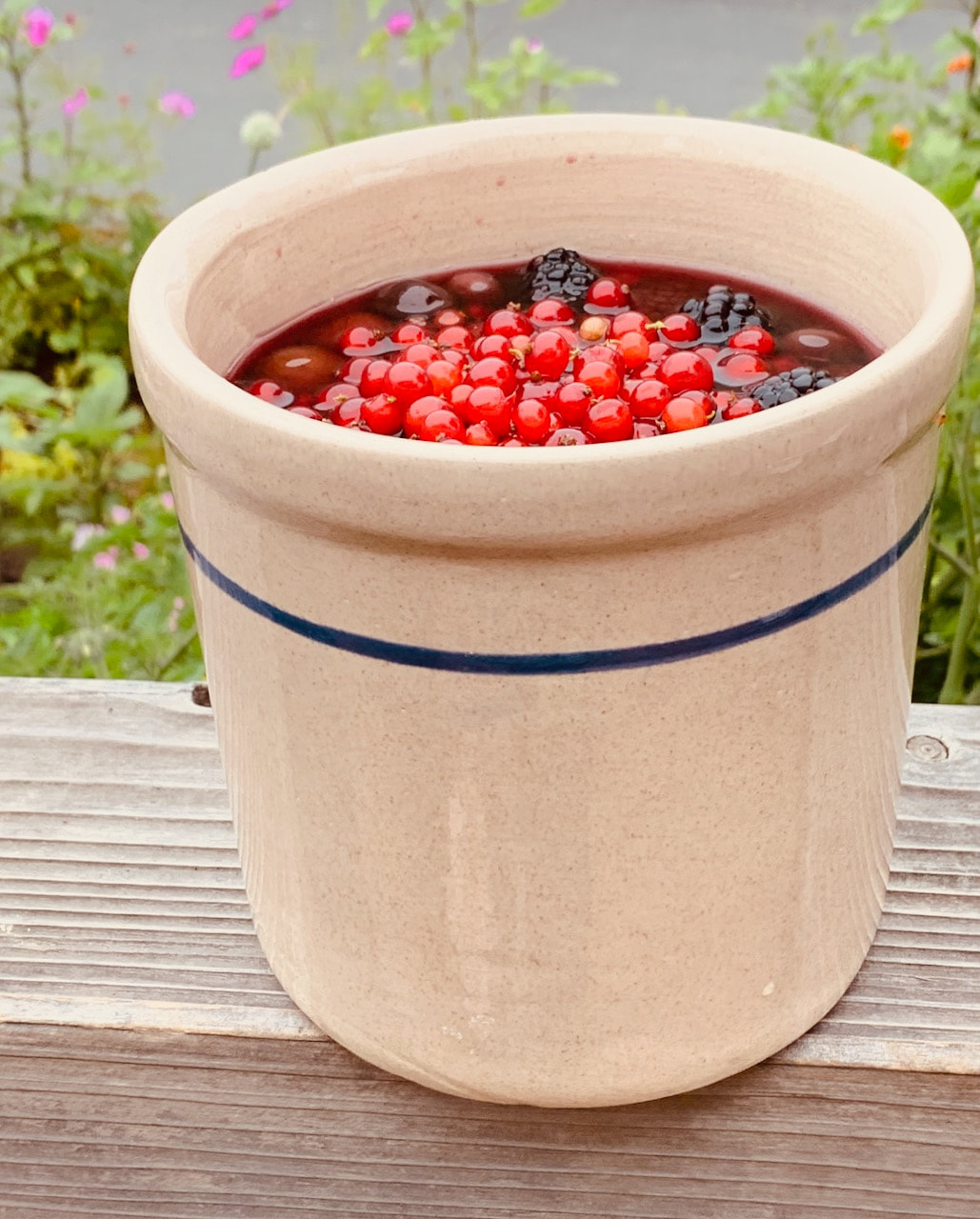
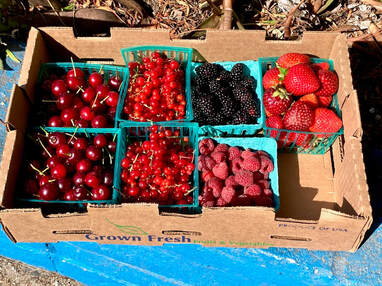
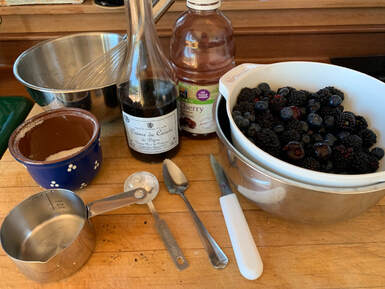
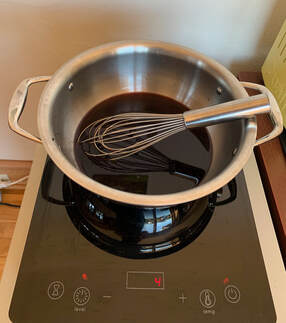
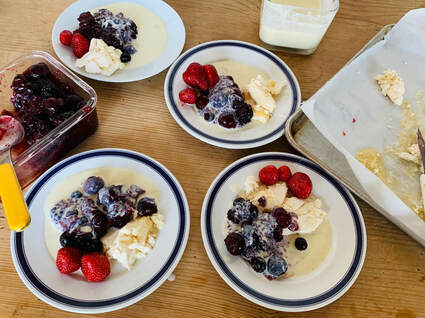
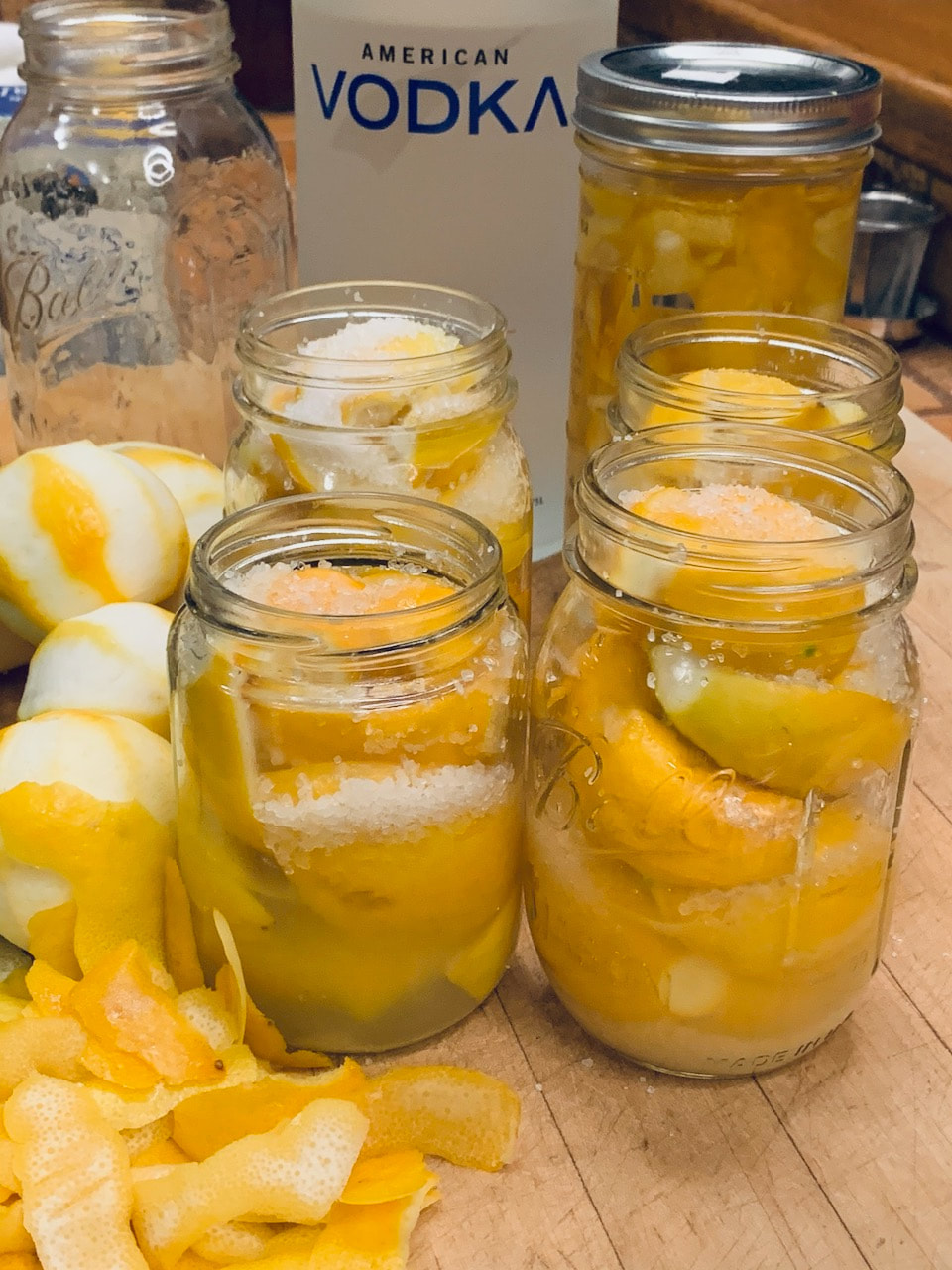
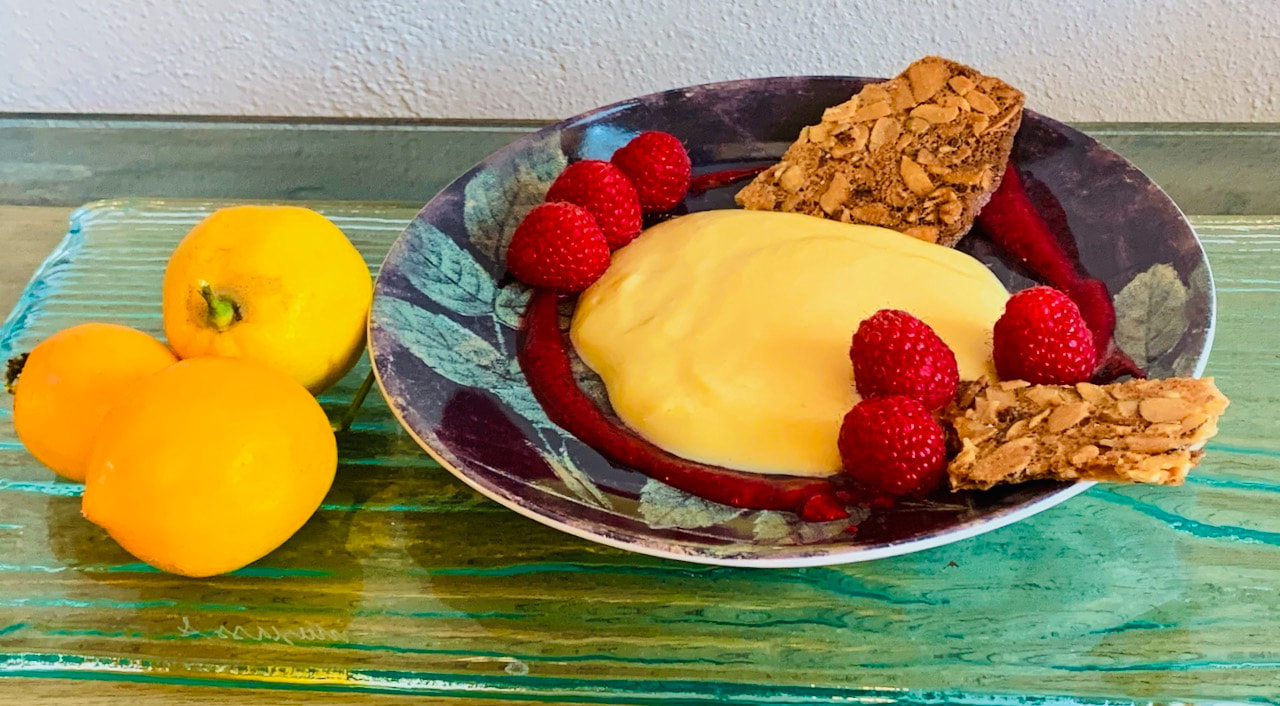
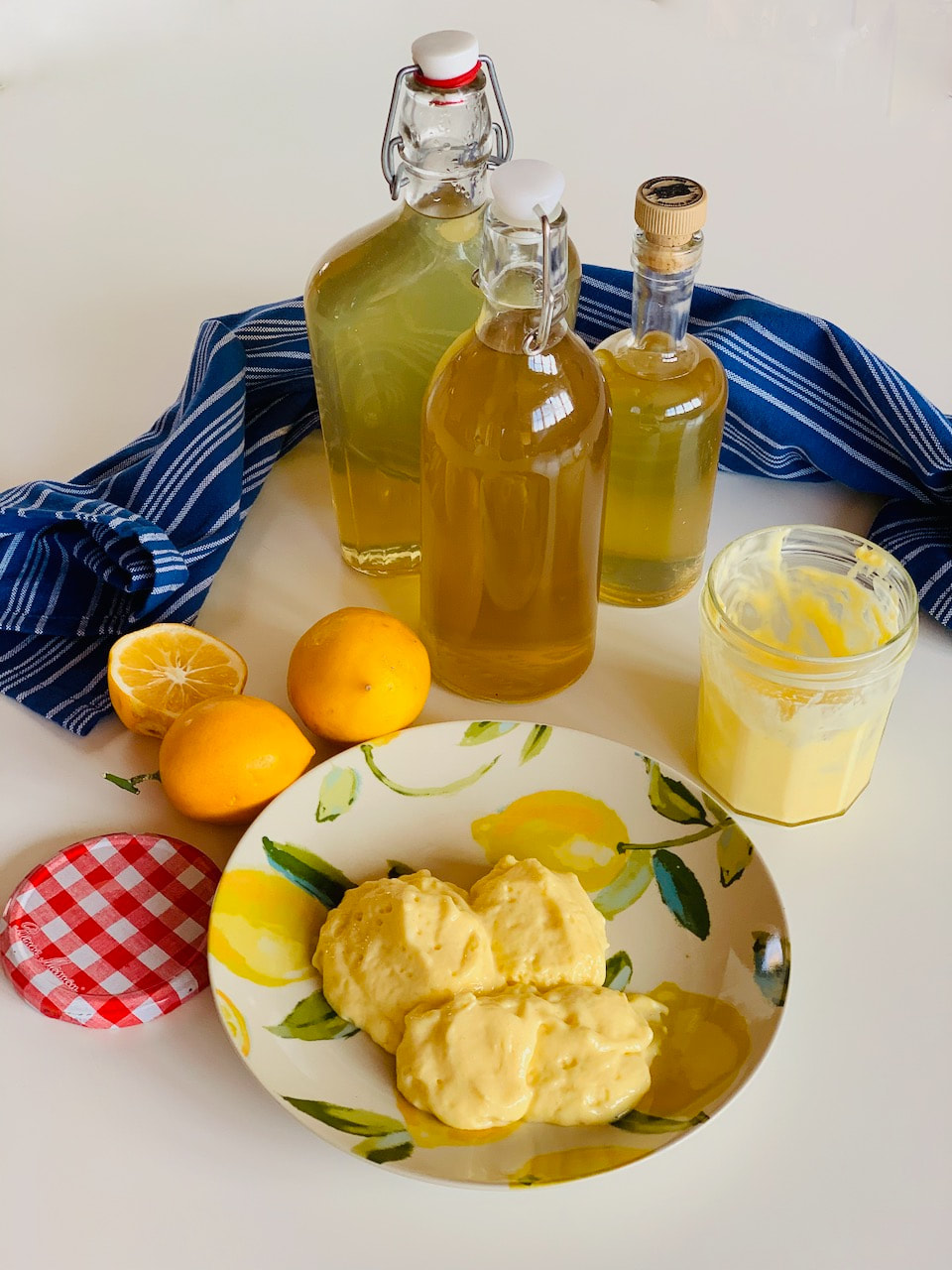
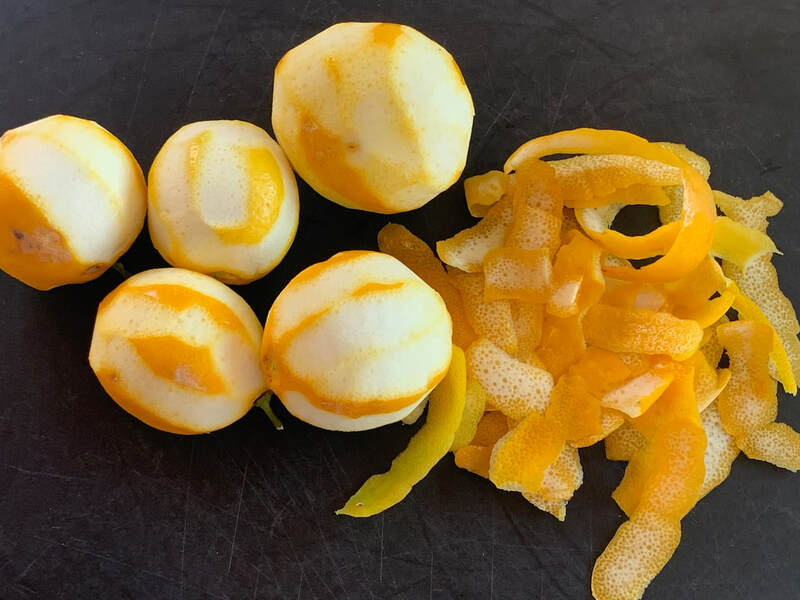
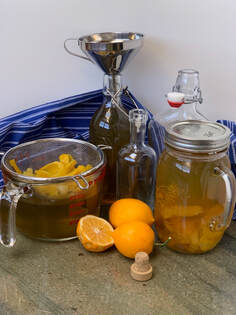

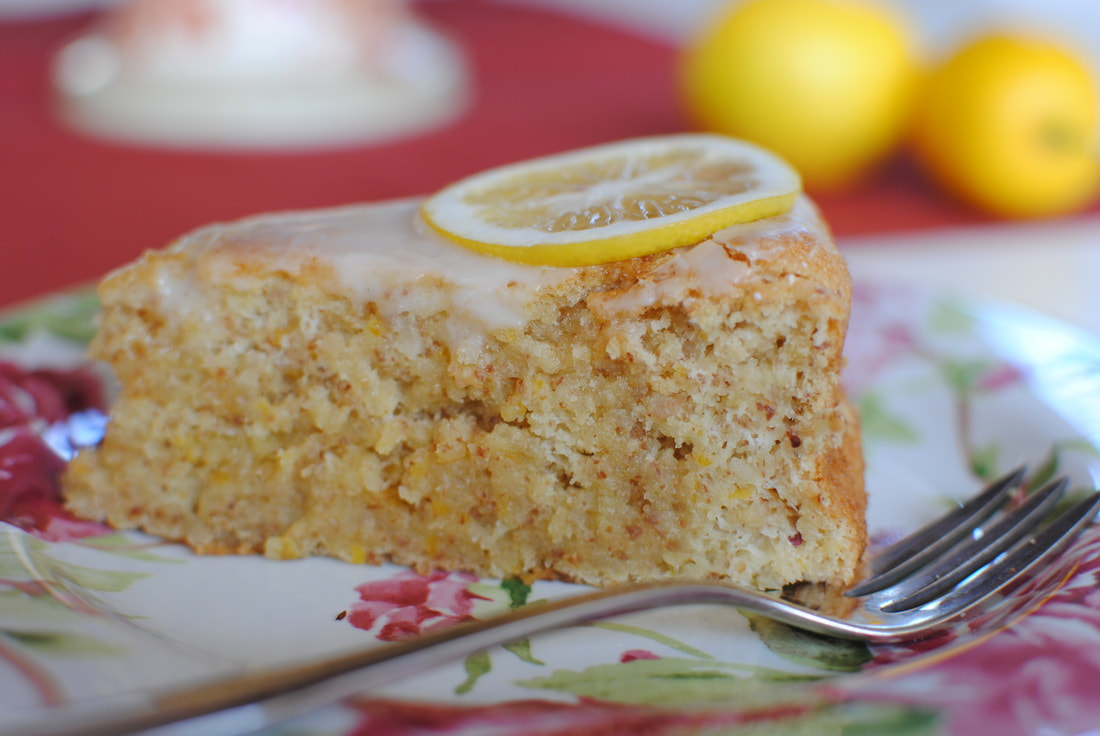
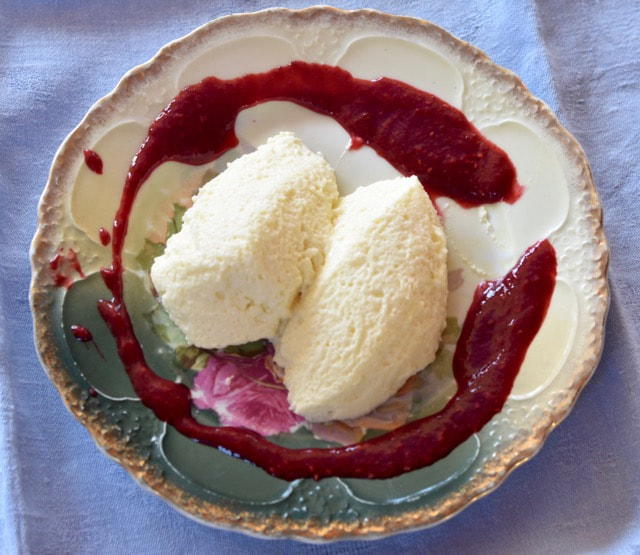
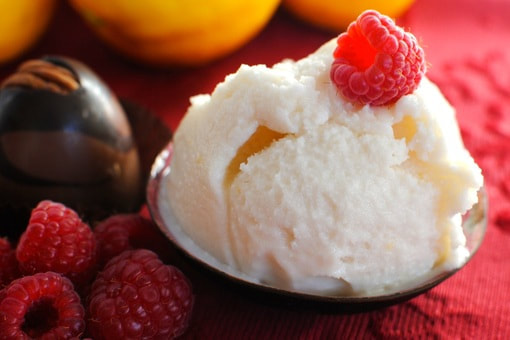
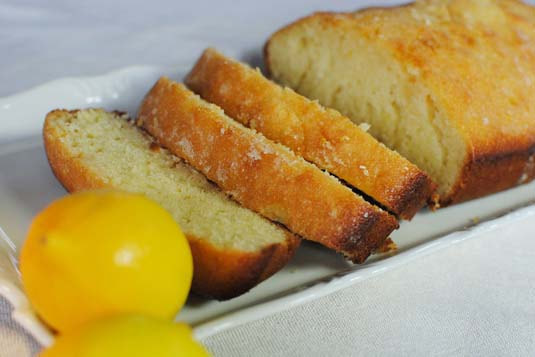
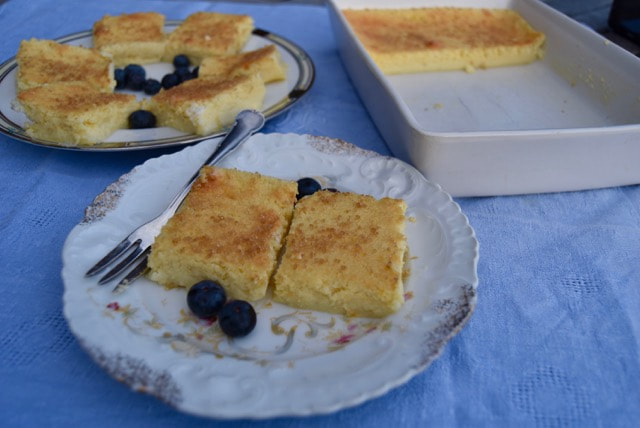
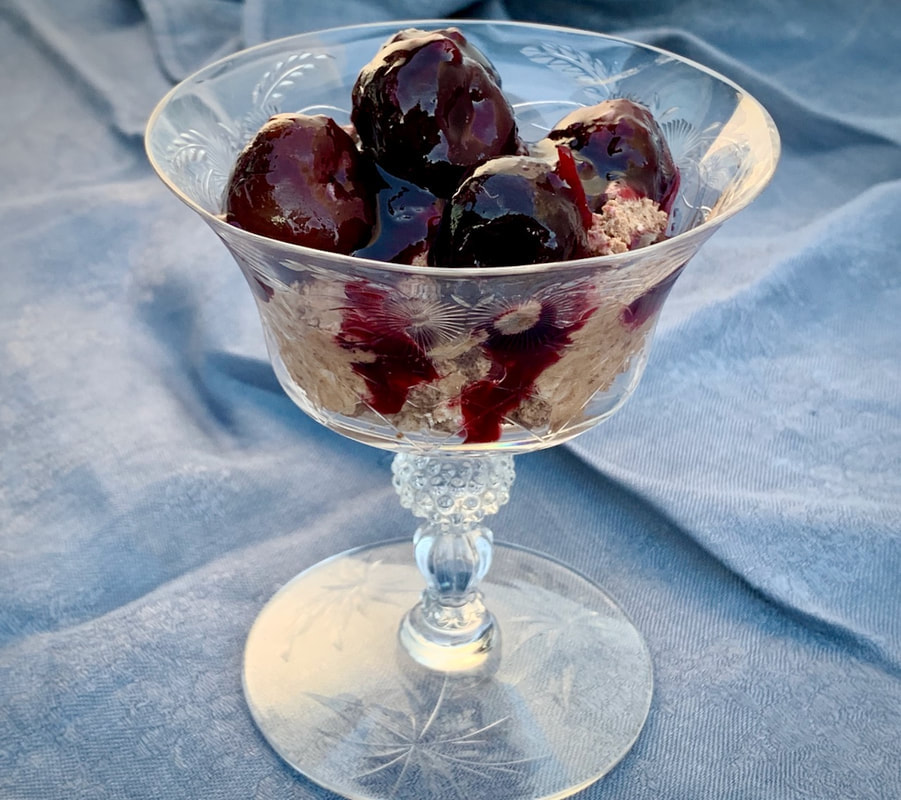
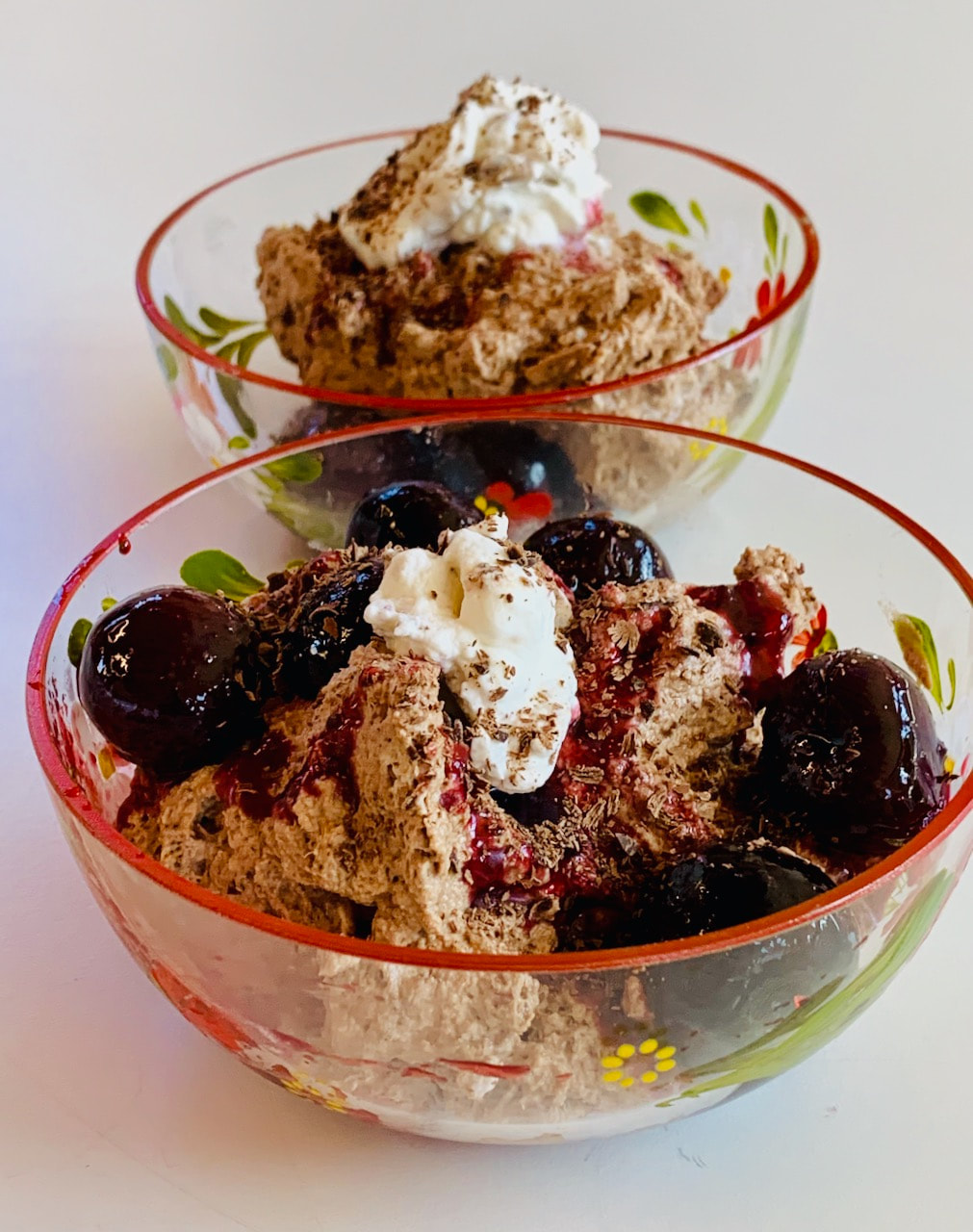
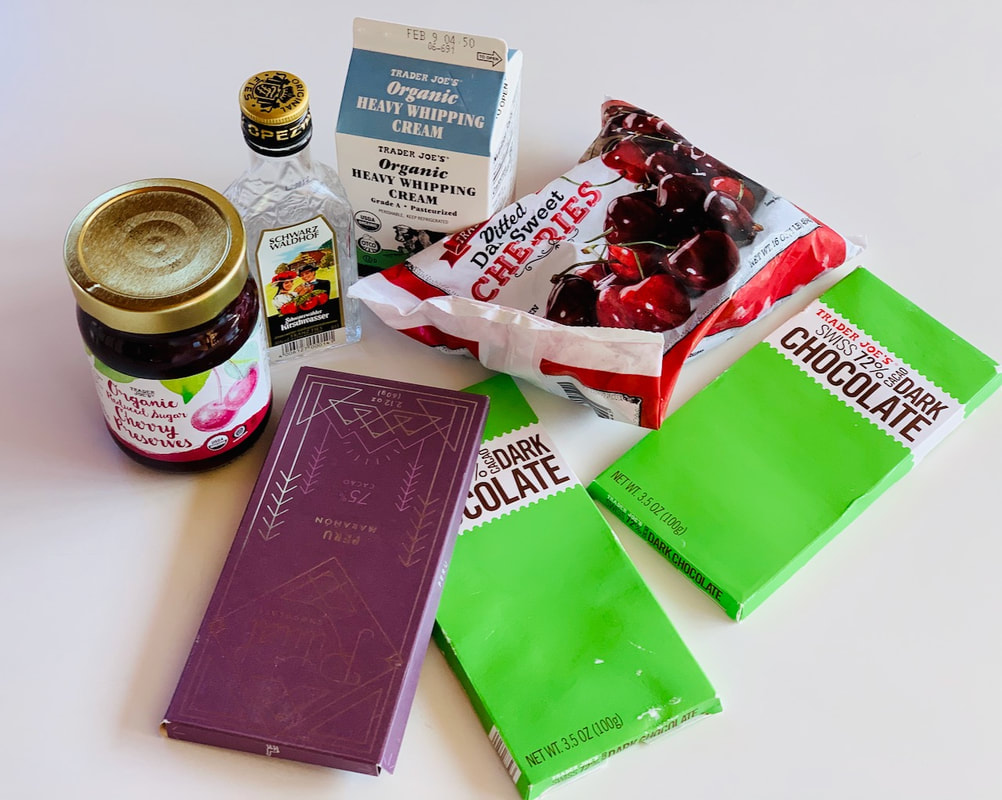
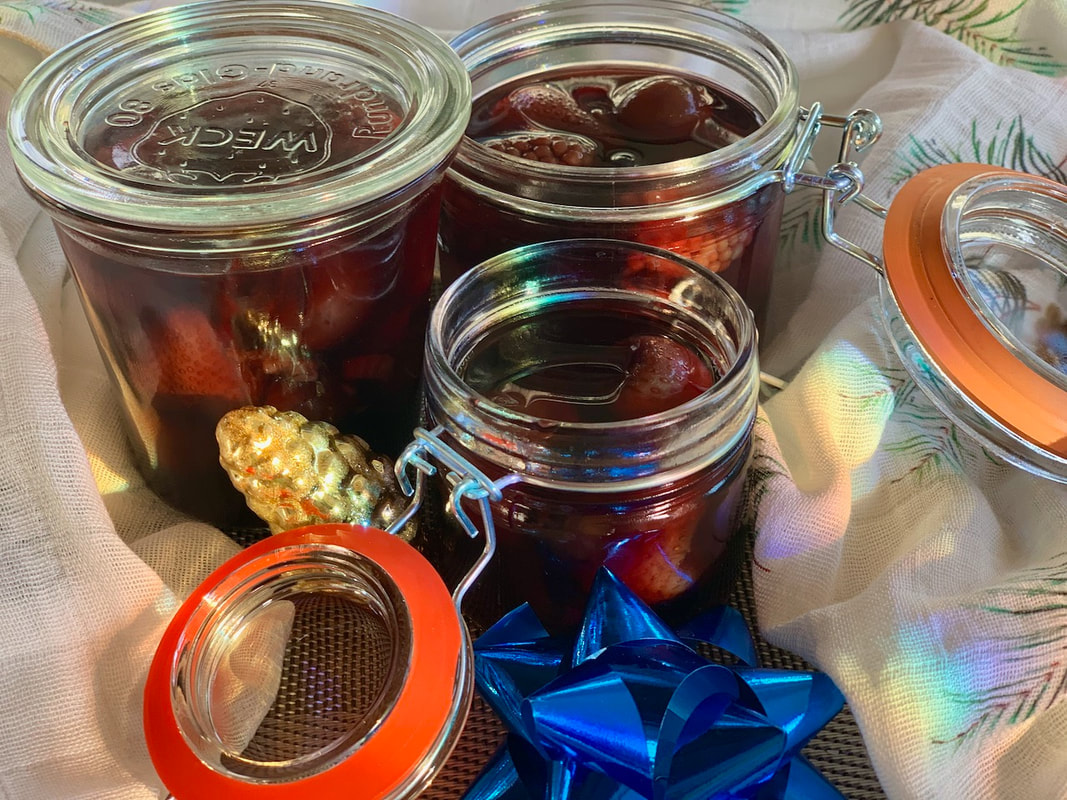
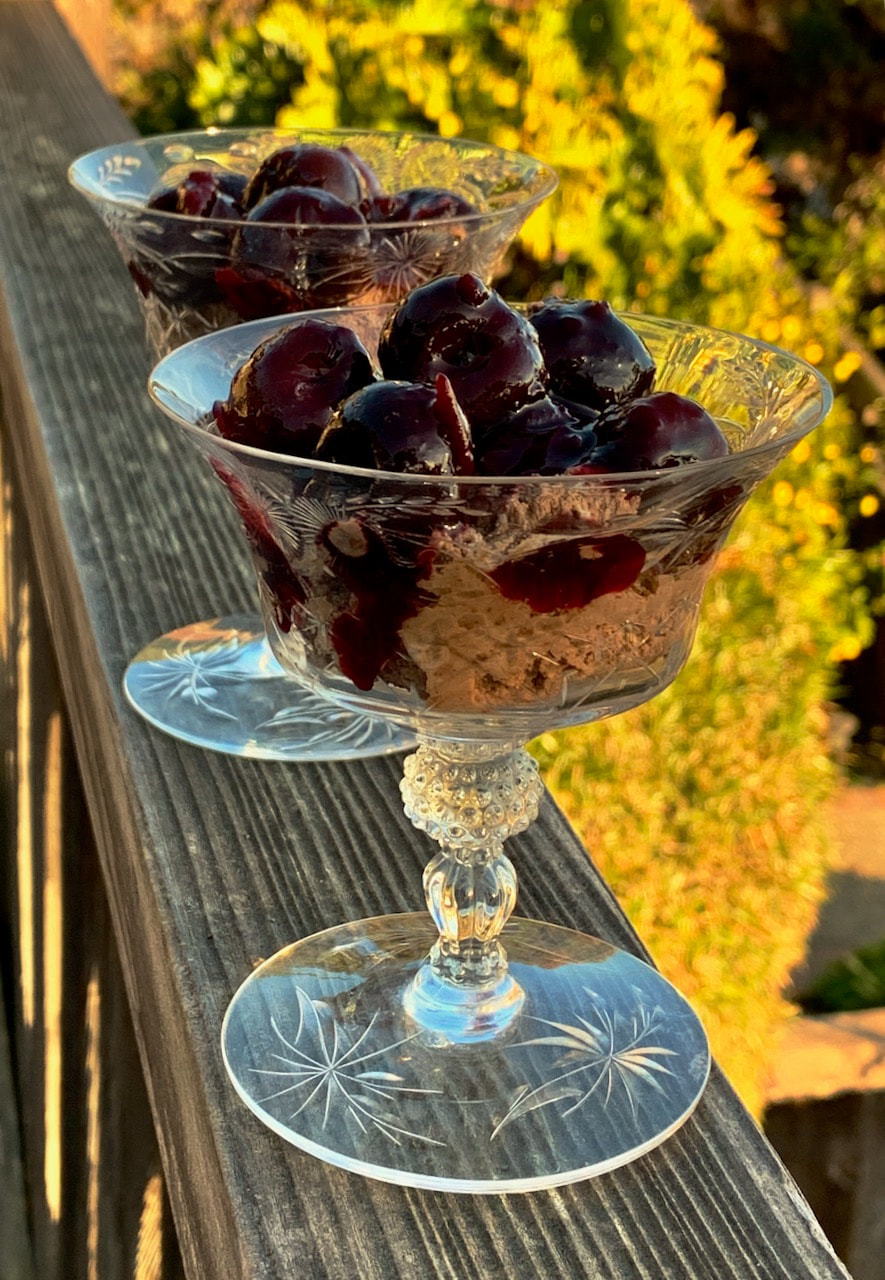
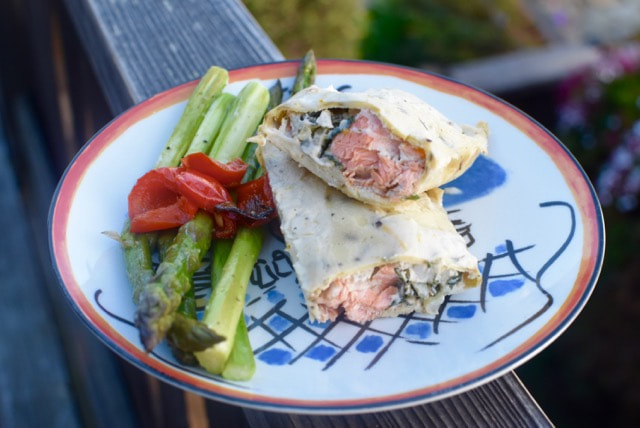
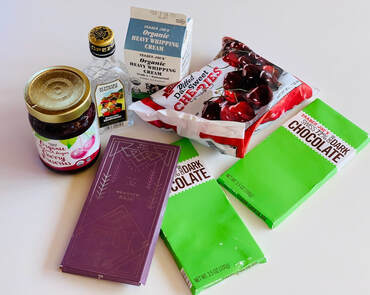
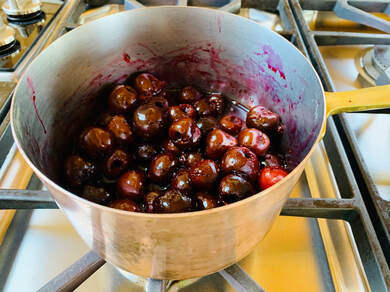
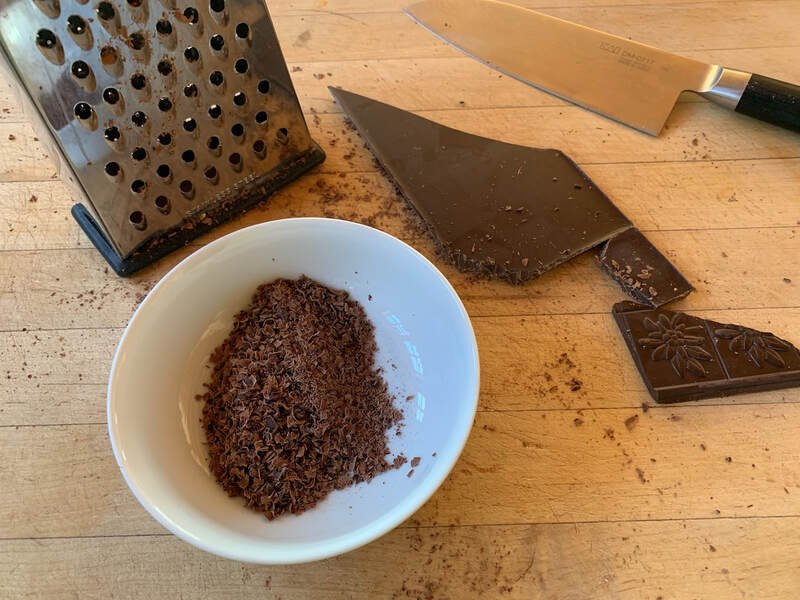
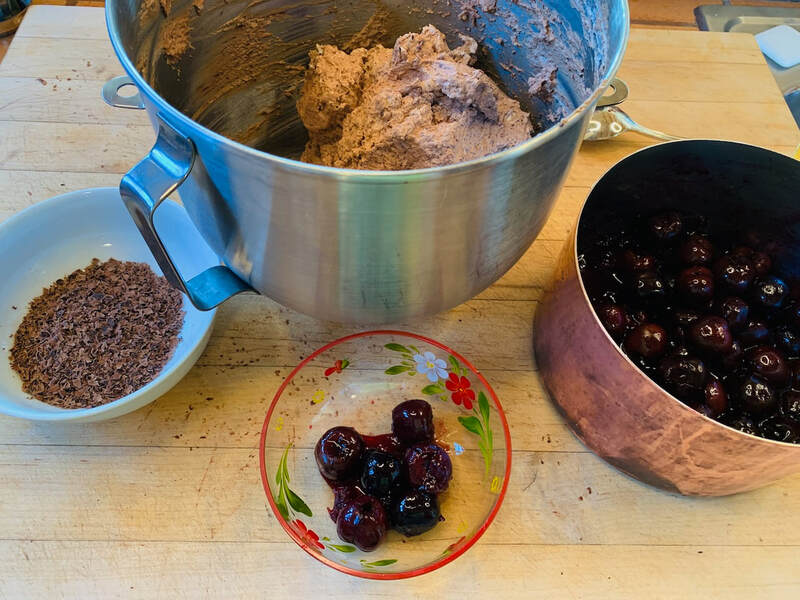
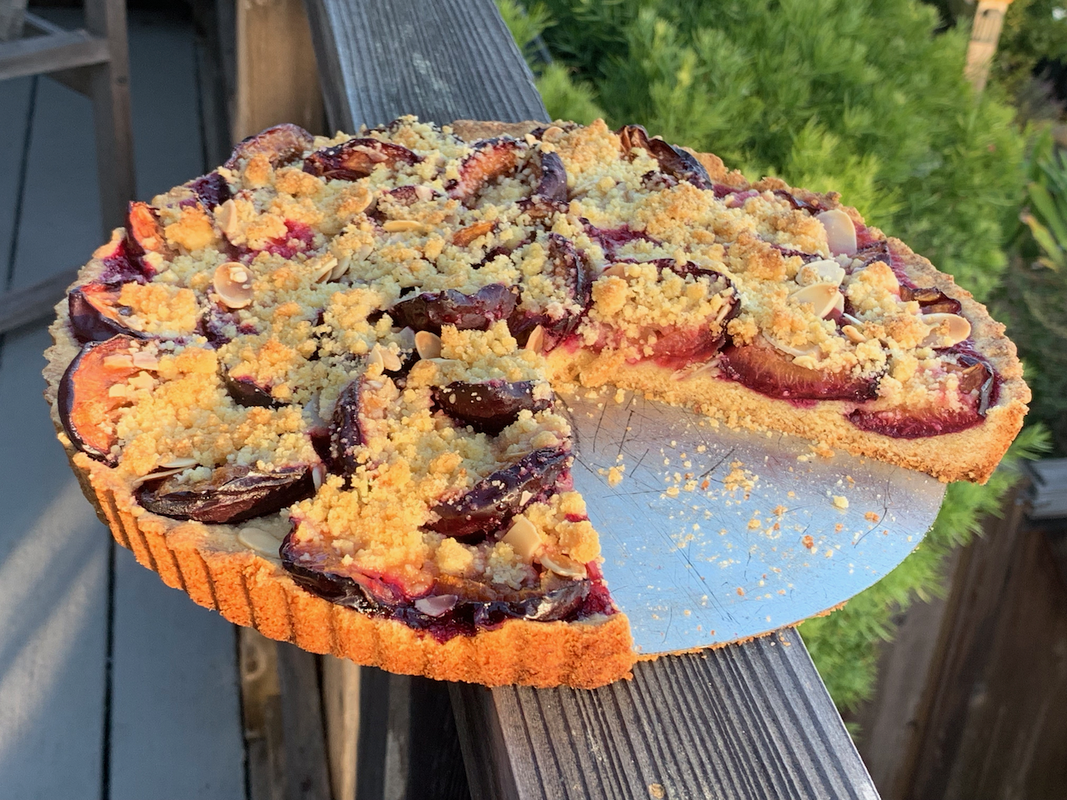
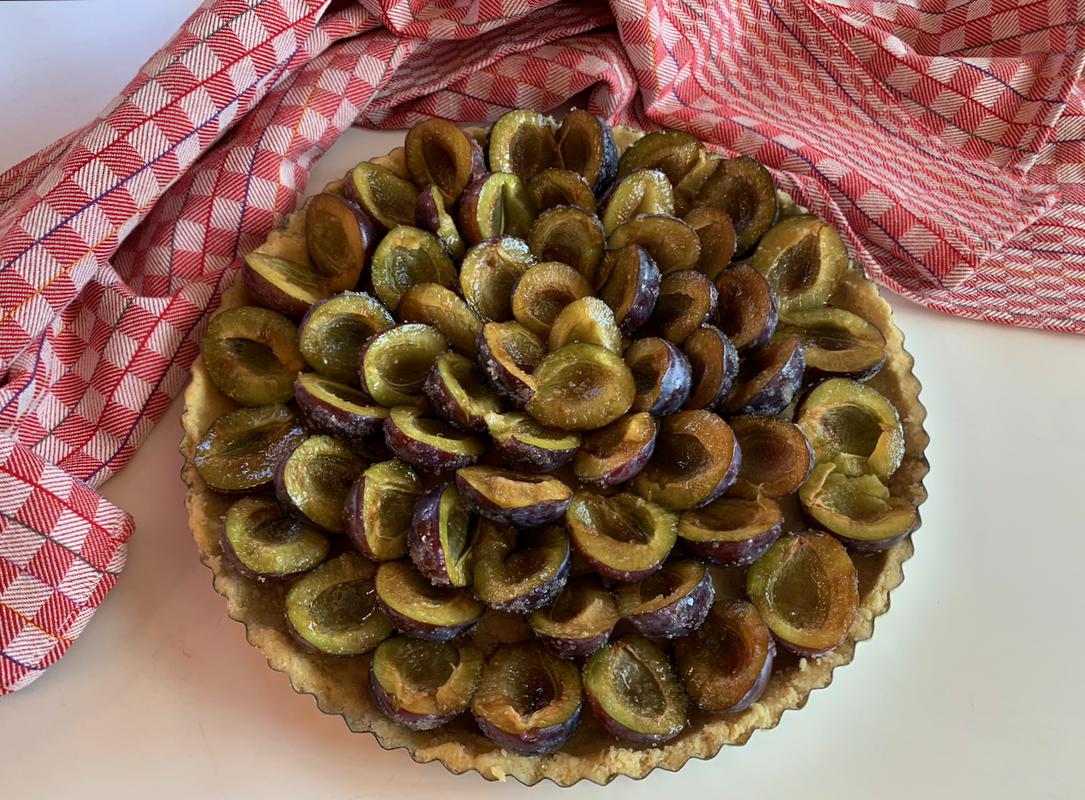

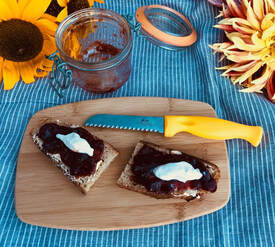
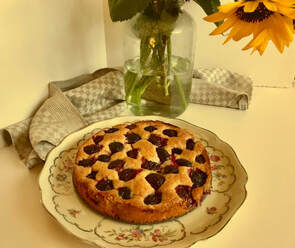
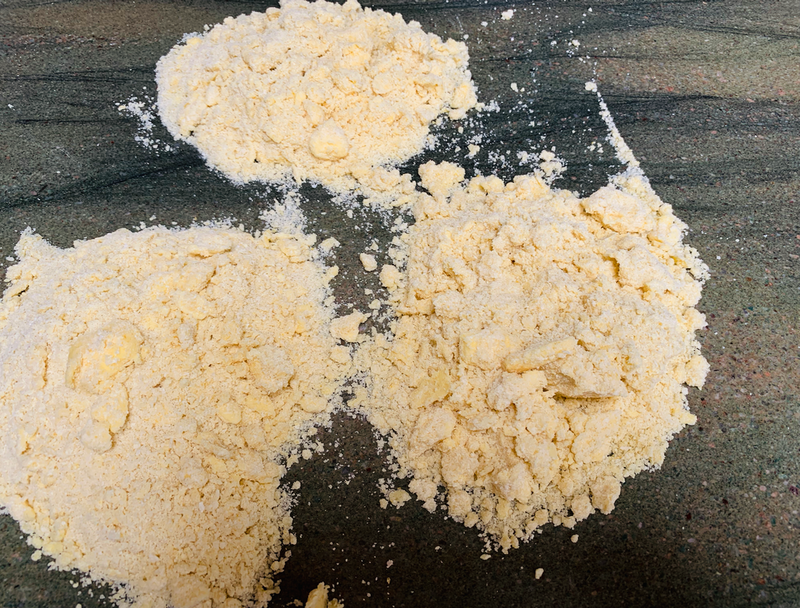
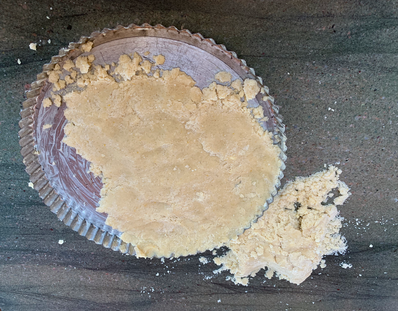
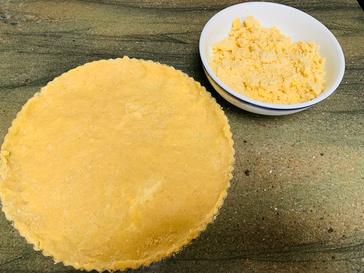
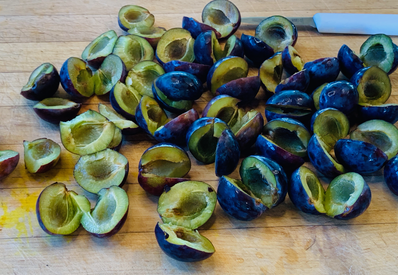
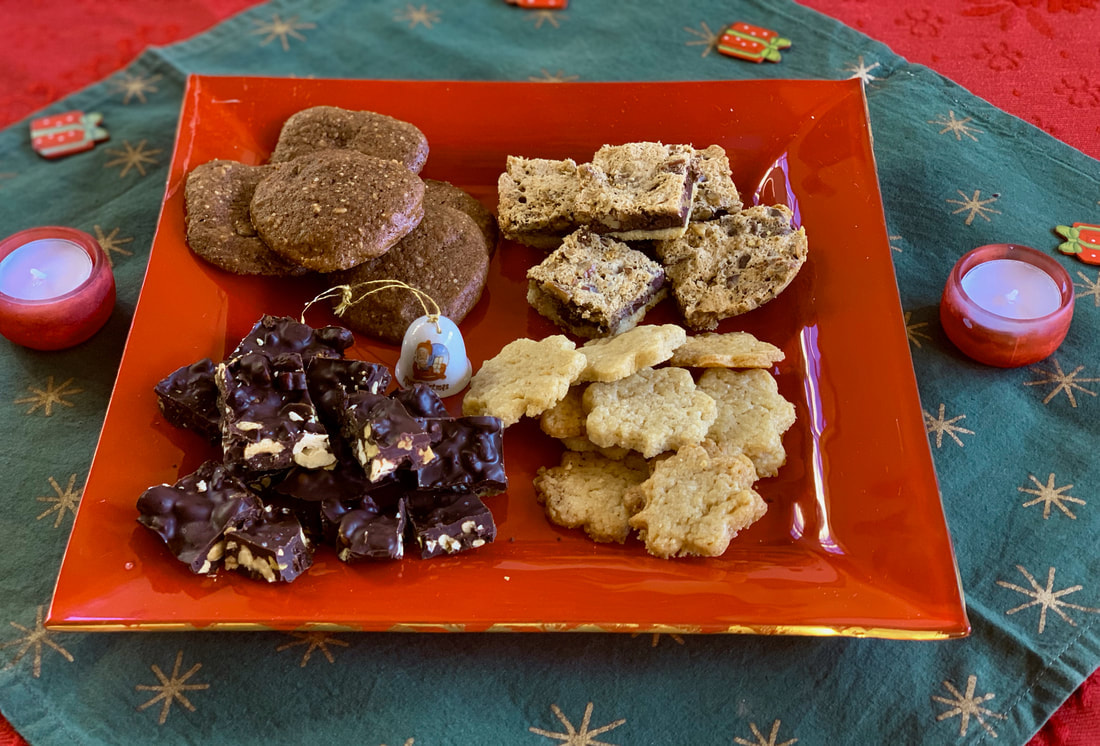
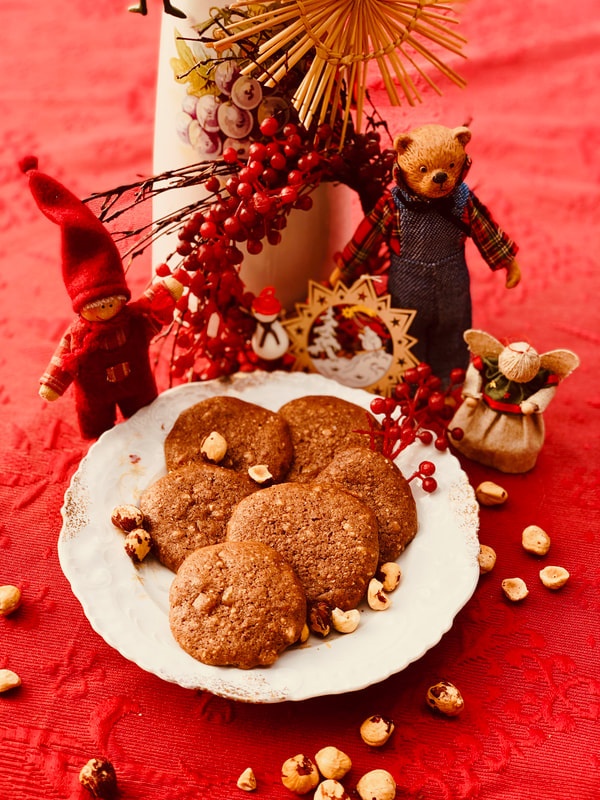
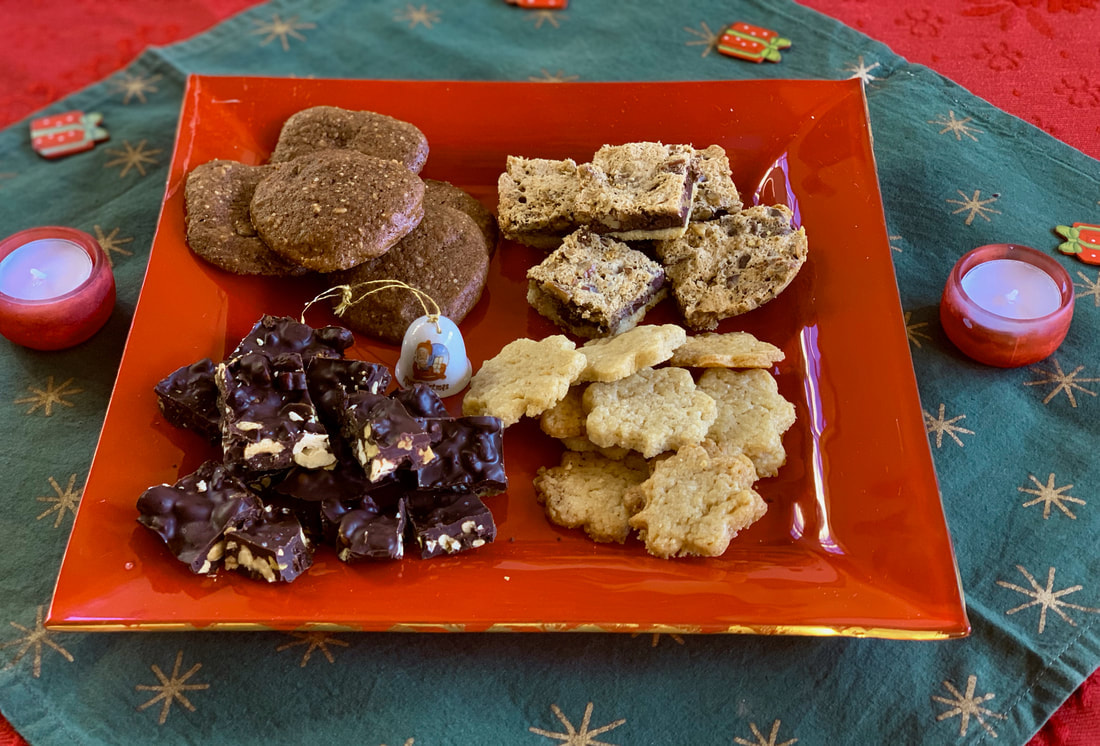
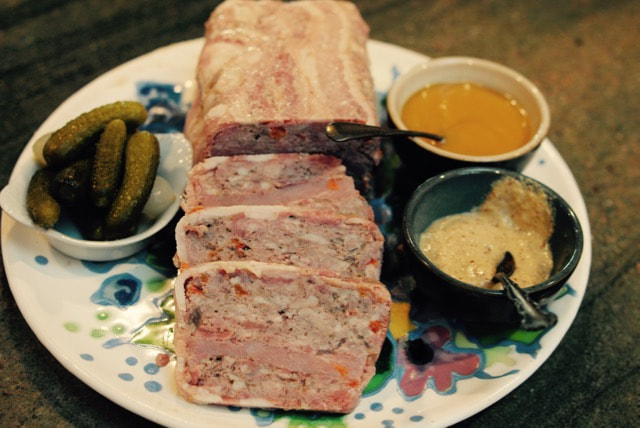

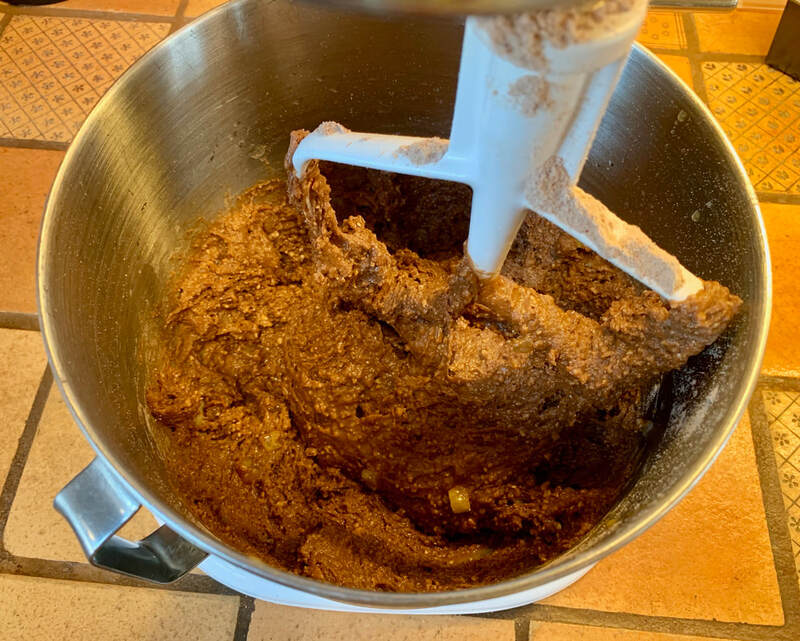
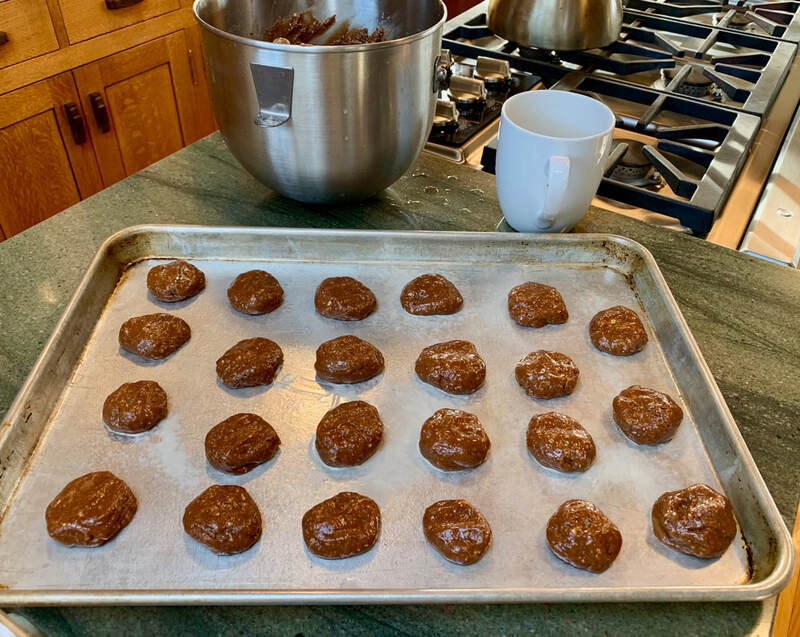
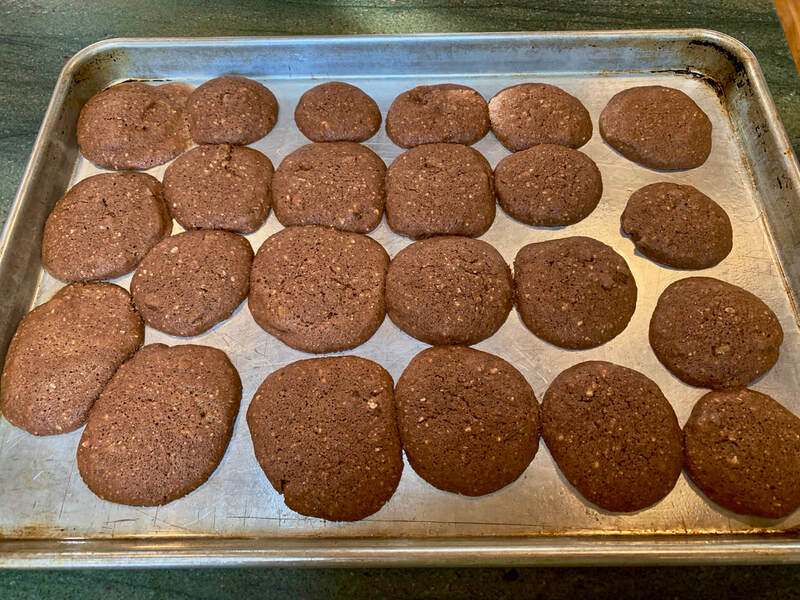
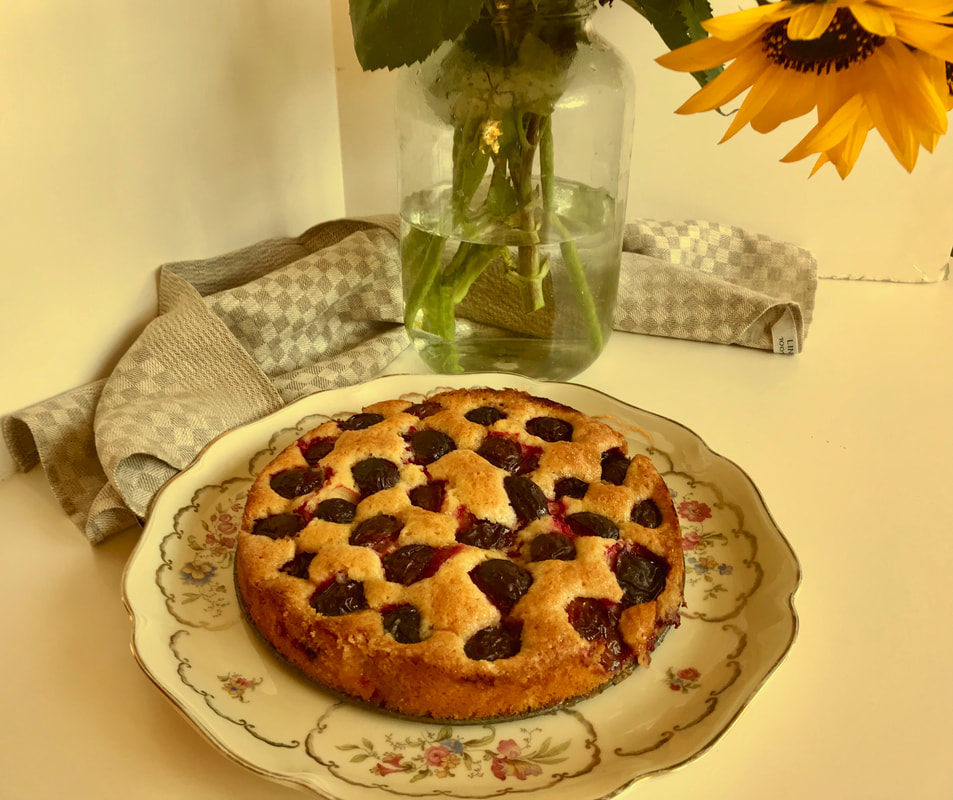
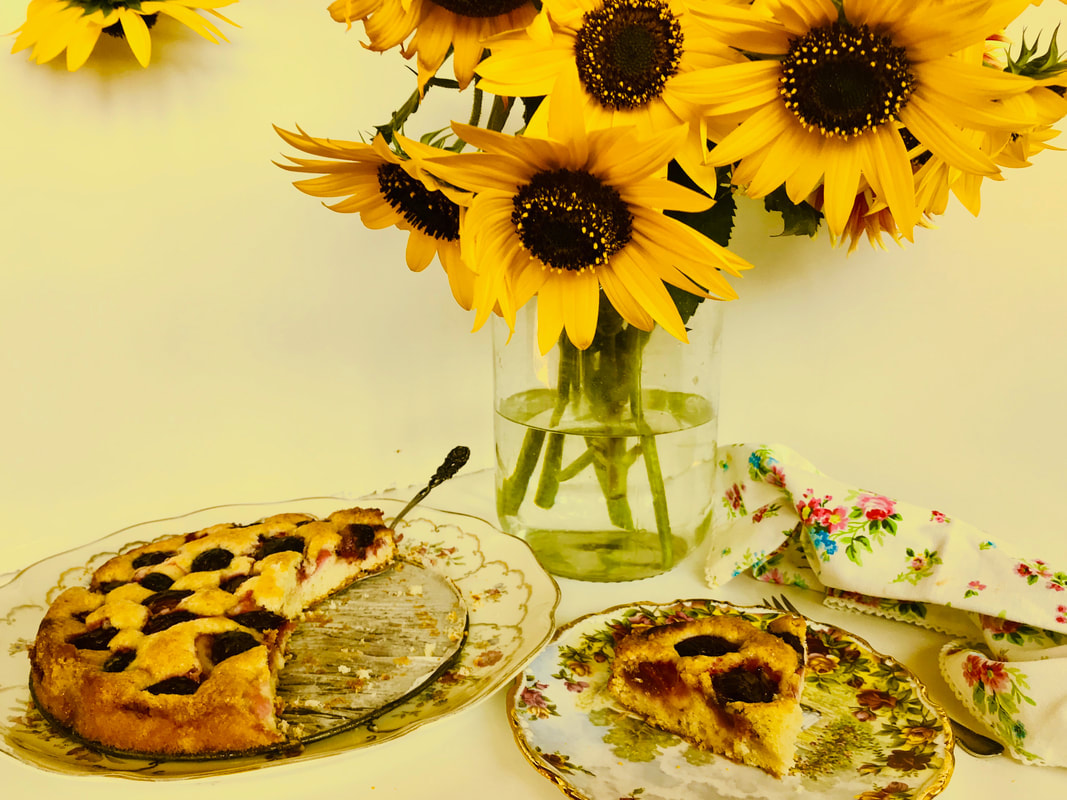
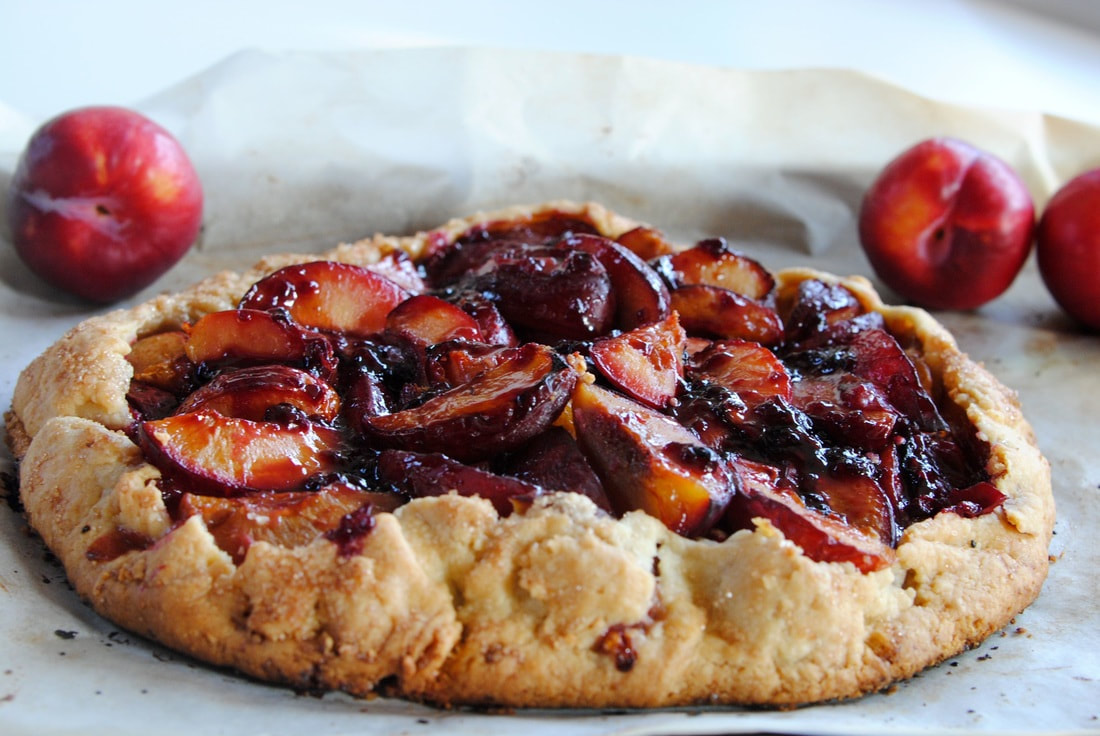
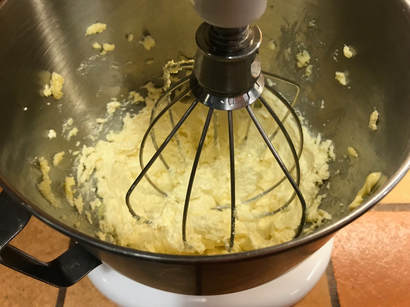
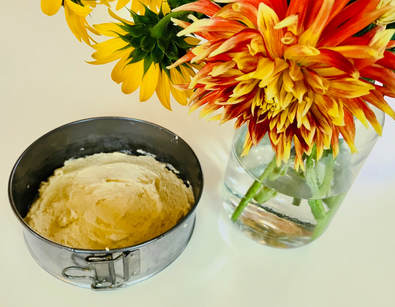
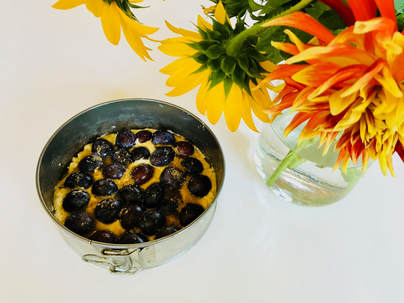
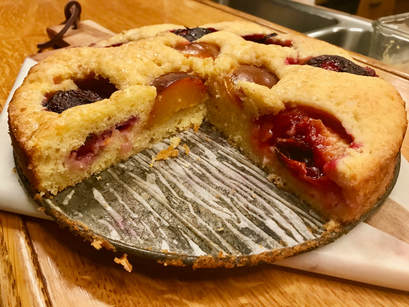
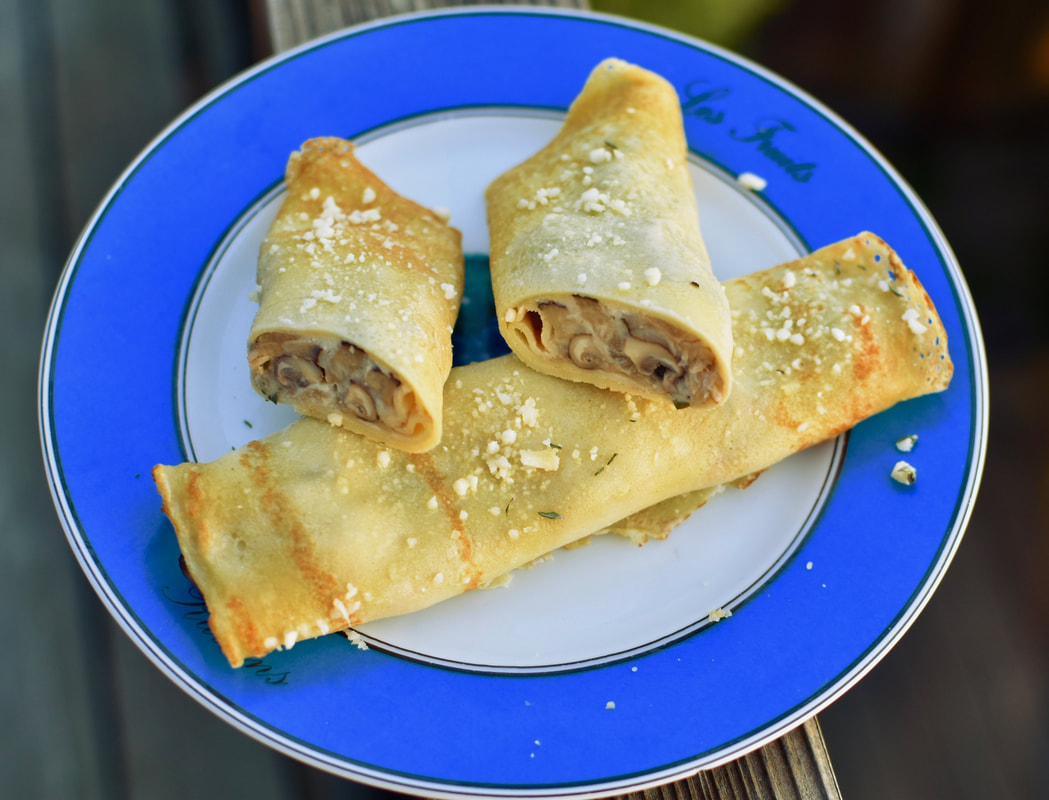
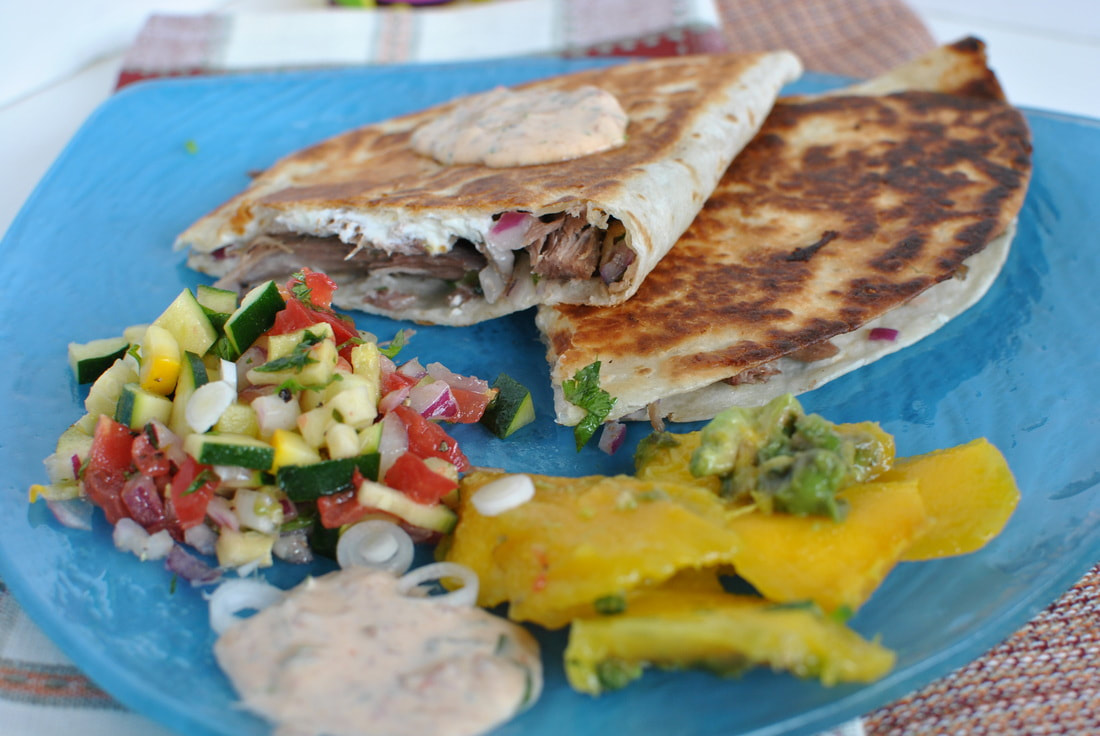
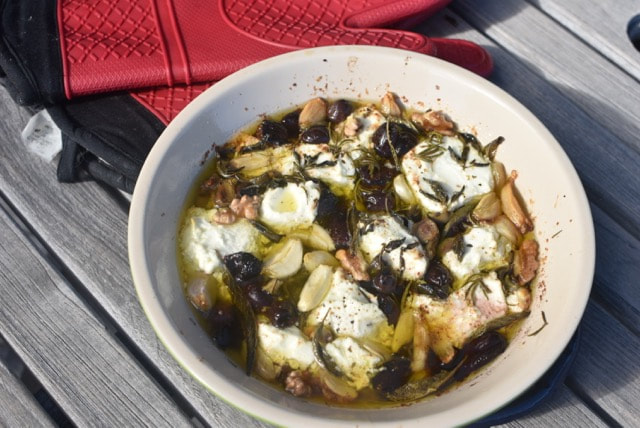
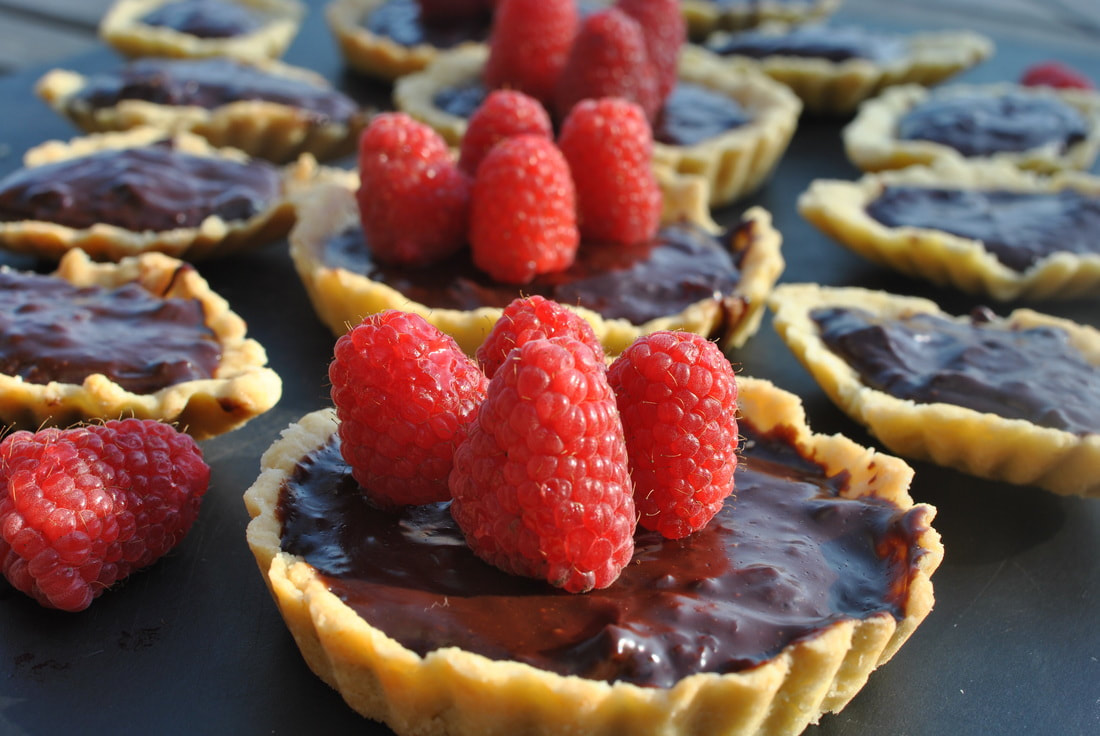
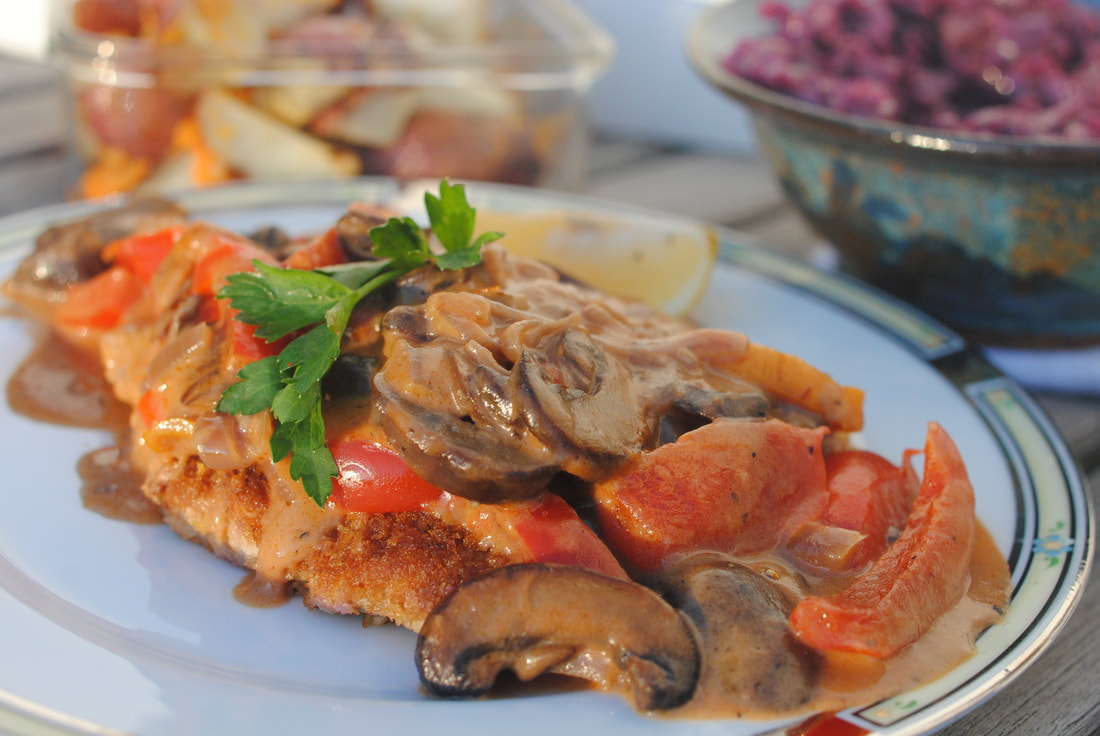
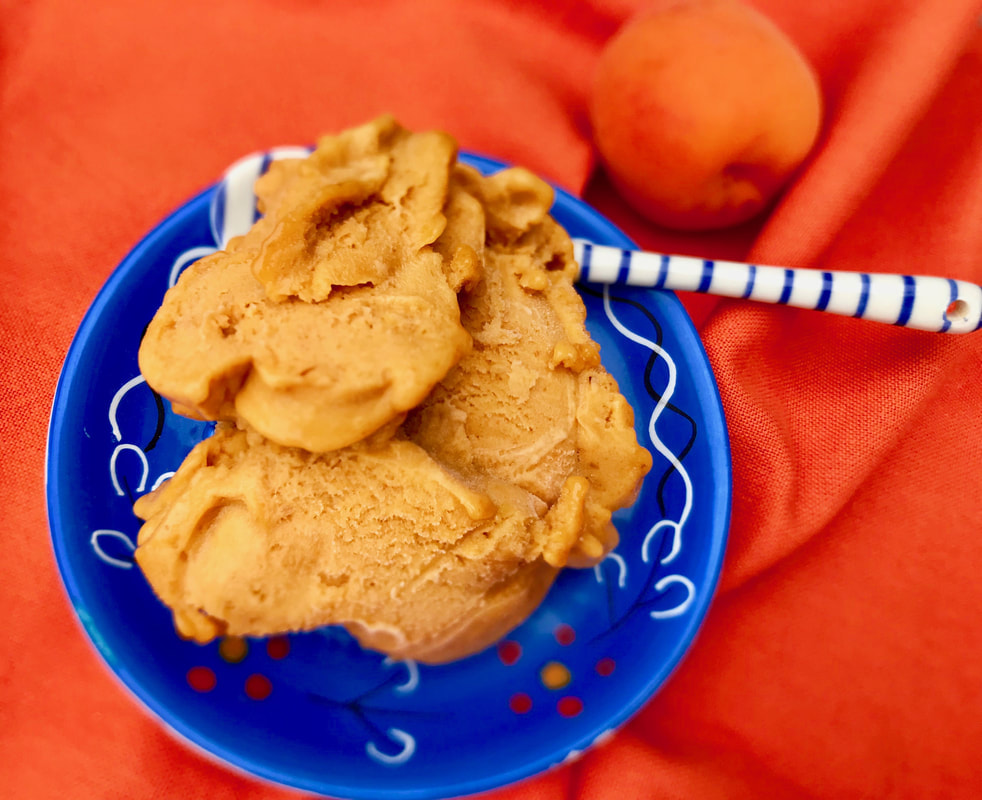
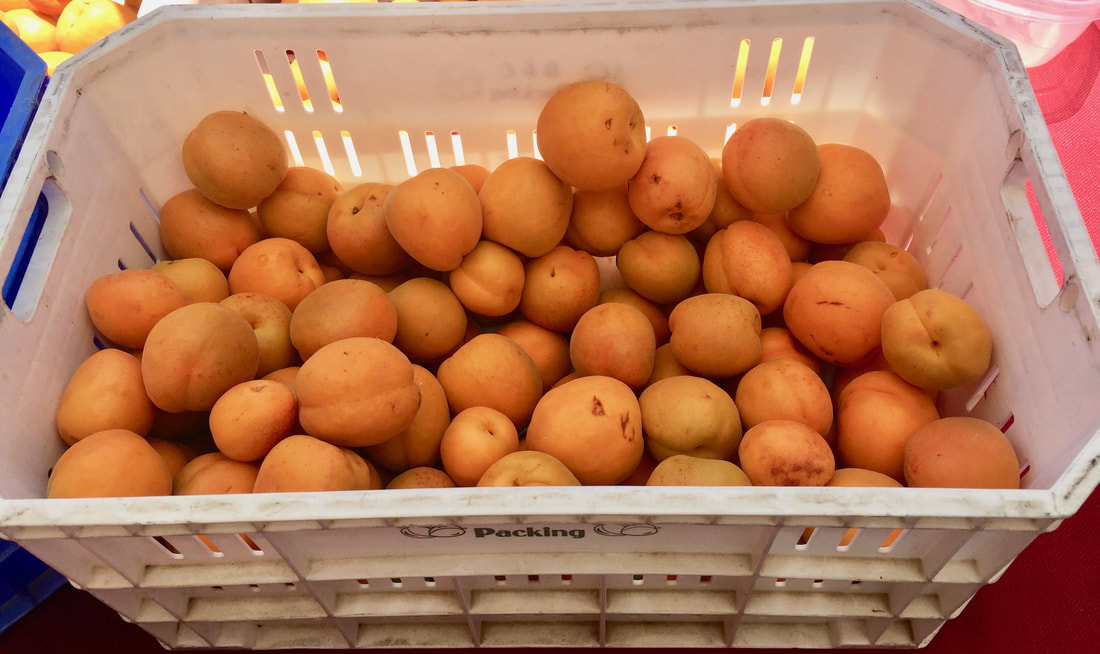
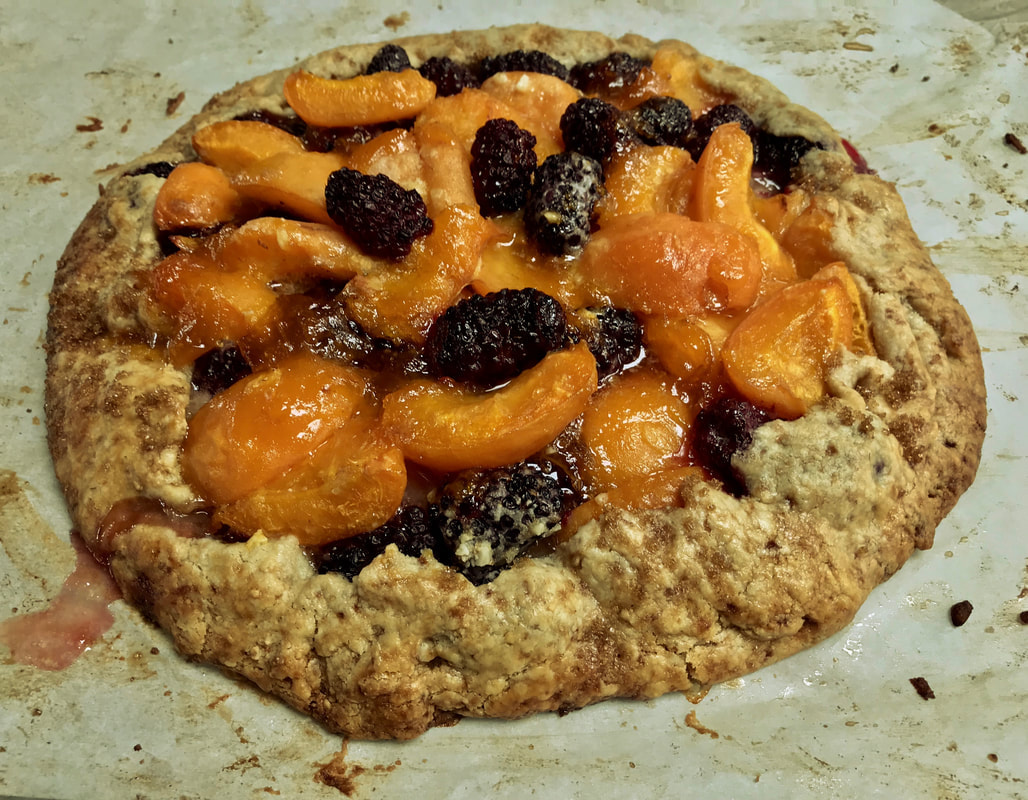
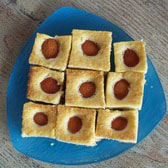
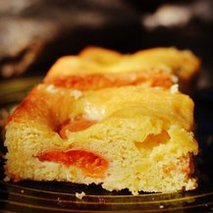
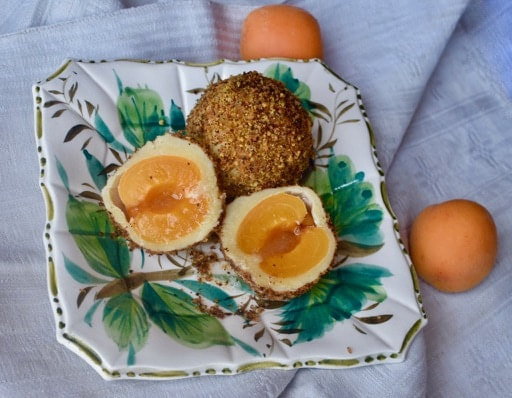
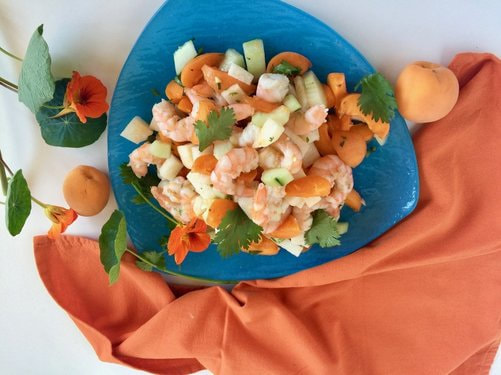
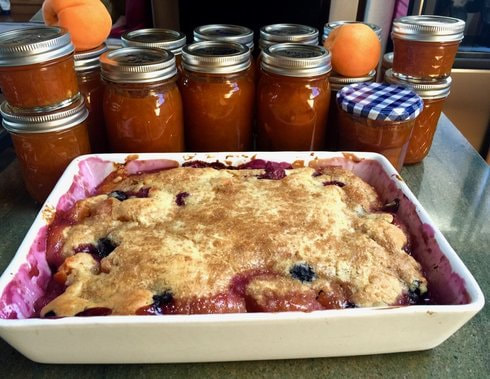
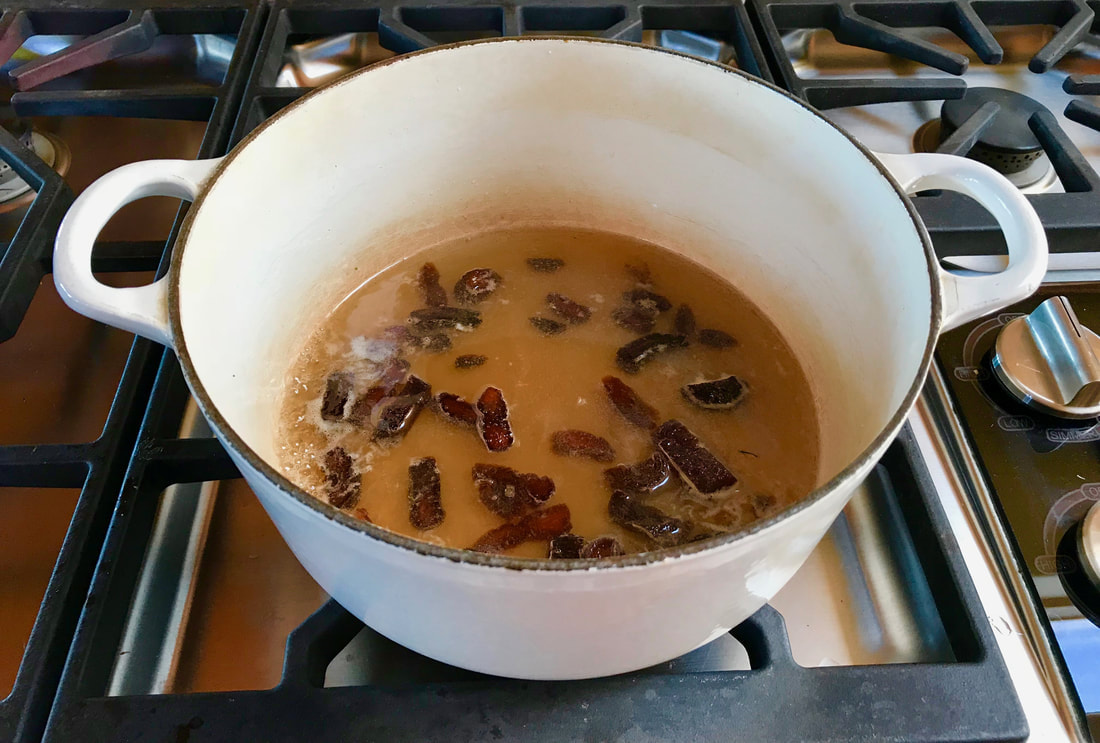
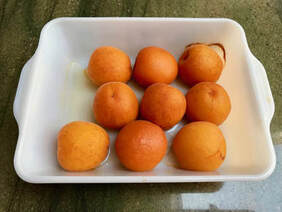
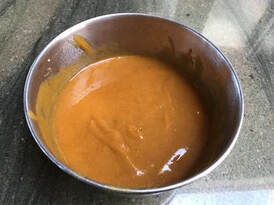
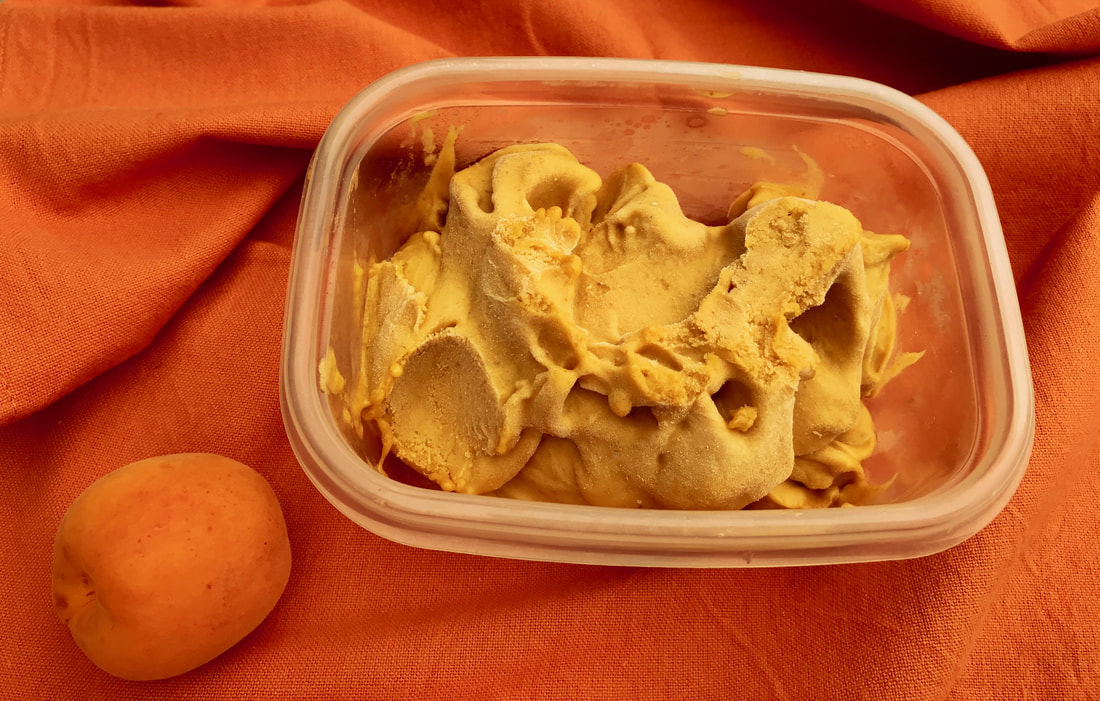
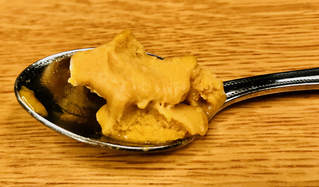
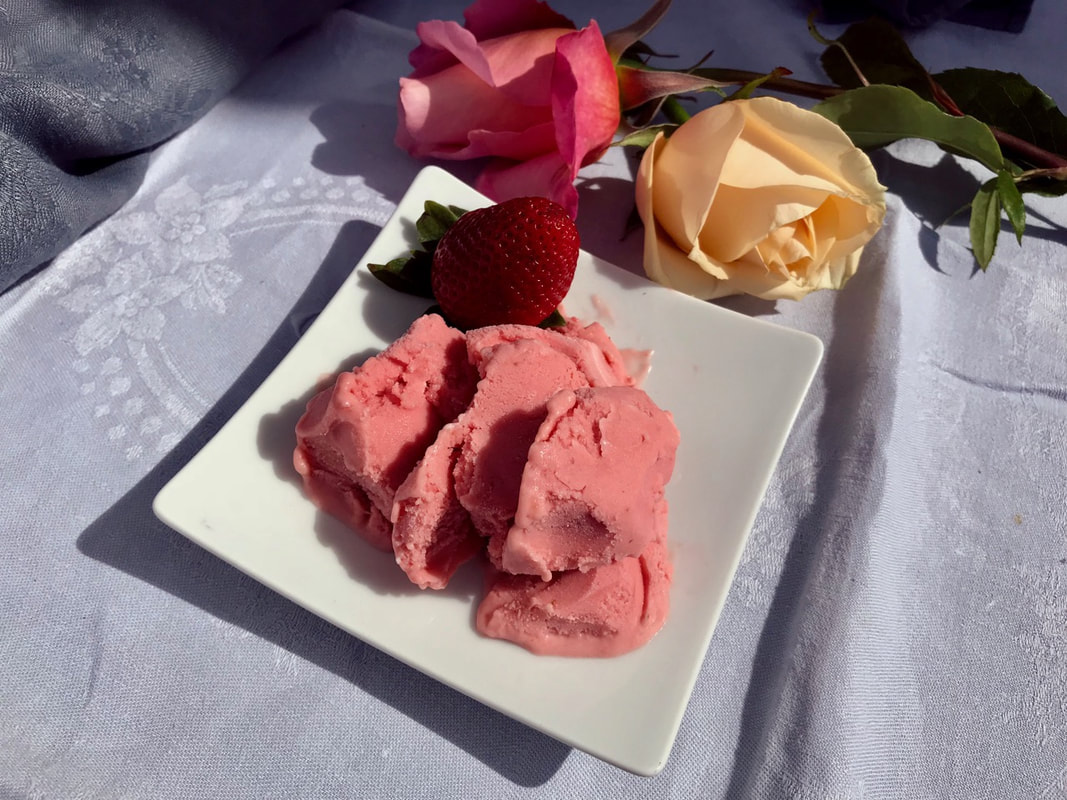
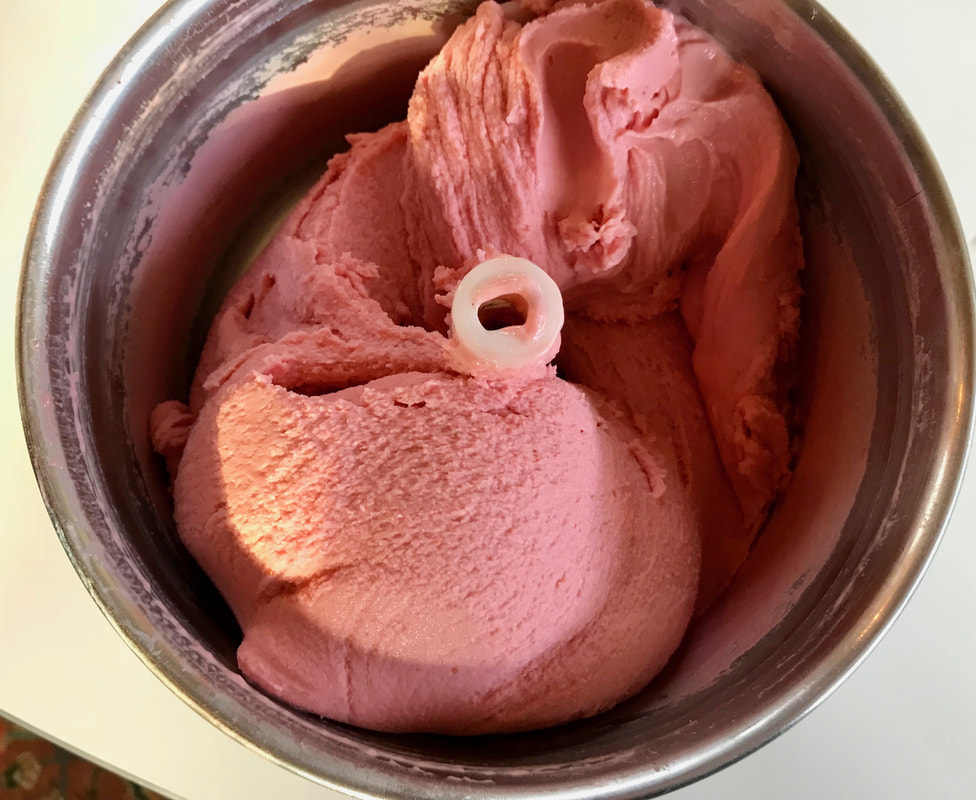
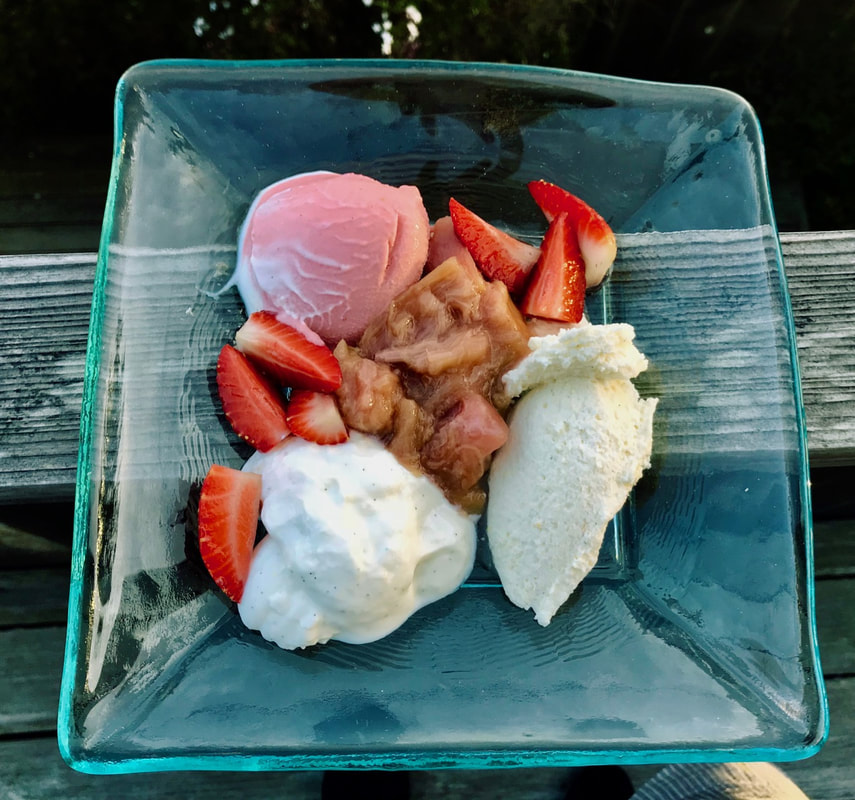
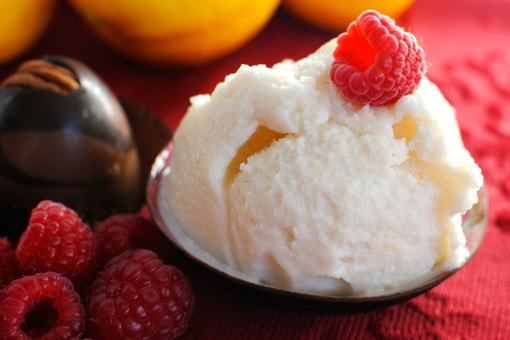
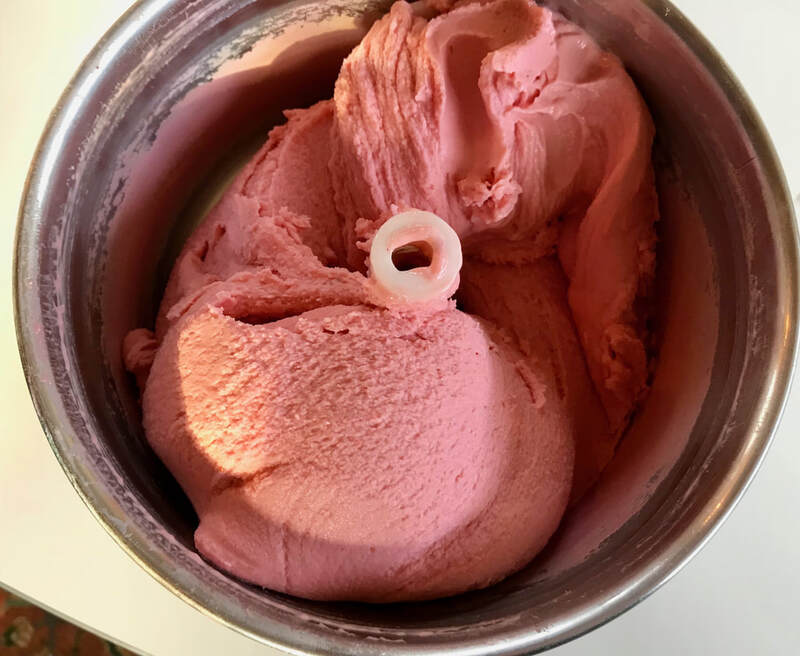
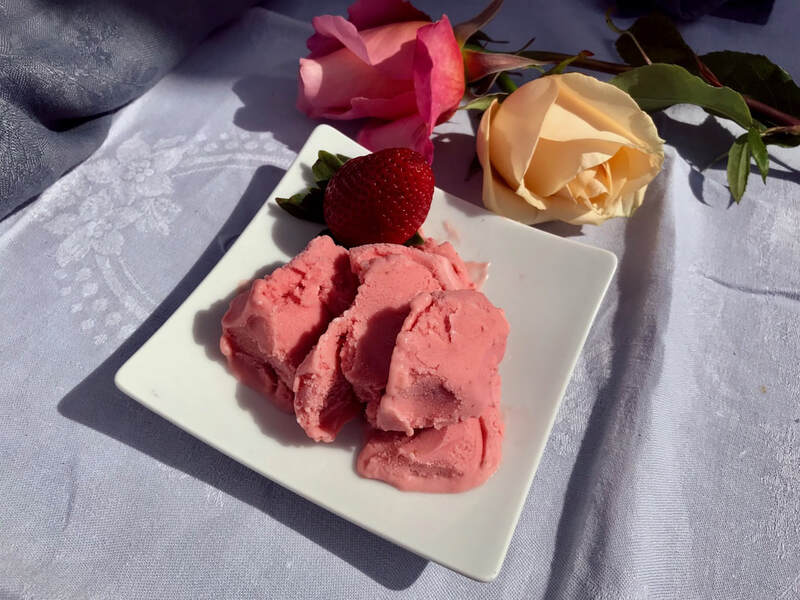
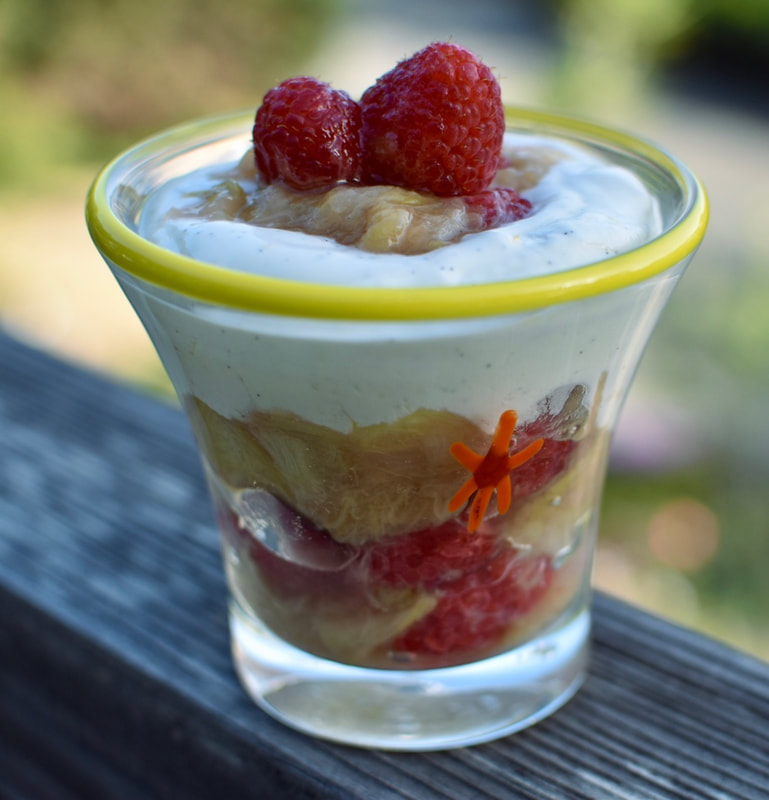
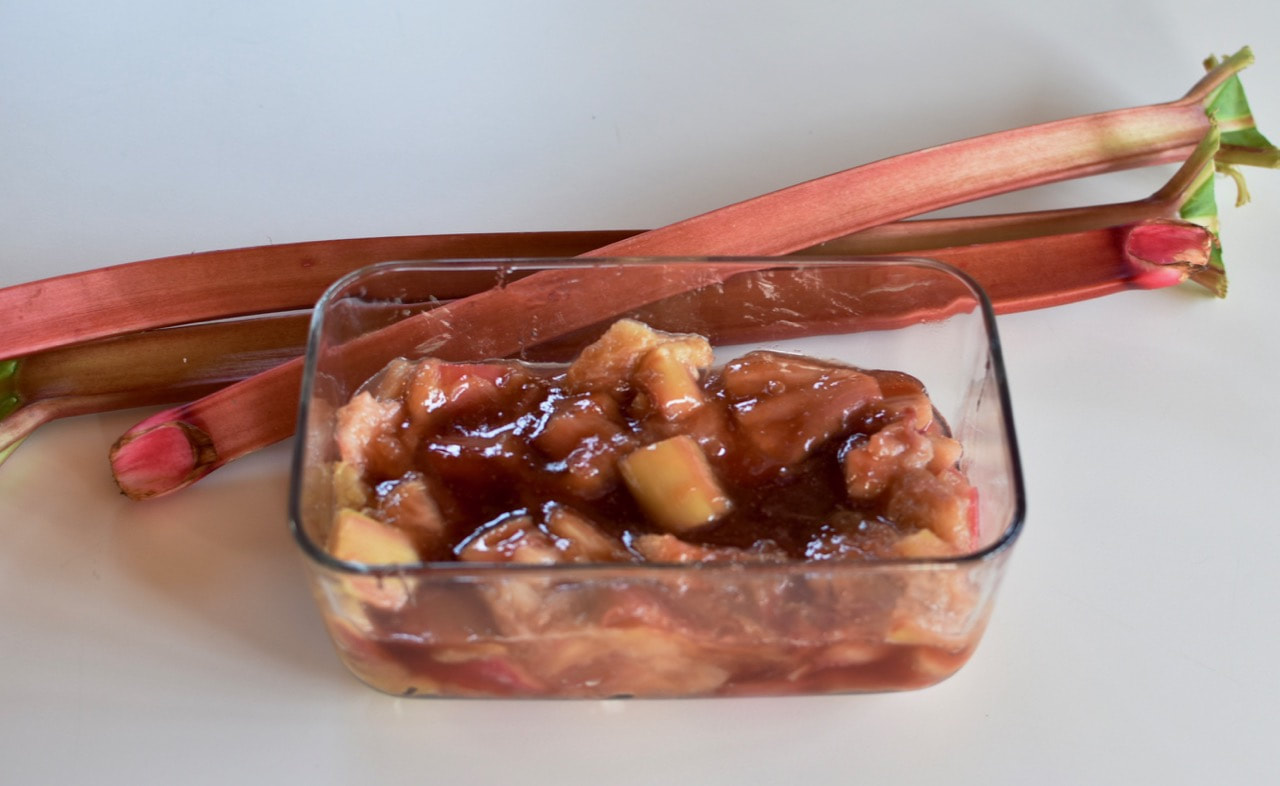
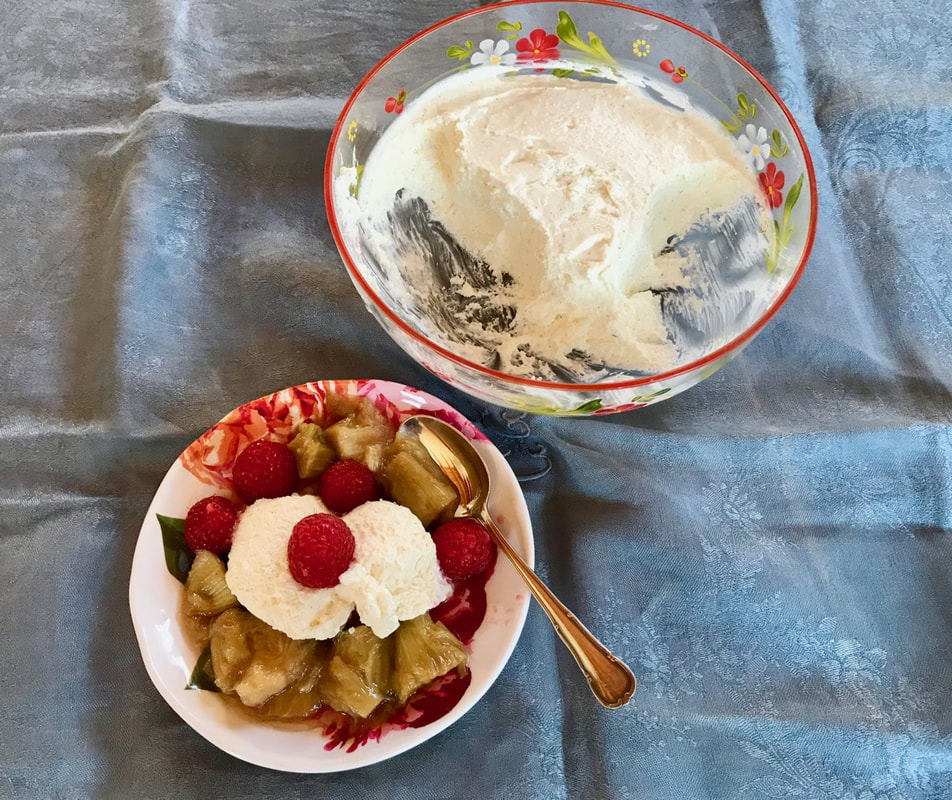
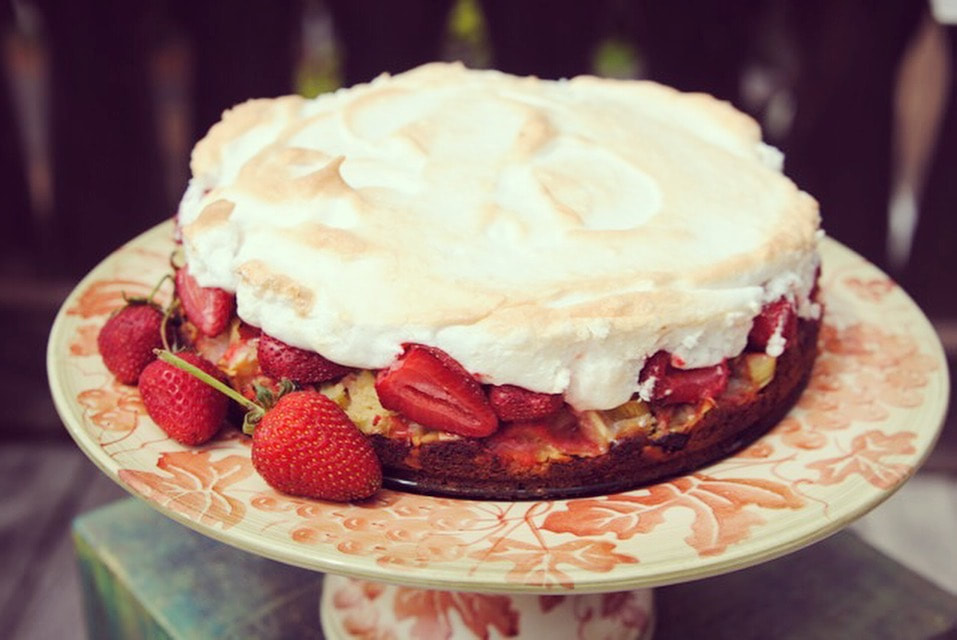
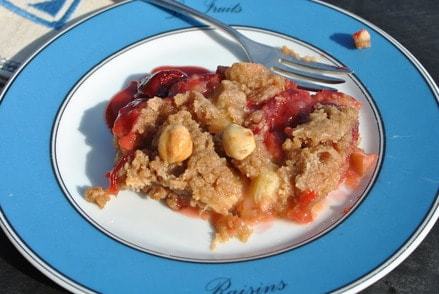
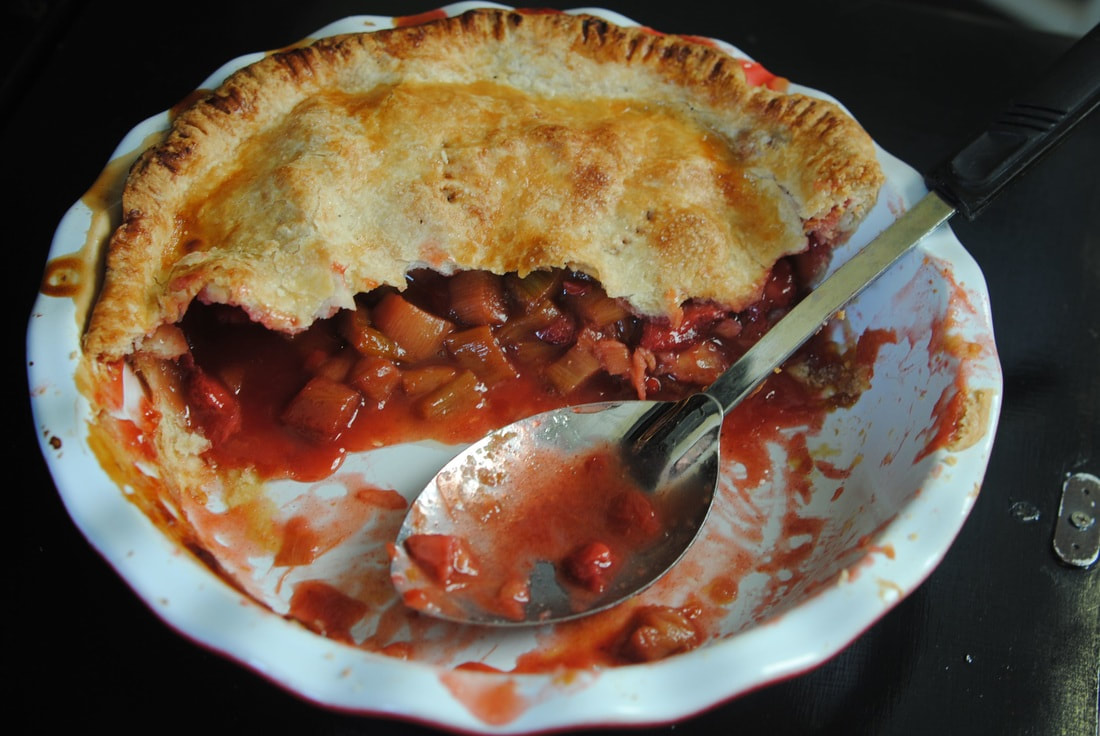
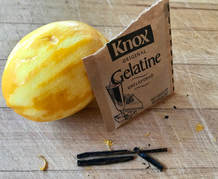
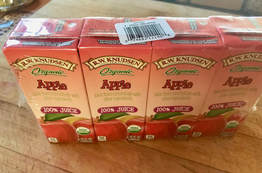
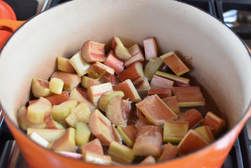
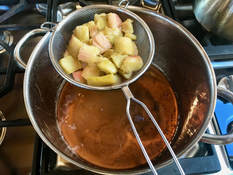
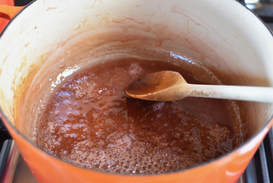
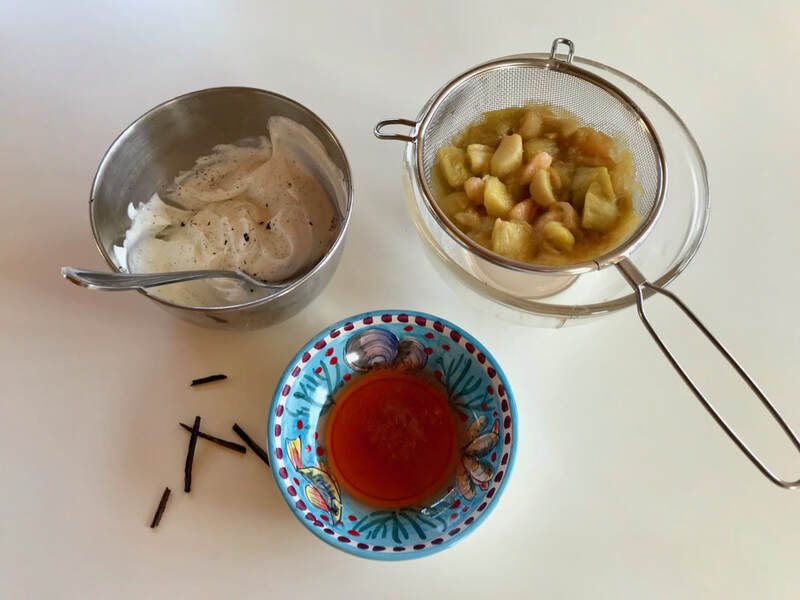
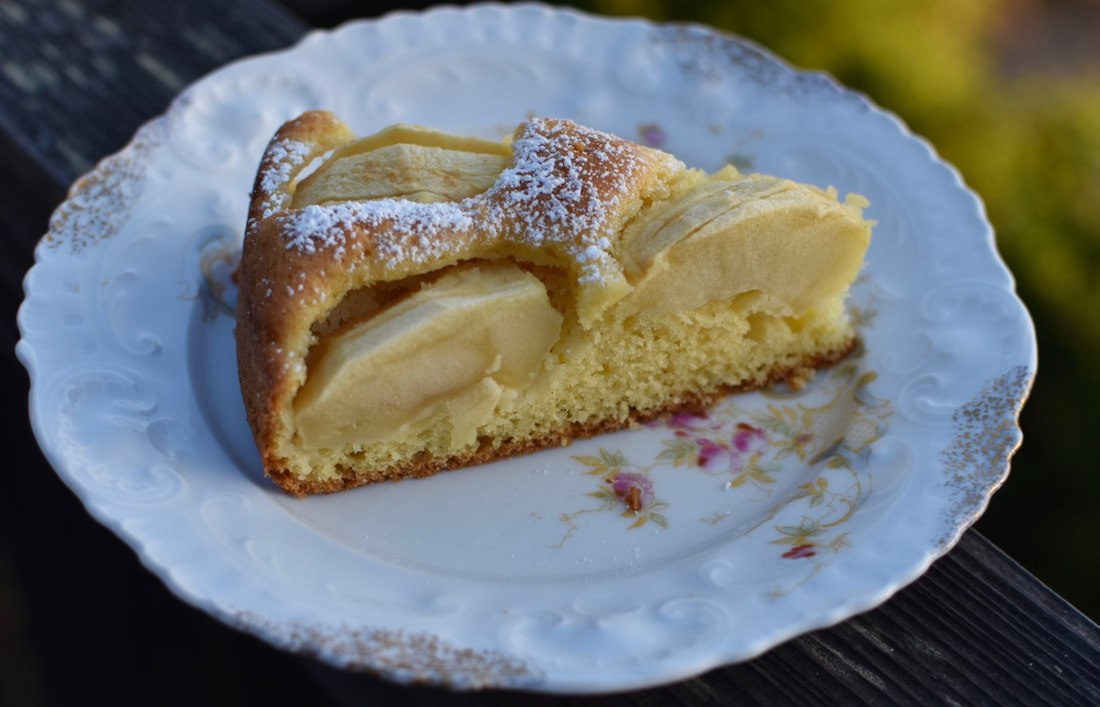
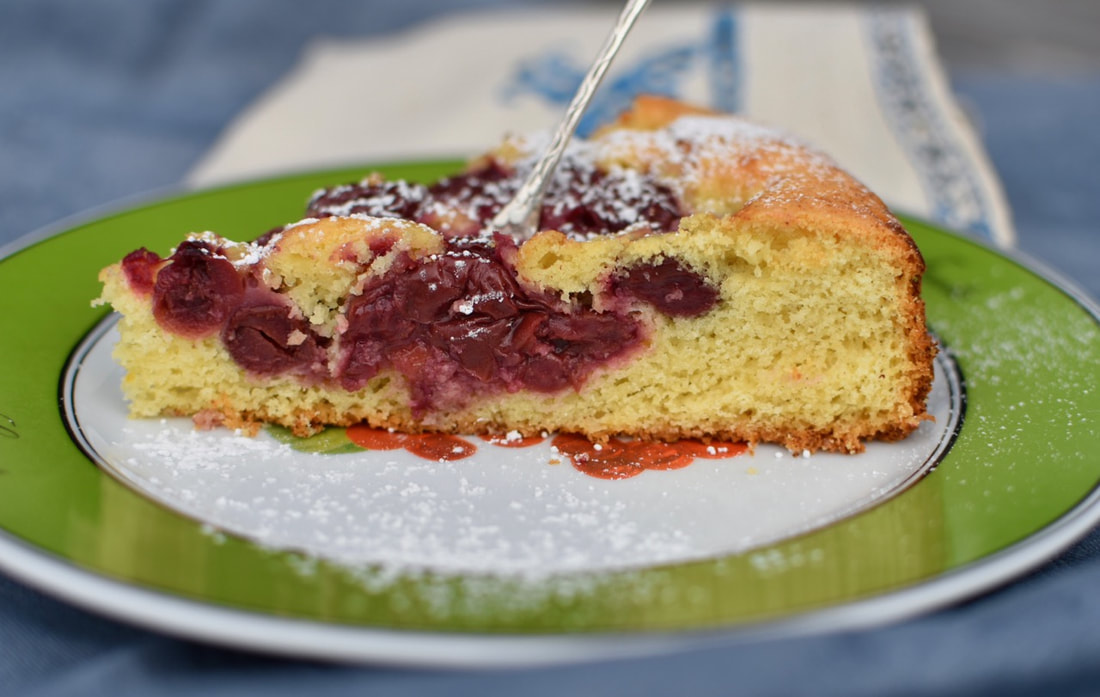
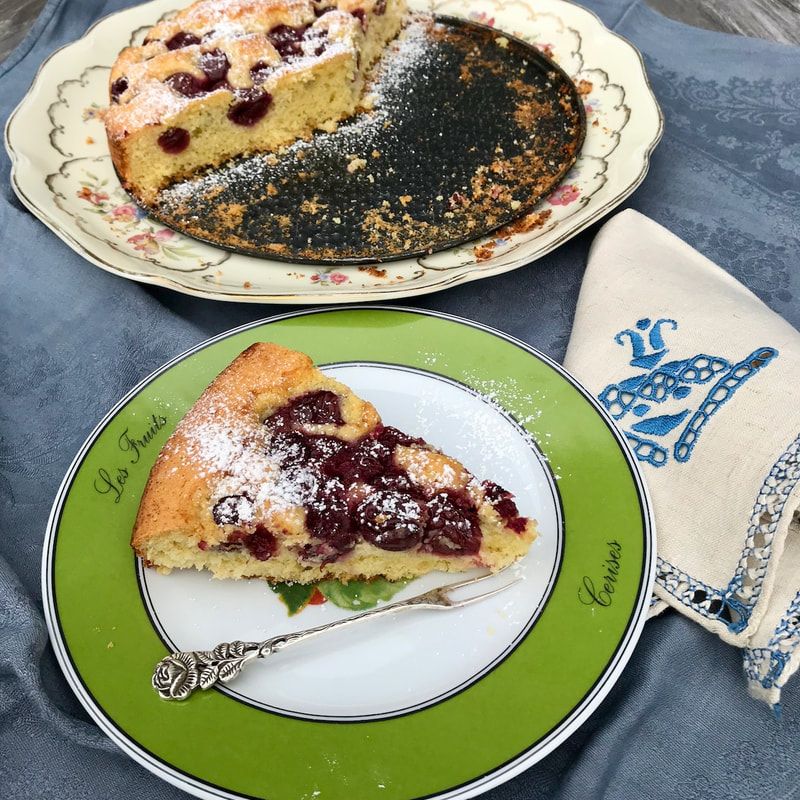
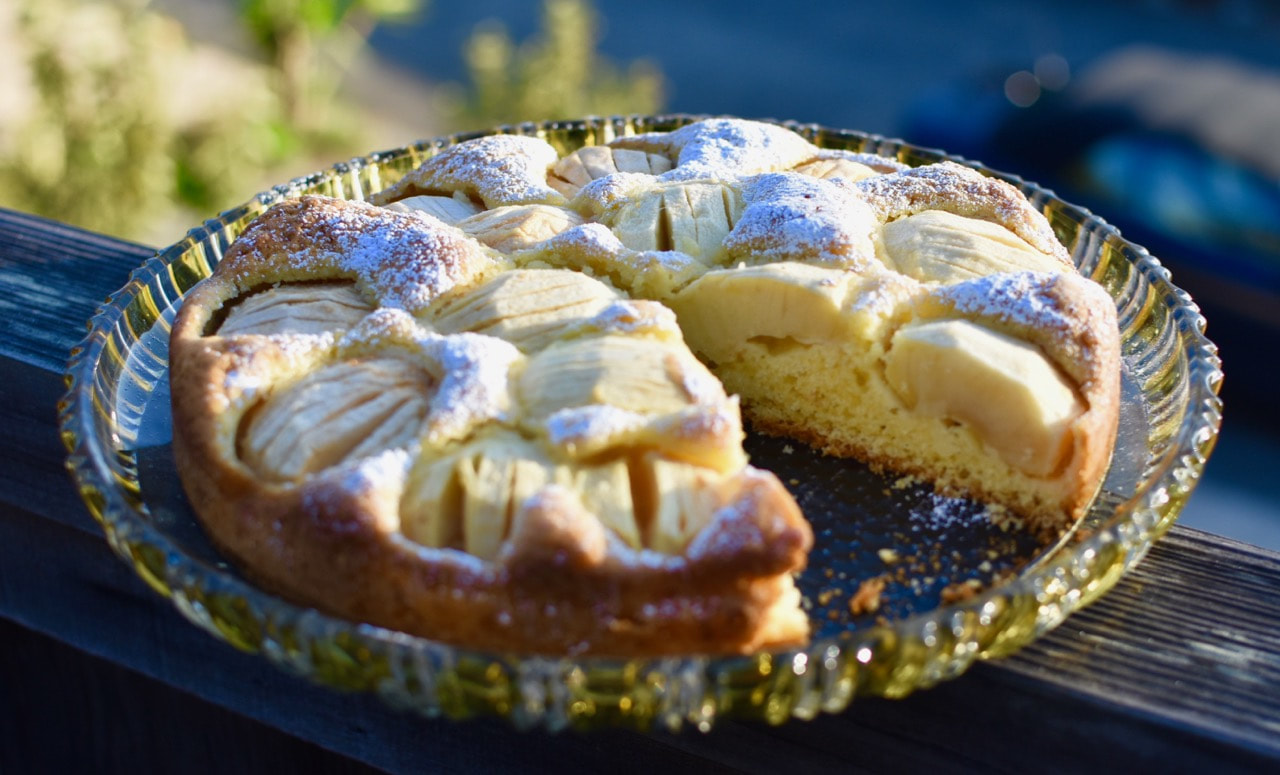
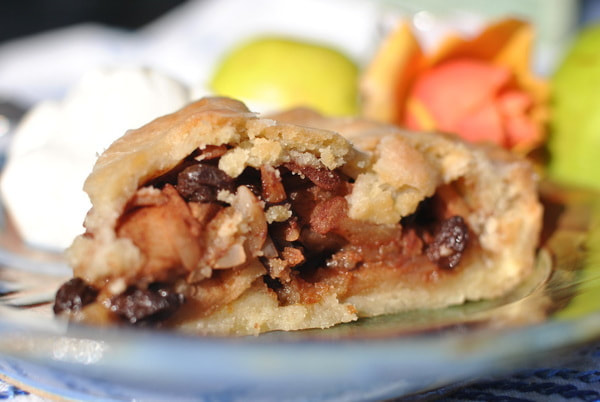
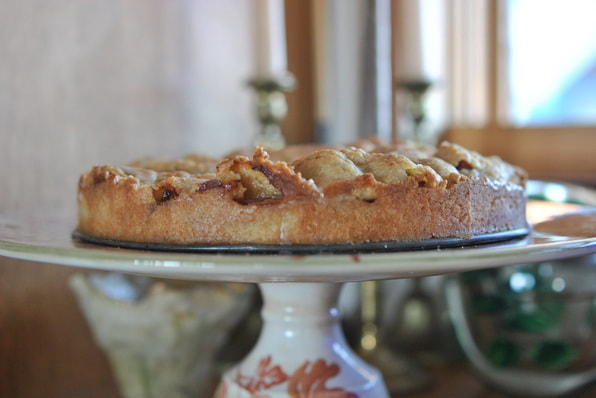
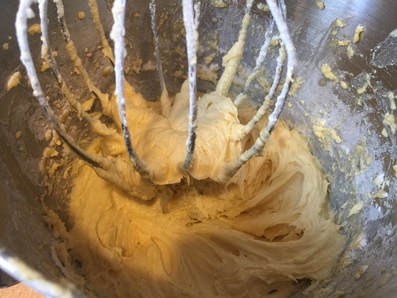
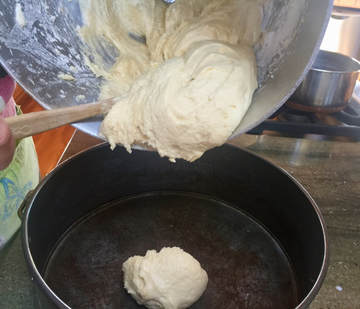
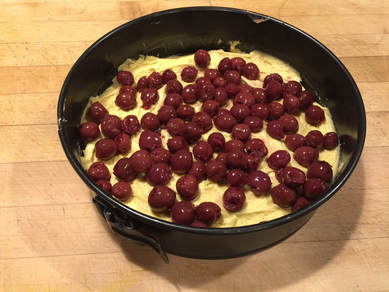
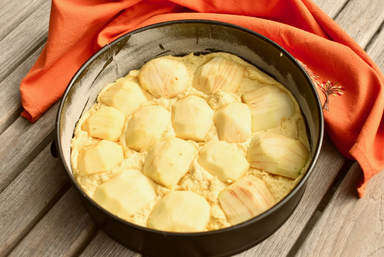
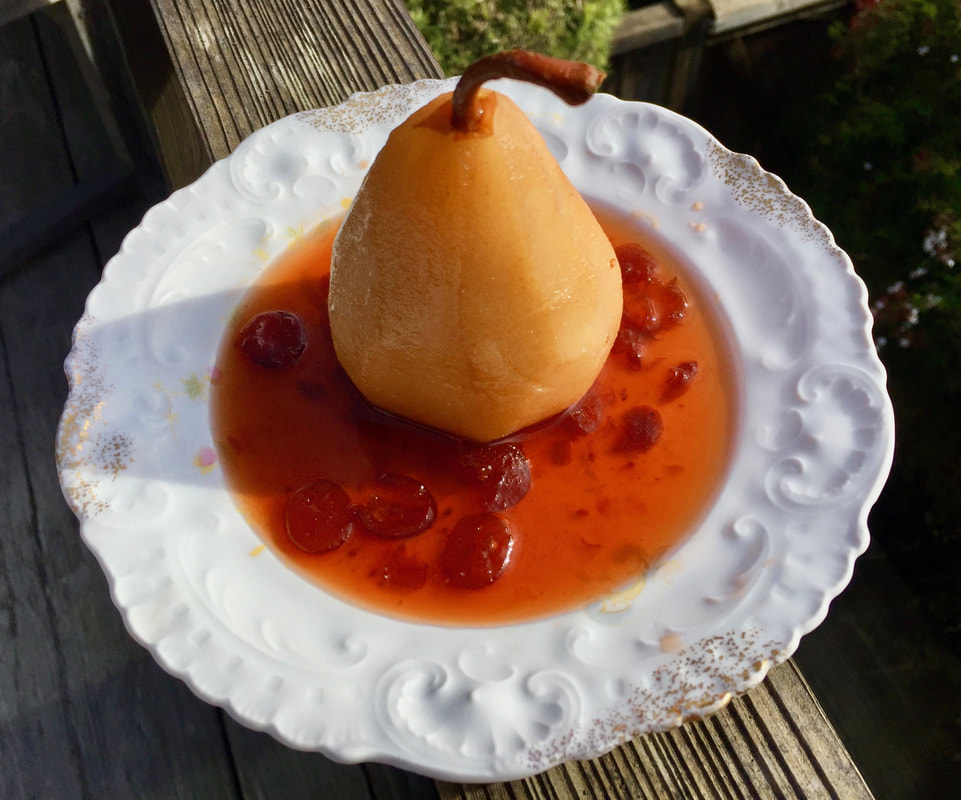
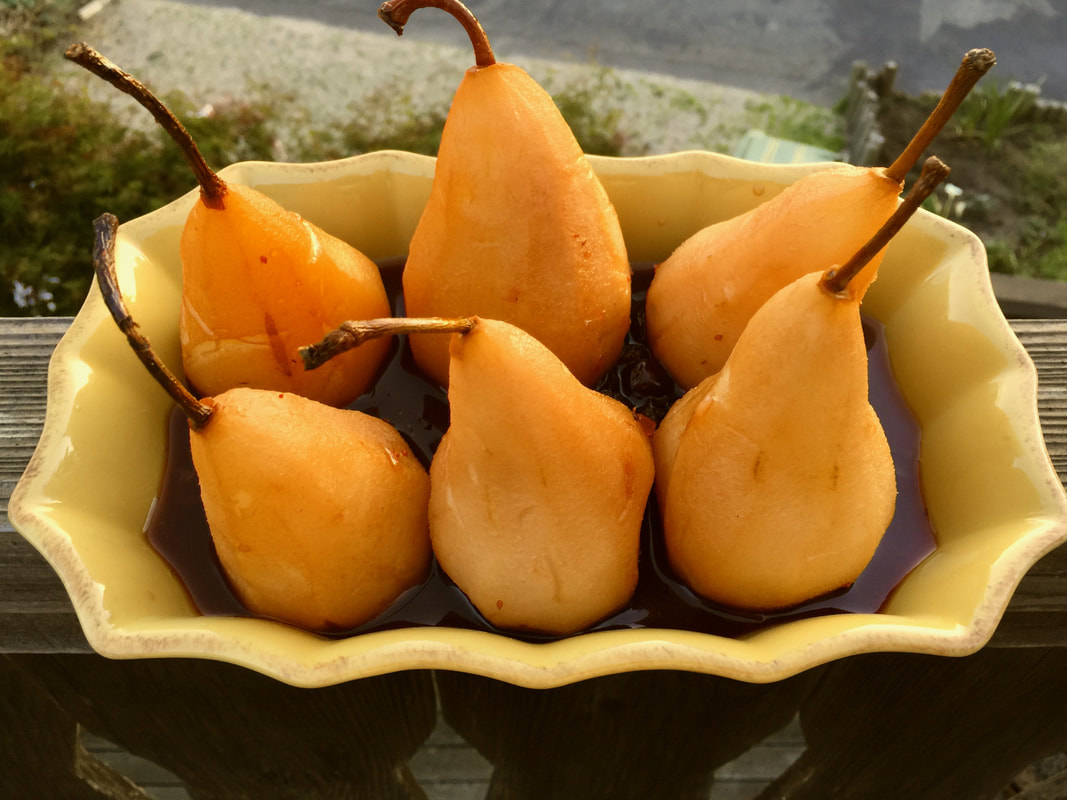
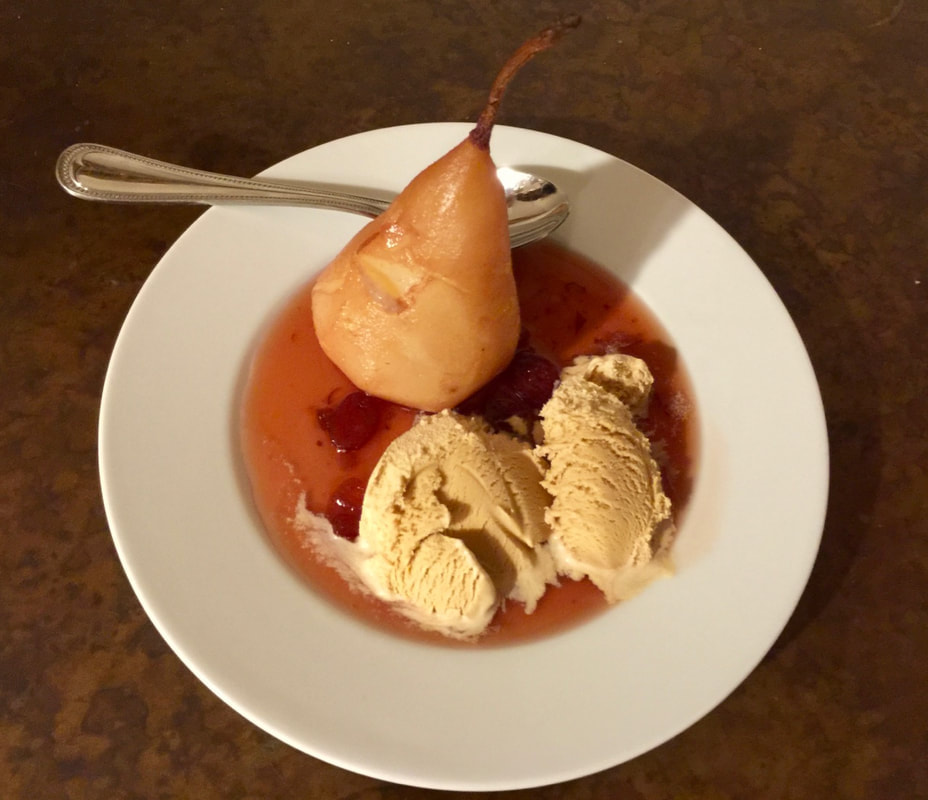
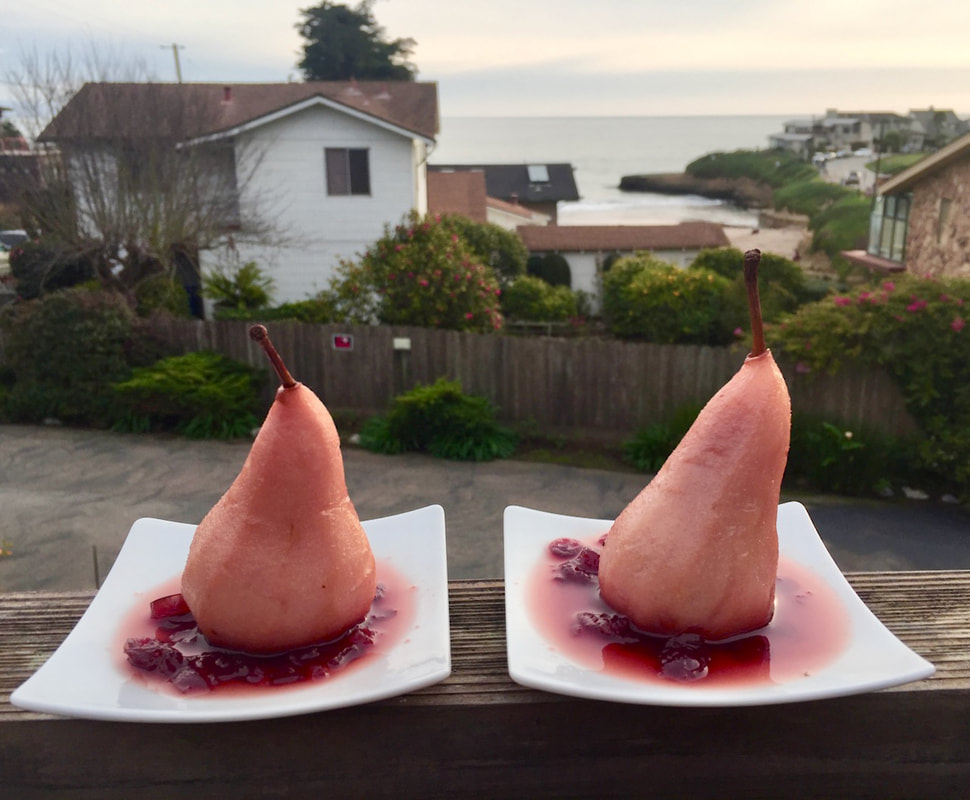
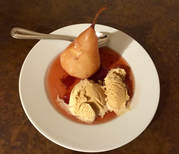
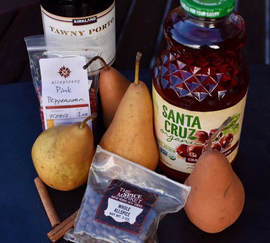
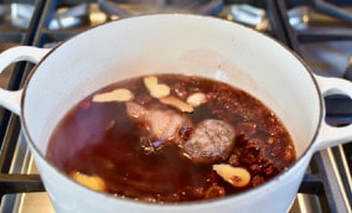
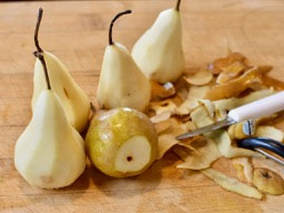
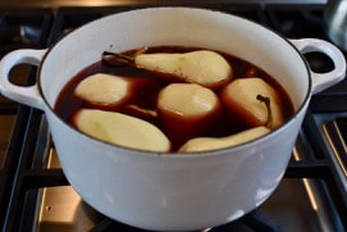
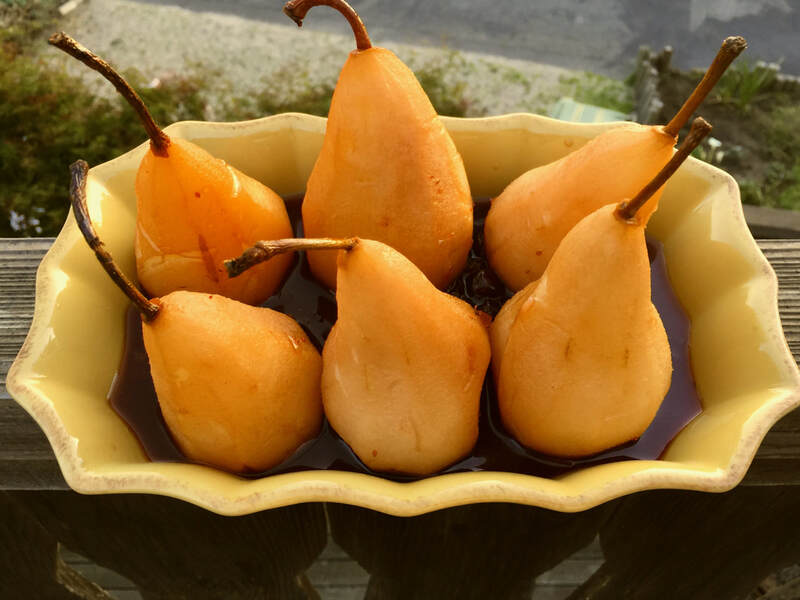
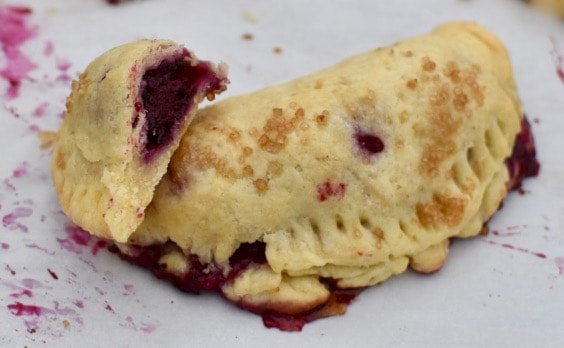

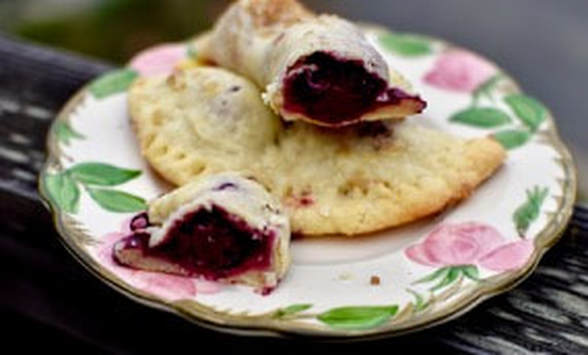
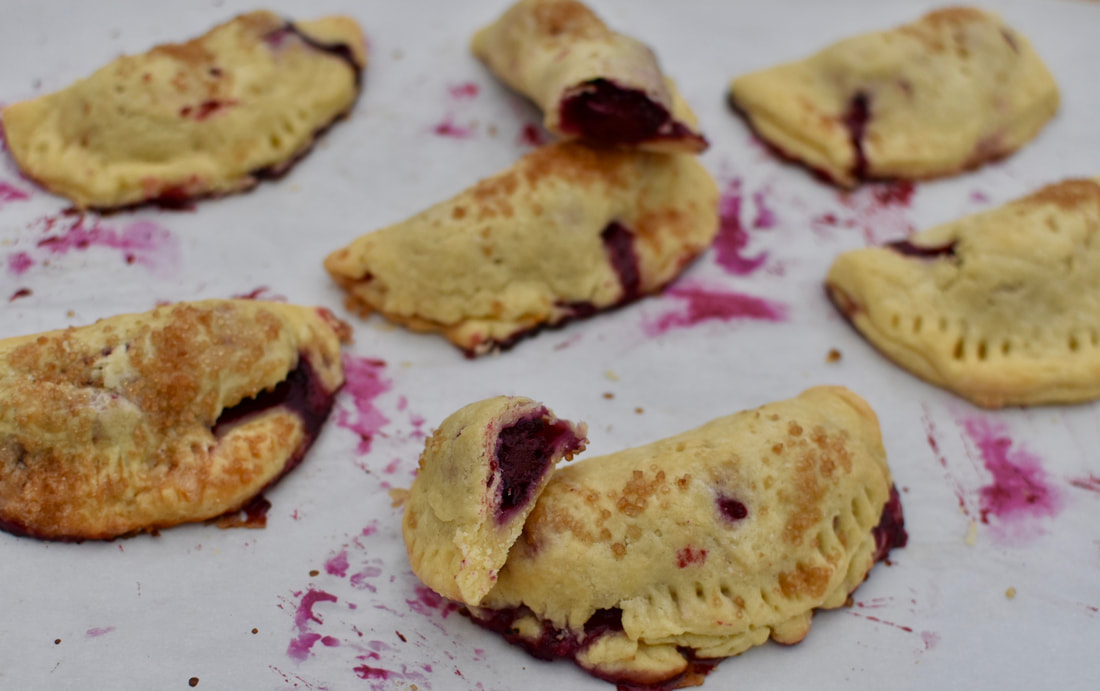
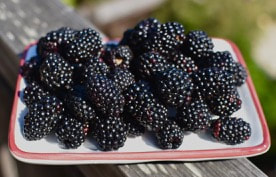
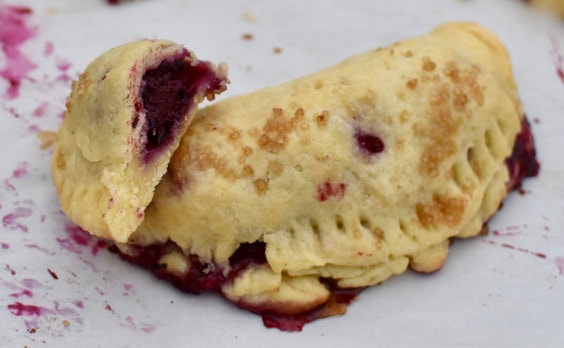
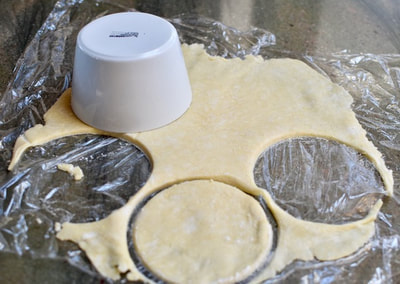
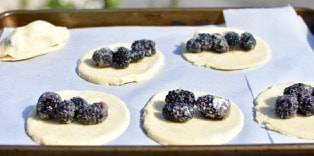
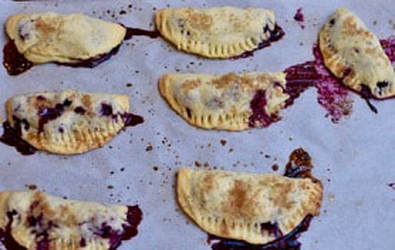
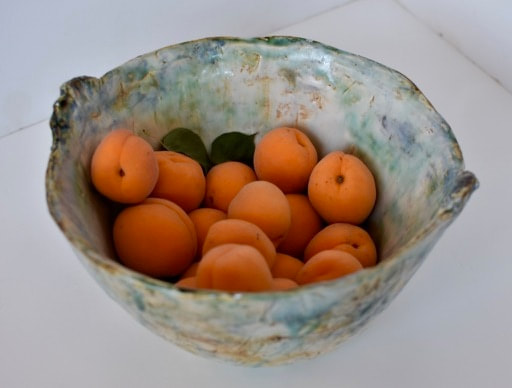
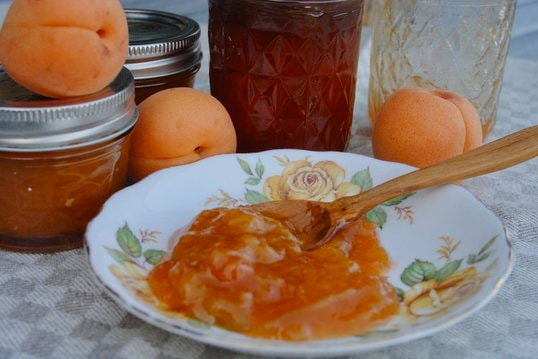
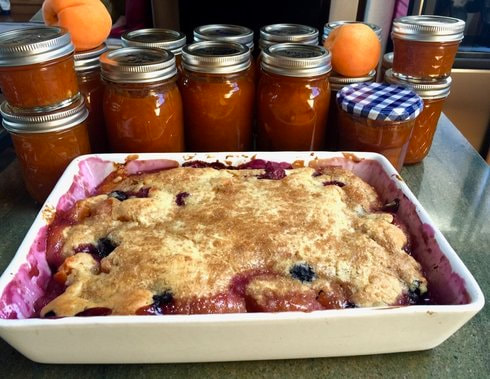

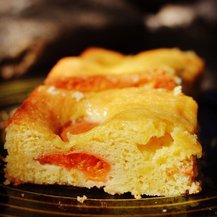
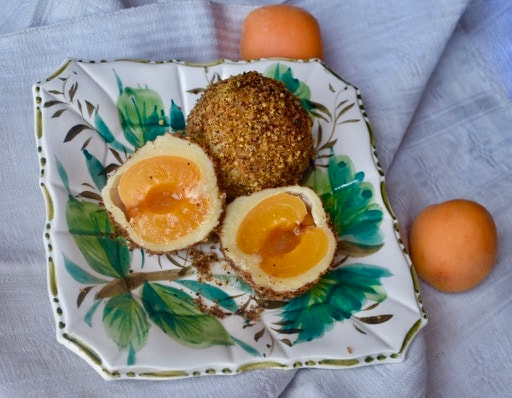
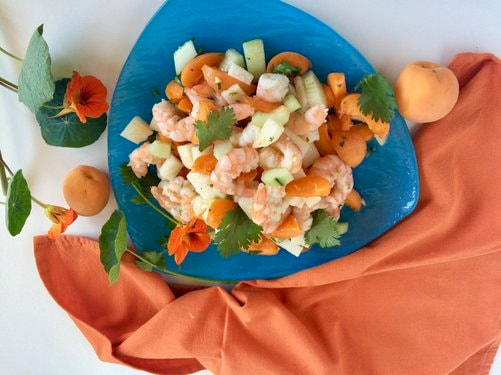
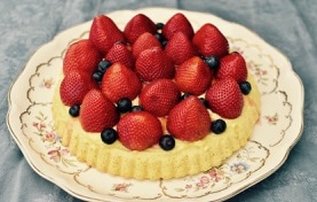
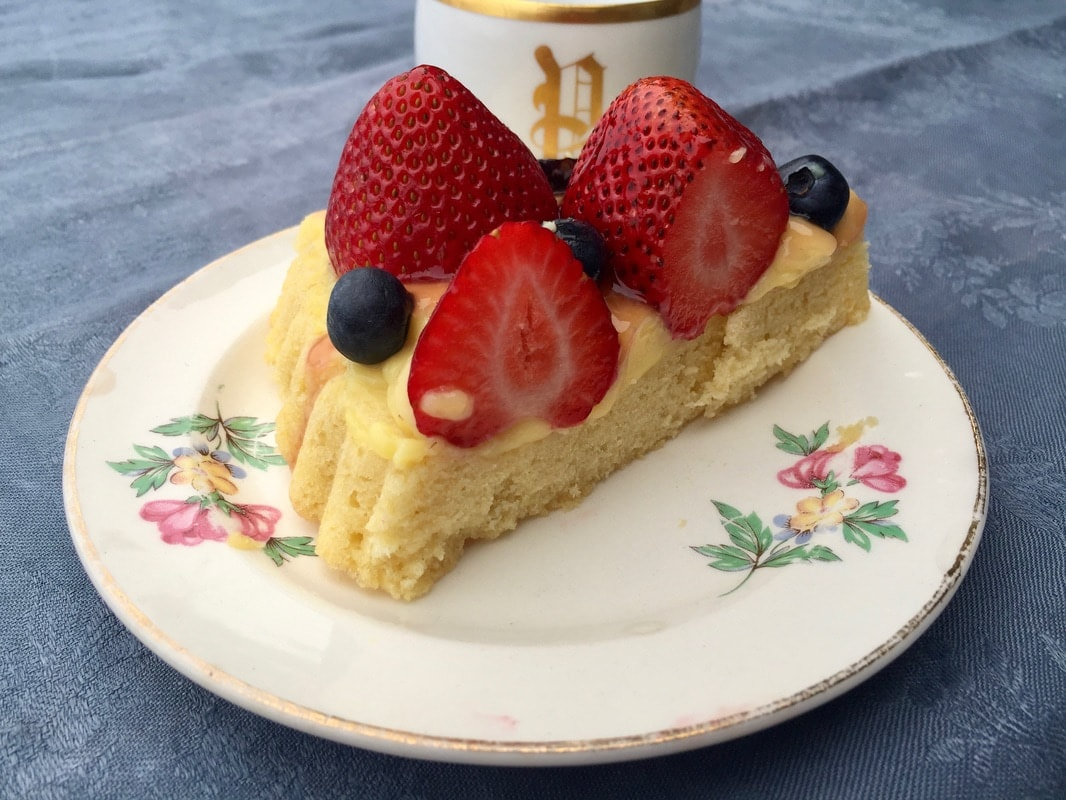

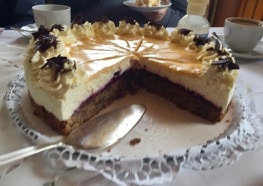
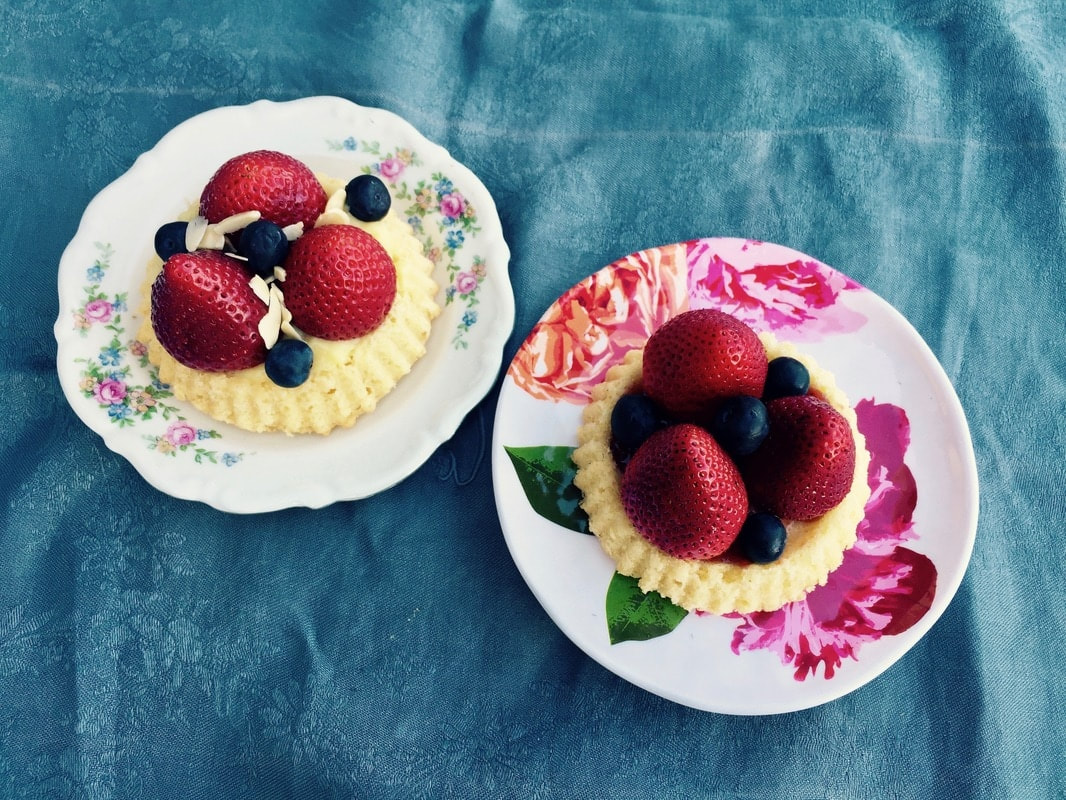
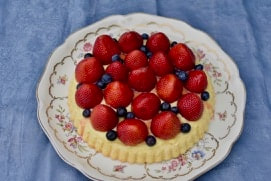
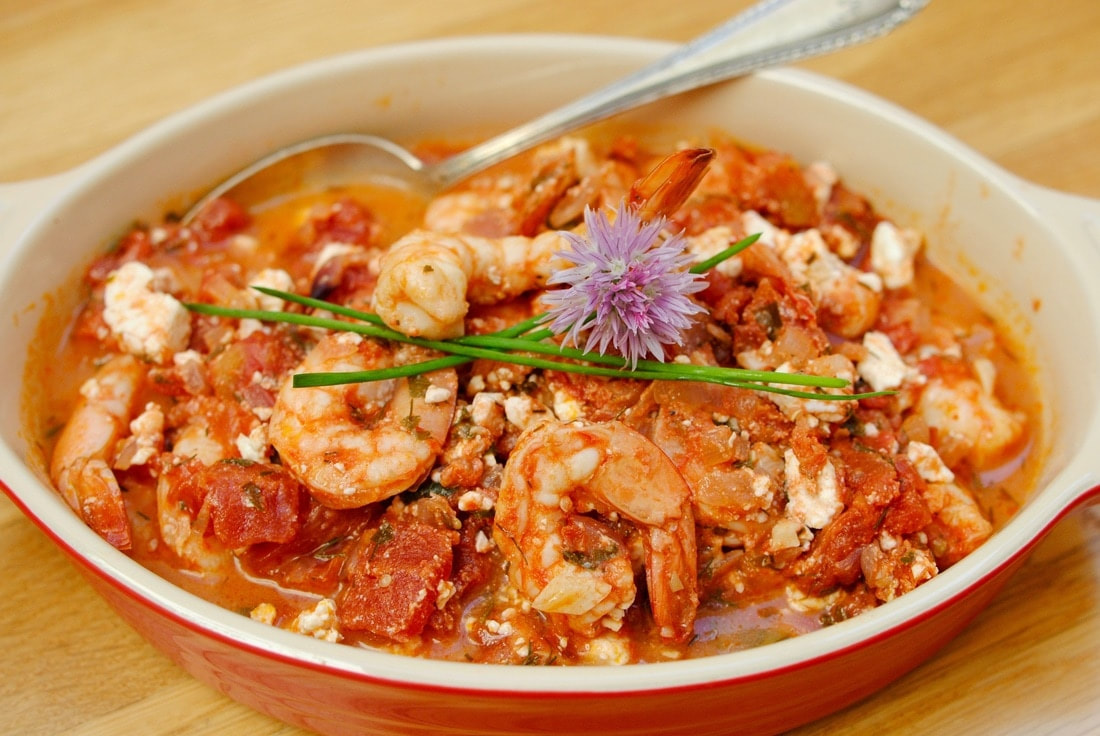

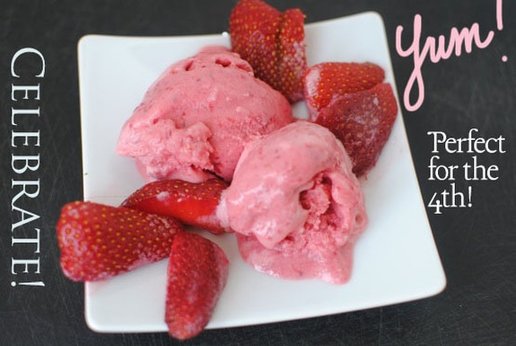
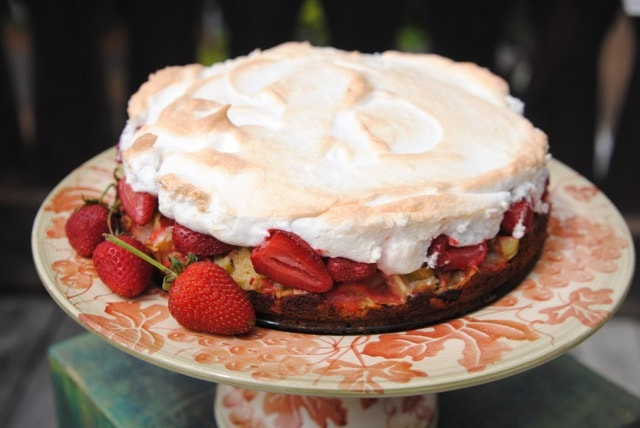
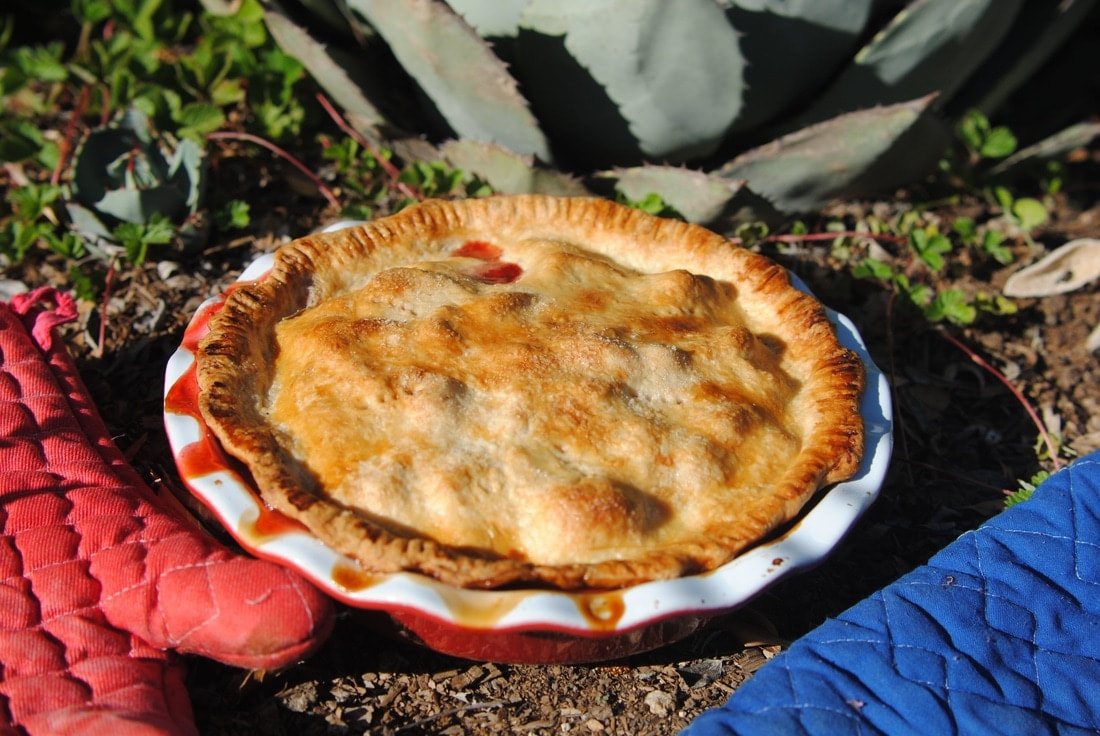
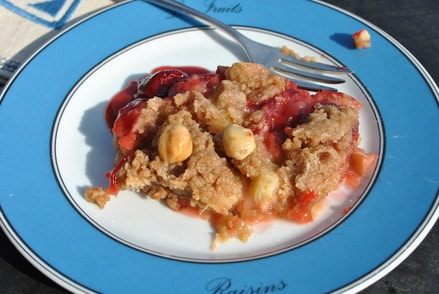




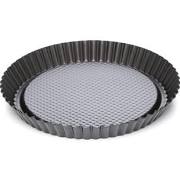

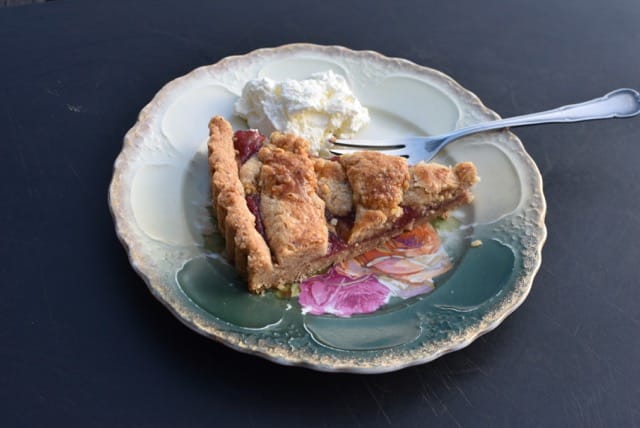
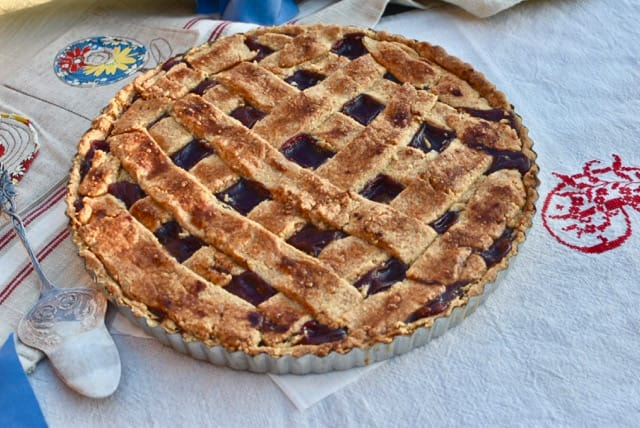
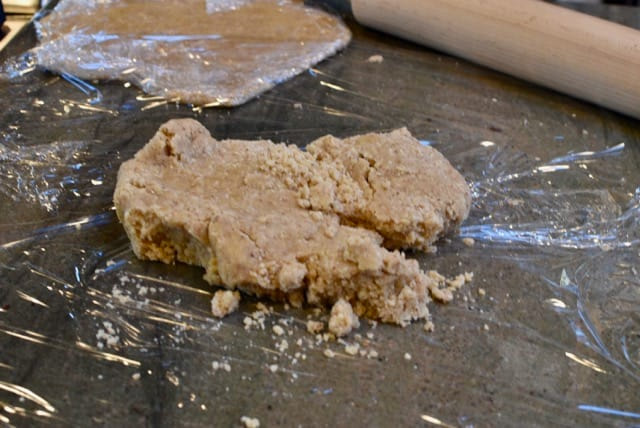
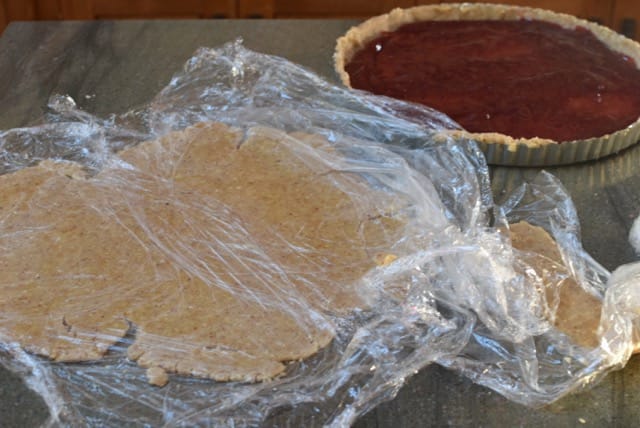
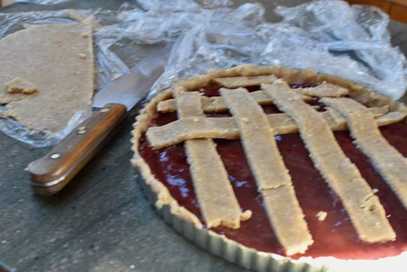
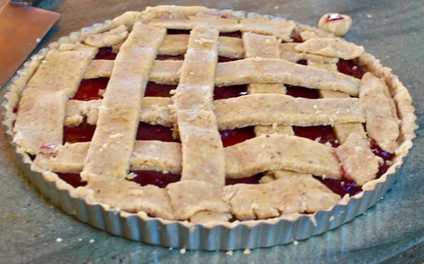

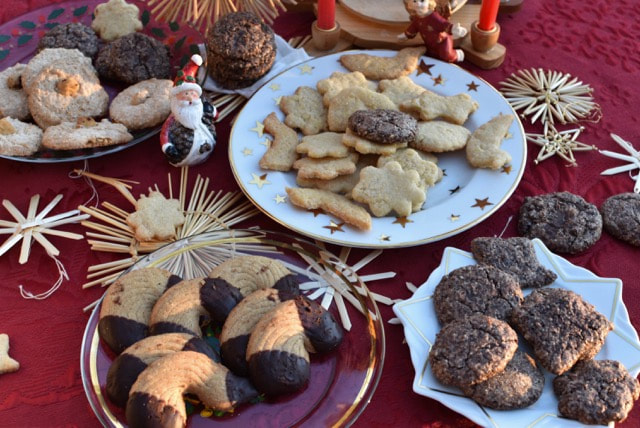

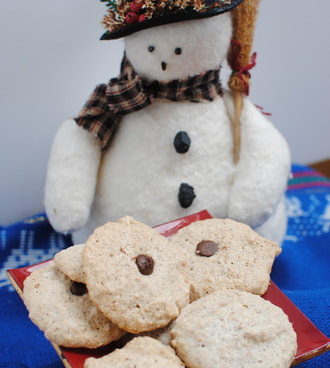
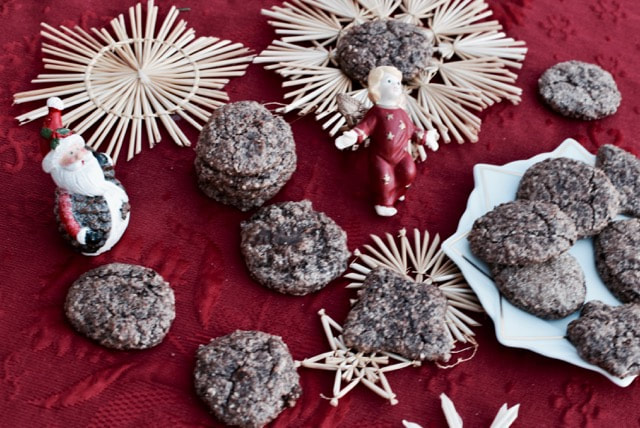
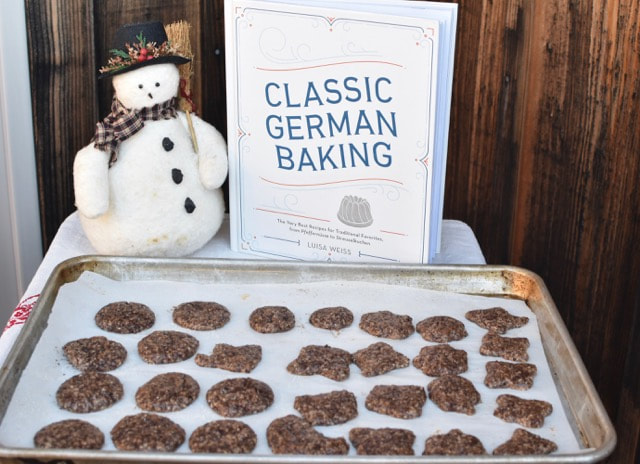
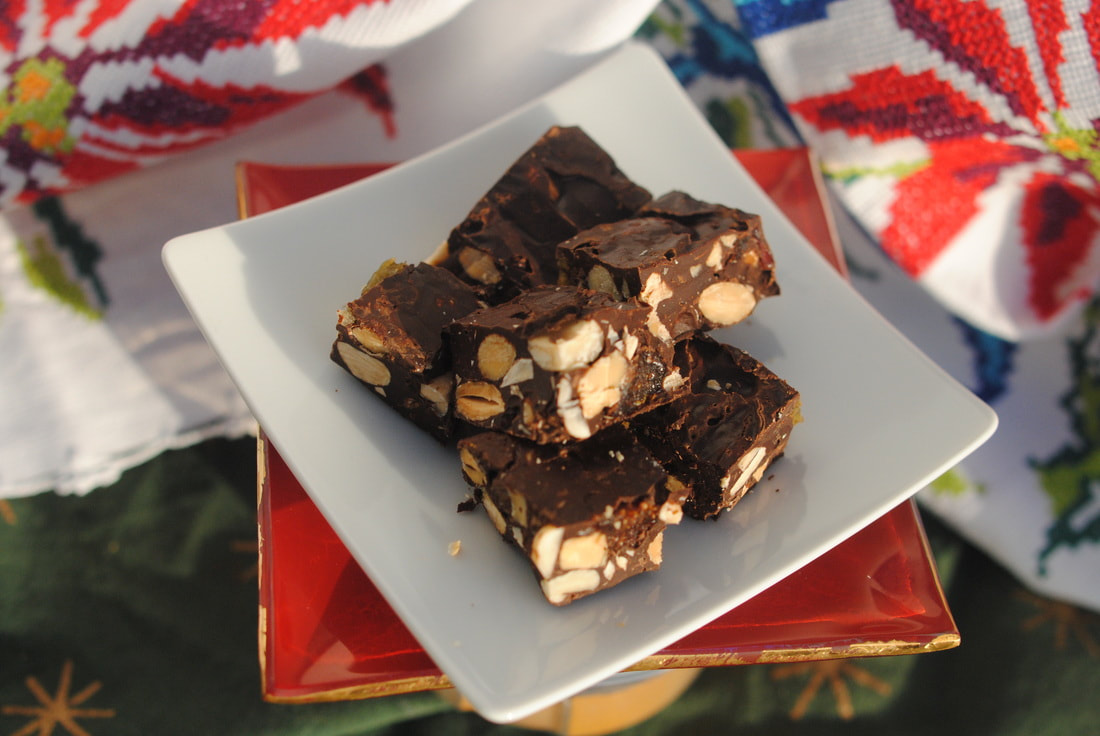
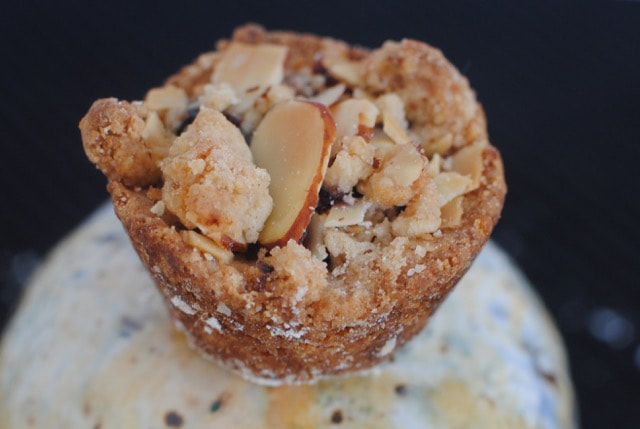
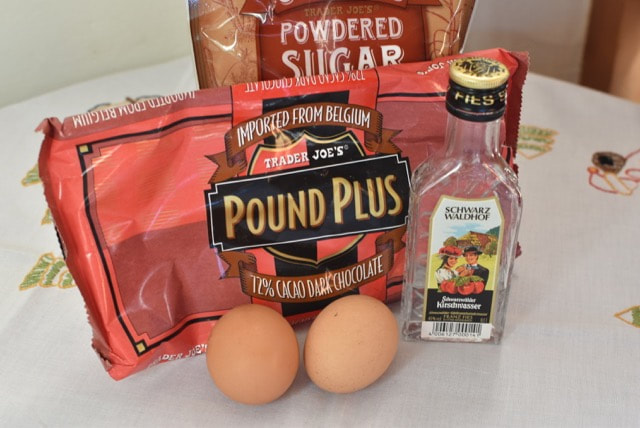
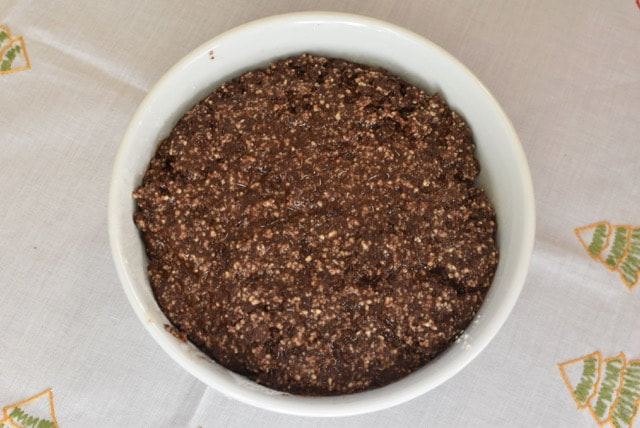
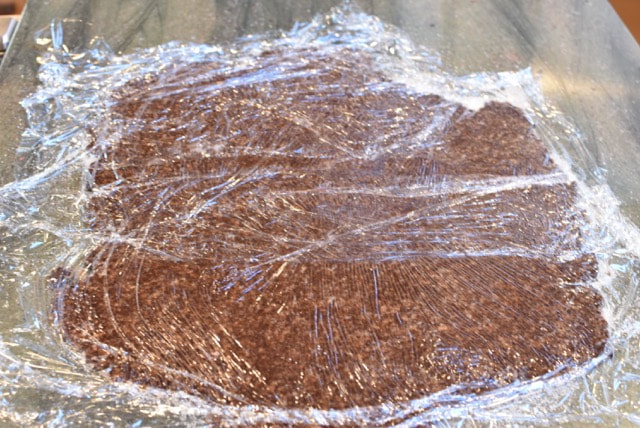
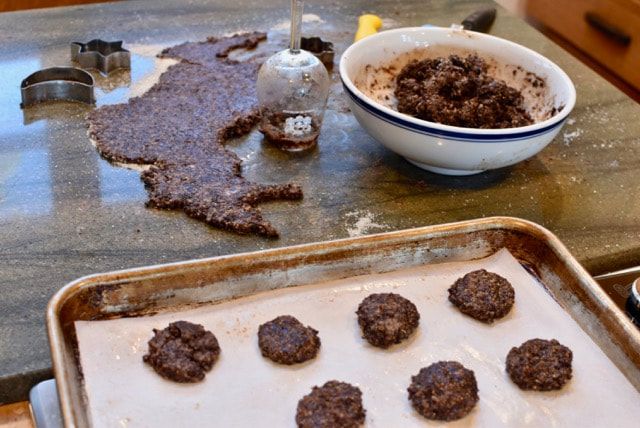
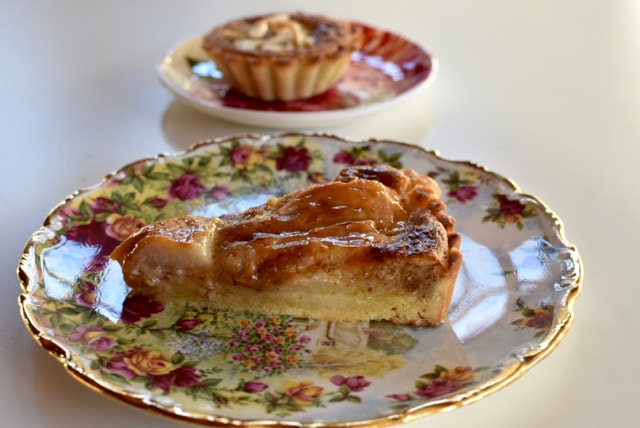
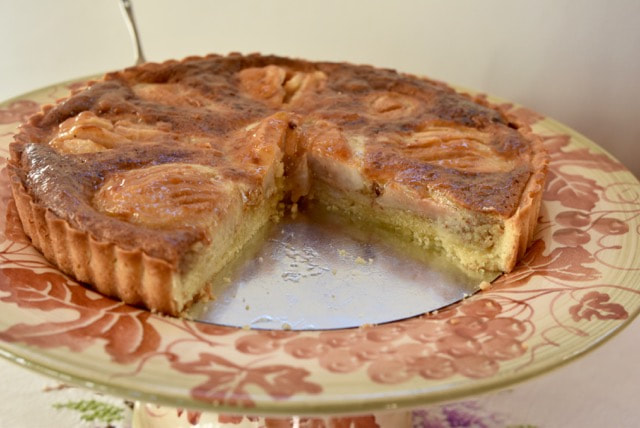



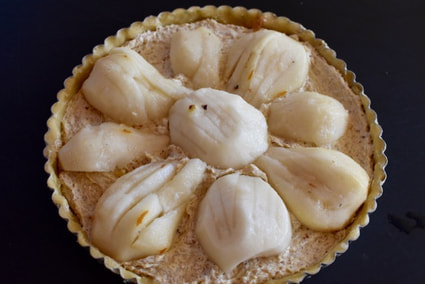
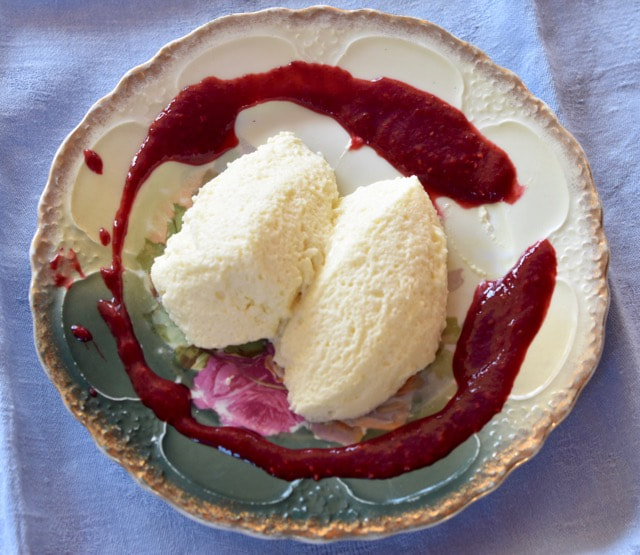
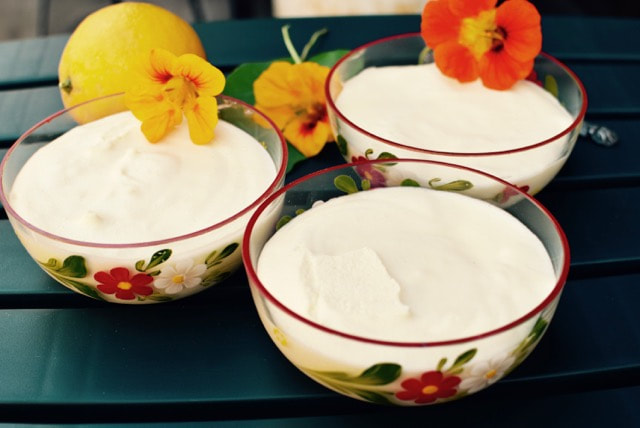
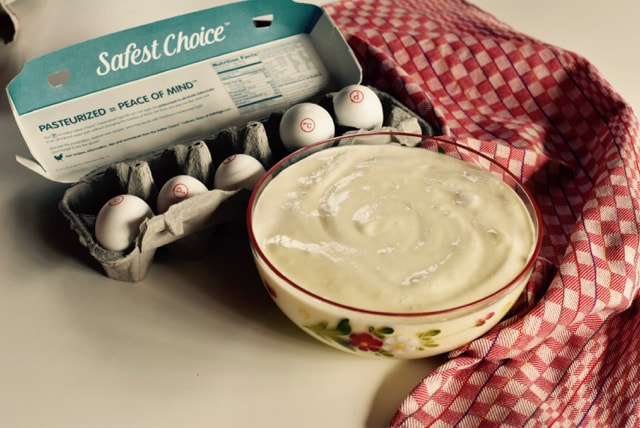
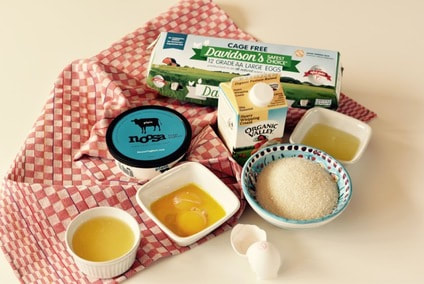
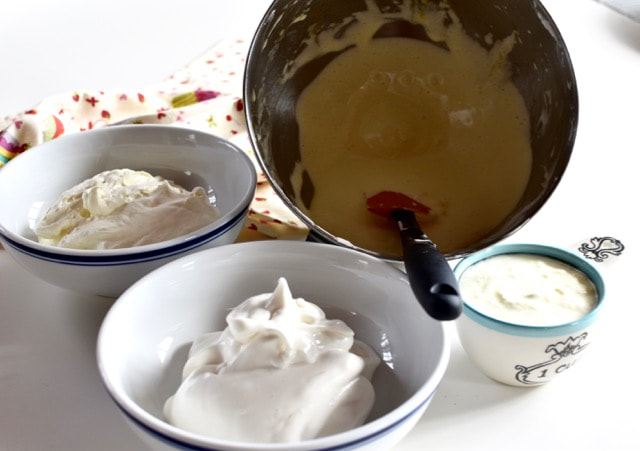
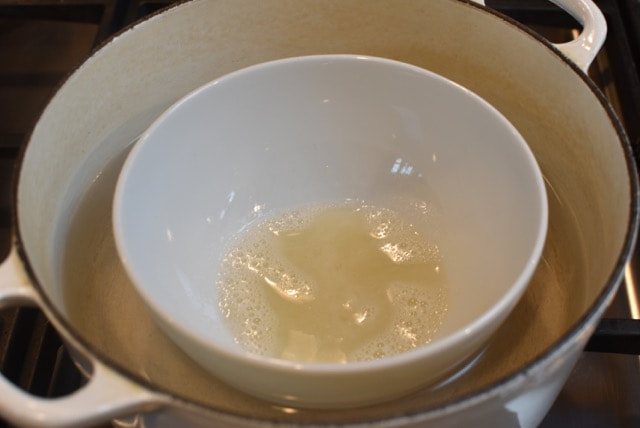
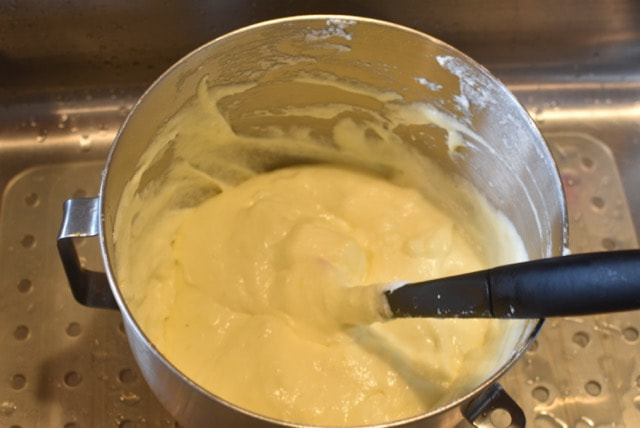
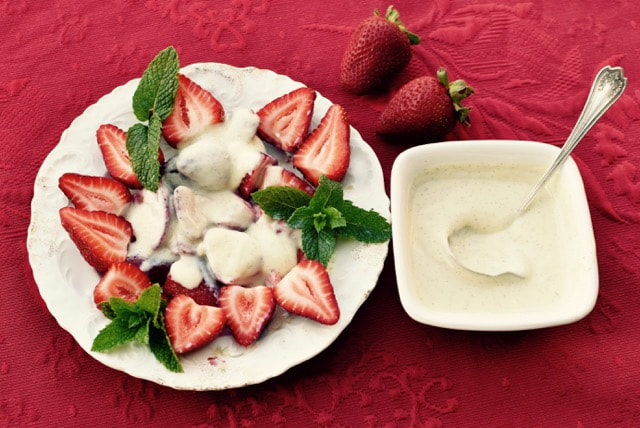
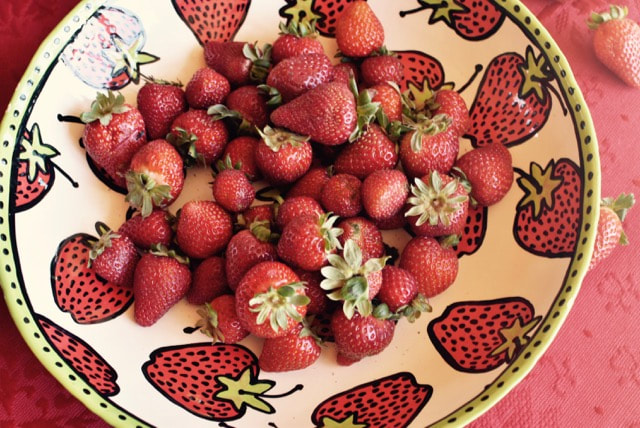

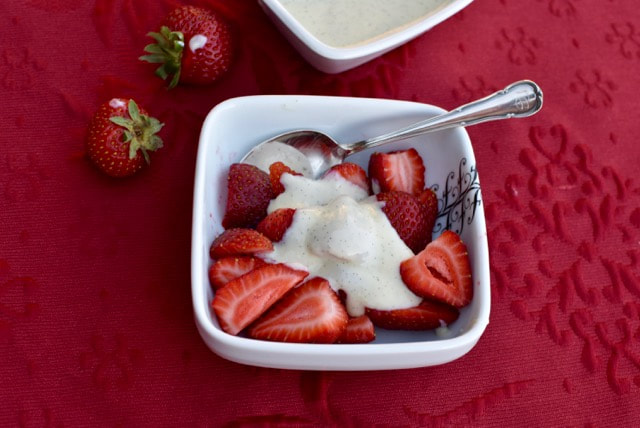
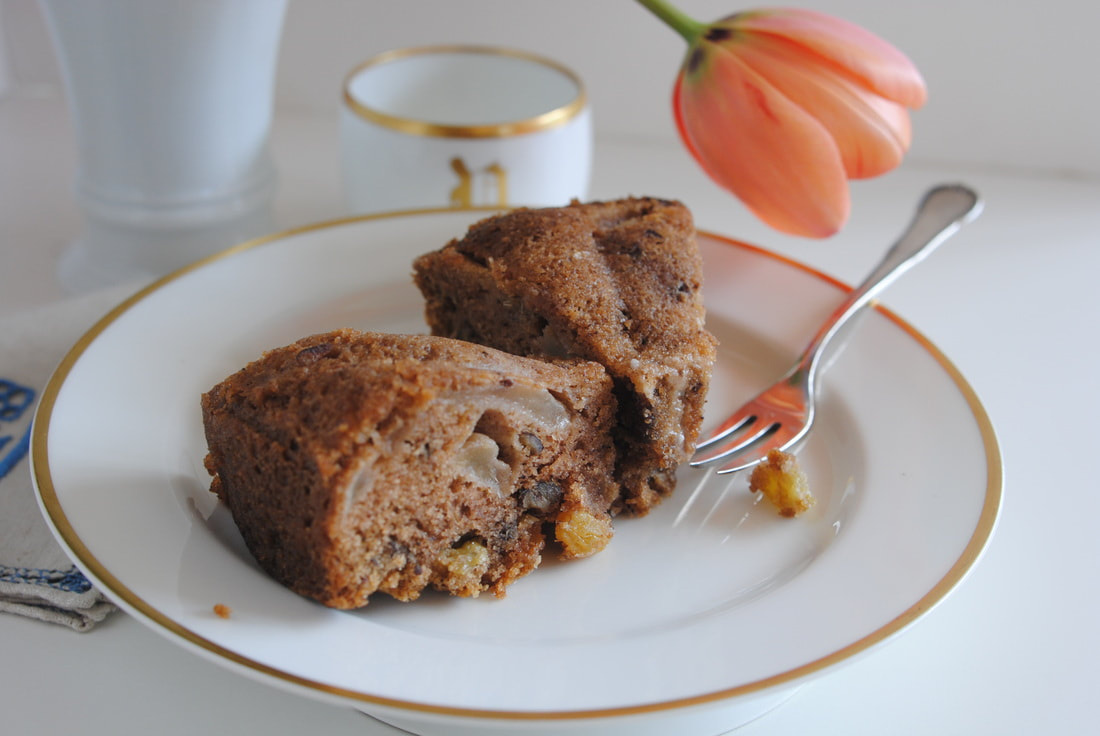
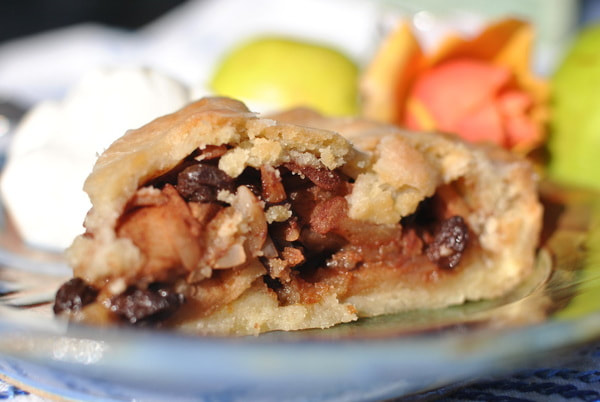
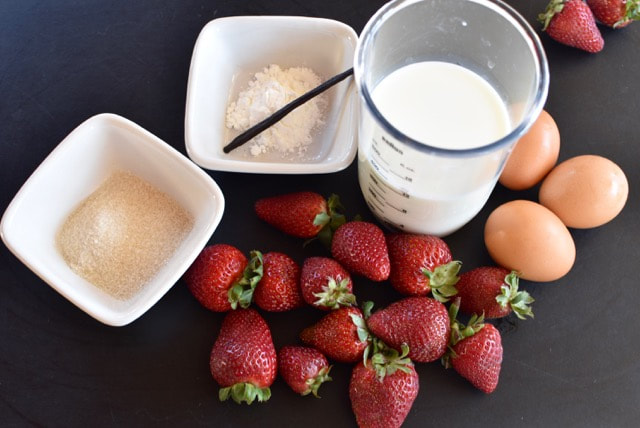
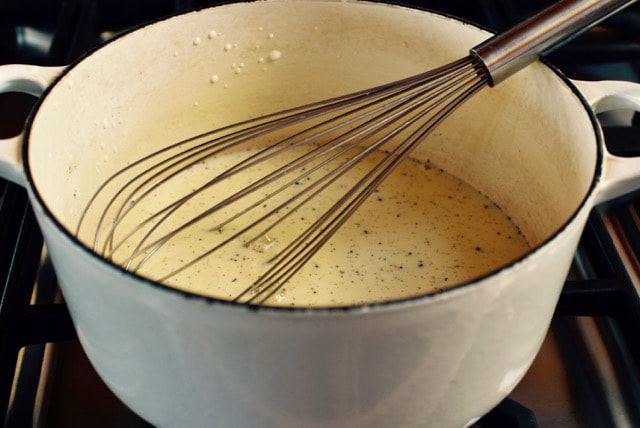
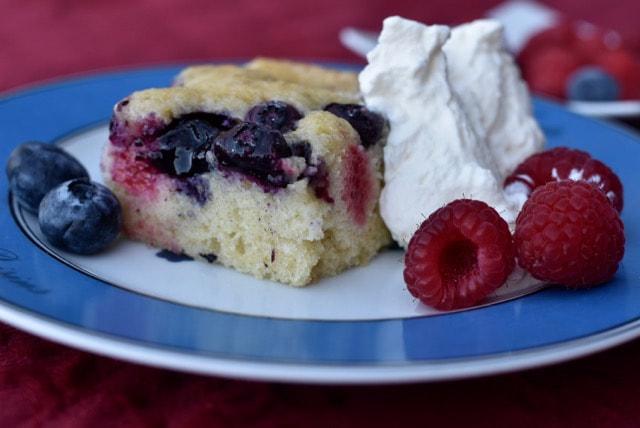
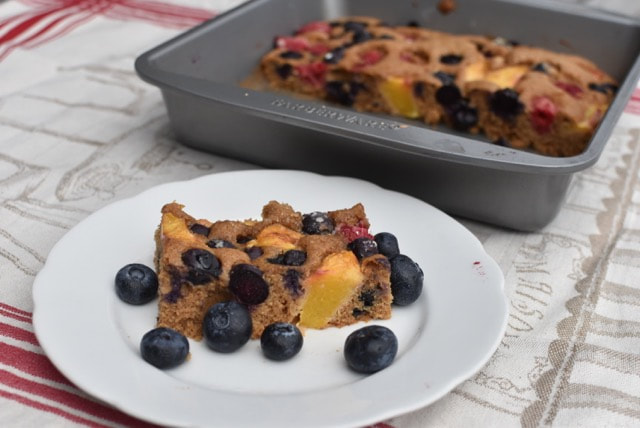
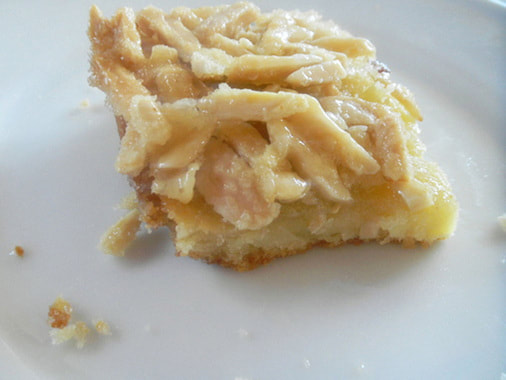
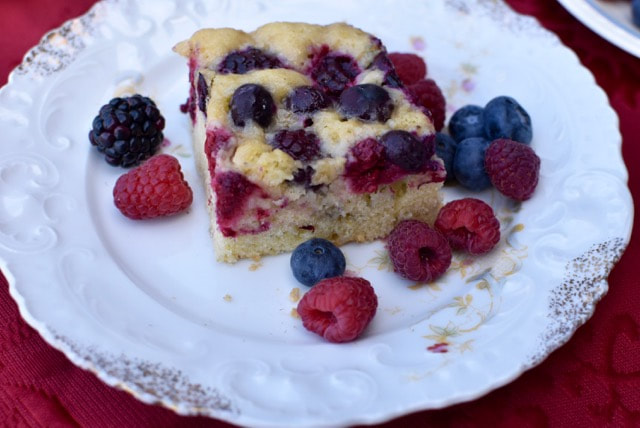
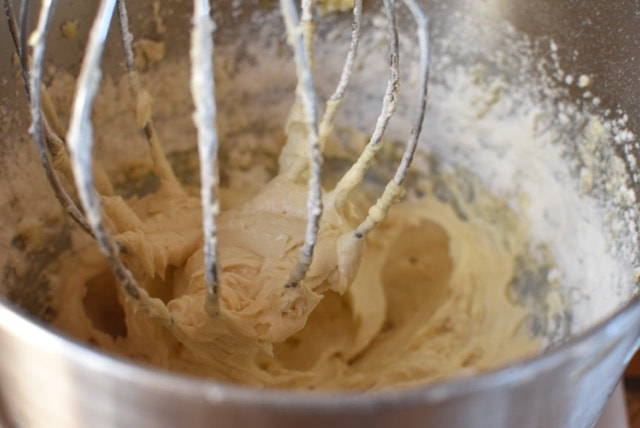
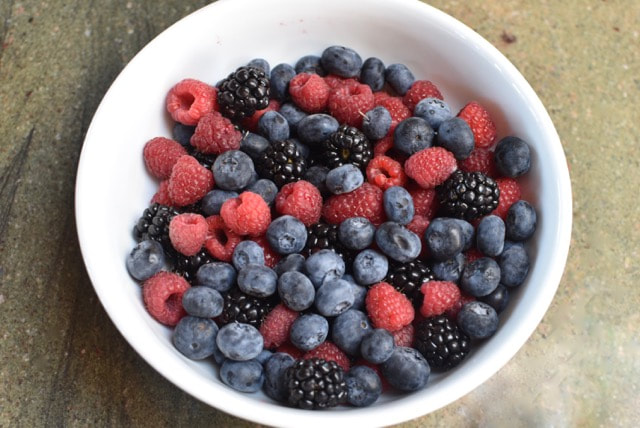
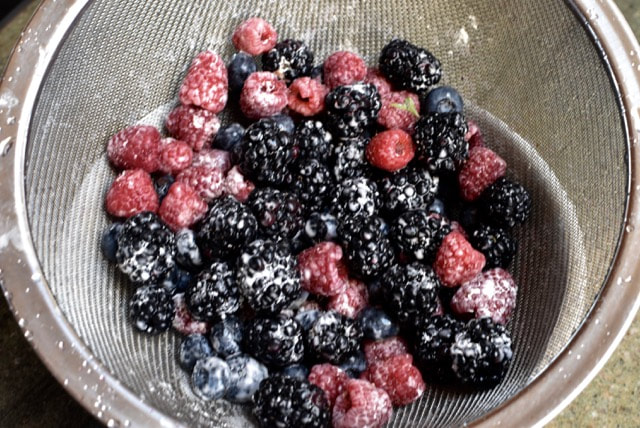
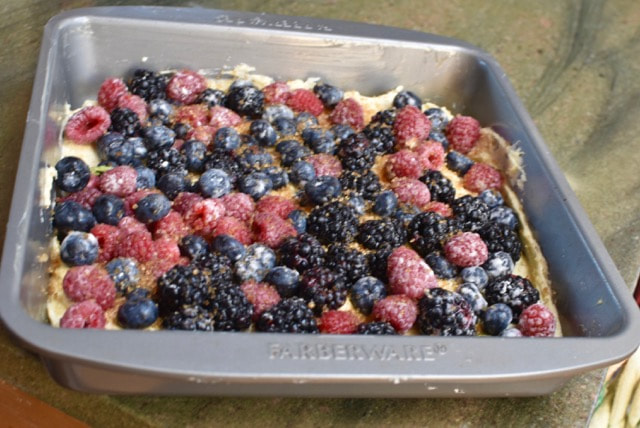
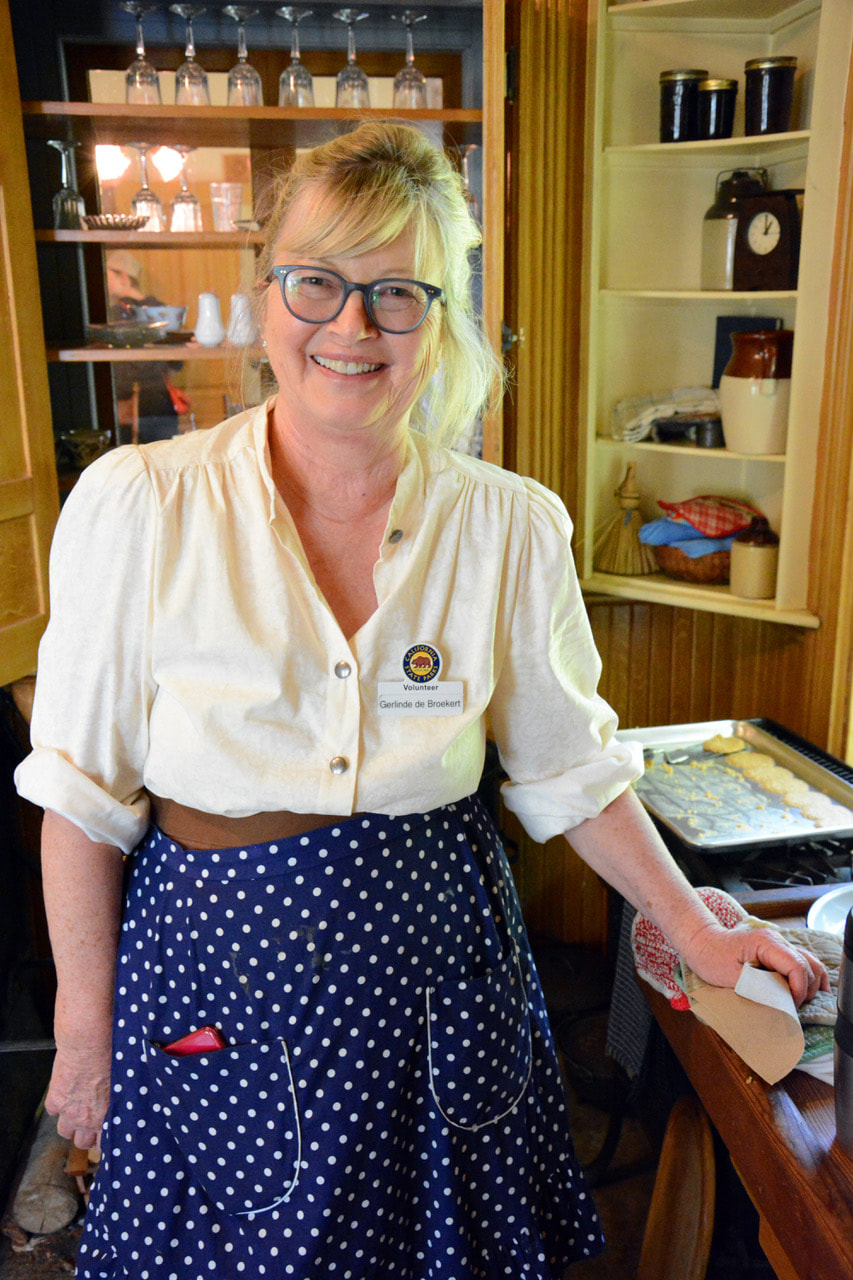
 RSS Feed
RSS Feed